India has a strong influence on the senses of those visiting the country – it is loud, it is colorful and it is very multifaceted, a country with incredible paradoxes. Under all the contrasts this vast country presents, there is something consistent that one could easily describe it as the essence of India.
After 26 years I was finally visiting my homeland and if that was not a highlight in itself I was taking my son and husband with me for the first time. To top all this, a big family reunion was planned with my family coming to Pune from all across the globe!
We landed in Mumbai (for me forever Bombay), by birth town and my entire body tingled as I looked down from the window of the airplane. Listening to “Magnificat” by Bach, I knew that what I was hearing here was in stark contrast to the sounds of what Mumbai was playing down there!
At first one is overpowered by what India hits them with, but gradually this country, with over 1.2 billion people, unveils her splendor. This splendor is mirrored in India’s century old temples and forts, her exquisite craftsmanship, in the aromas, colors and flavors and her dignity and grandeur.
Trying to understand what makes India tick would take years – yes even centuries and even then most will only be scratching the surface - but realizing that India’s fascination lies in the fact that here an historic ancient country is connected with a very young Nation so that past and present are constantly rubbing each other, pulling and pushing everything that makes this vast country move.
After the first few days in Pune celebrating with family we returned to Mumbai to start our Incredible India Tour.
Mumbai, Maharashtra
Mumbai is the dynamic cosmopolitan city which will pull visitors into its rapture. When the Portuguese acquired it in 1534, it consisted of seven swamp islands. The Portuguese named it “Bom Bahia” – beautiful bay and since then this name has characterized everything “Bombay” is.
Mumbai is a city full of contrasts: you will find modern skyscrapers next to stately Victorian houses, noisy traditional markets next to bright shopping malls, luxury residential areas next to vast slums. Mumbai’s lives on a constant buzz, enticing migrants from all over the country to come to the the City of Gold with promises of fame, wealth or a small role in one of the “Bollywood” movies. Fifteen million people live in this city from the billionaire Tycoons to the homeless on the streets – and Bombay runs through each ones veins.
Back in 1668 the seven islands were worth a measly 10 pounds a year to the British government when they leased the islands to the East India Company. They saw the incredible potential of a natural harbor in the Arabian Sea. Today you will probably only get a few square centimeters of a street for those 10 pounds! From a small fishing village to become India’s finance and industrial center, Mumbai’s metamorphosis seems just as magical as one of the many Bollywood films produced here. The gold dust however does lose some of its sparkle when one looks into the shadow side of the city as the gap between rich and poor grows. The few privileged living in luxury villas up on the hills of the city, while a larger part of the society live on the edge of existence in the slums, is obvious at almost every corner of the city. It makes guests and tourists visiting the city and indeed India harden up fairly quickly. Nonetheless, Mumbai will wrap you in its charm and spin you around with its history and intrigue you with its future.
Just as I knew it would, this city charmed at the same time amazed both my son and husband. On our first day I took them on a tour and to find my bearings in the city again. I wanted to get a feel for my city after so many years.
Gateway of India & Taj Mahal Palace Hotel
Starting our first day at the Gateway of India just seemed like the most appropriate place to start. After all this is the place that welcomed King George V to India for the first time in 1911, ironically it is also here that the British troops were bid farewell when India obtained its independence in 1947. From here one has a fantastic view of the sea and the skyline of Mumbai. Situated in the most visited district of the city, tourists, locals, vendors and fishermen all somehow come together in a bustling assortment of people. Usually from here tourists can take boats that will take you to the other side of the bay on trips to the other islands like Elephanta. Being monsoon time and as the sea was a bit rough we decided to walk around the district.
The Gateway is surrounded by majestic buildings and architecture from the colonial period. Right opposite the Gateway is the renowned Taj Palace hotel. According to a story my dad told me, the owner J.R. Tata built the hotel in 1903, after he was refused access to a hotel with the notice it being For Whites Only. He promised himself that he would build Mumbai’s finest hotel. A dream that has more than come true as today it is not only the finest in the country but it is one of the most luxurious hotels in the world. The Moorish domes and columns provide a stunning architecture and a charming atmosphere
Colaba Causeway & Colaba Market
Colaba Causeway, now known as Shahid Bhagat Sigh Road, is a colorful mixture of restaurants, shops, street vendors and tourists from all over the world making this one of the liveliest and very popular shopping promenade in the metropolis. However, leave the touristy area behind you and take a stroll south, here one gets a more authentic glimpse life in the city. The impressions are colorful and a little more “rural” especially around the Sassoon Docks and Colaba Market. Here one gets a fascinating impulse in the confined yet vigorous daily life of the people living in this melting pot.
Crawford Market
For me it is one the most fascinating places in Mumbai! Crawford Market or as it is now know Mahatma Phule Market – is a place where one can spend hours strolling through the market halls. The colors and aromas of the spices, fruit, vegetables, fish and the sounds of the wild bustle of shoppers and vendors will seduce you to venture further and deeper almost in a trance. I had a permanent smile on my face and all three of us took time chatting to vendors and shoppers enjoying every moment.
Do not let the individuals that follow you around selling watches or sunglasses or even offering themselves as guides bother you. Take it in a stride, be firm but polite and eventually they will leave you alone. We “adopted” a guy who followed us for almost an hour trying to sell us “original” Ray ban sunglasses. Starting at 3000 rupees he accompanied us through the market until he offered the sunglasses for 300 rupees. We bought him a large mug of juice for his troubles and wished him all the best. For Soeren this was a fantastic experience bantering back and forth.
The halls were built in 1869 and consist of several Moorish half-timbered arches and clock towers. The stalls are mainly made of wood and each day approx. 300 tons of fresh produce, fish, flowers and spices are sold here. Apparently the floor is made of Scottish Caithness stone, which remain cool the entire day, which in the tropical summer temperatures of Mumbai is a much needed relief.
Make sure you also venture to the other markets around Crawford Market for an unforgettable experience. To the north and west of the Crawford Market you will find the bustling and chaotic bazaar district. The “Zaveri Bazaar” for a sparkling look into the diamond a gold jewelry shops and the infamous “Chor Bazaar” or the thief’s market, where one will find everything from antiques, porcelain, watches and a lot of kitsch. Apparently a lot of these items are stolen and then brought here to be sold to the locals and tourists.
After securing our belongings and valuables, we dived into the crowds. It was actually an interesting sight to see my 6’2” tall husband, with his dark blond hair, light skin and blue eyes mingle with us Indians. He was always was the main attraction for the locals and we often got huge smiles from vendors and residents as we chatted, haggled or debated with them. I personally found it quite intriguing that many of the locals found it hard to believe I could speak Hindi!
“You speak Hindi well for a foreigner!” was what I often heard through my travels in India. At first it irritated me and I often emphasized that I was Indian and not a foreigner. But when I caught on, I used this to my advantage, especially while bartering for a better price. We would start in English and then I would surprise them with Hindi. Often they were so taken aback that I managed to always secure a good deal. At the same time we were careful never to hurt the pride and dignity of the people we met. All three of us are very open and outgoing and enjoy just striking up conversations with people. Be it the old man making flower garlands in front of the temple, or the parents of a young boy requesting us to speak with him in English because he went to school – each one had a story to tell.
Tip: Make sure you carry as little as possible when you visit such crowded bazaars. Secure your belongings in a backpack always carrying the backpack in front of you rather than behind you. Most important look confident and not like a lost tourist. If you are feeling a little overwhelmed or are lost find a small air-conditioned shop or a café and walk in for a breather and re-organize yourself. Throughout the trip to India whenever the peddlers or the heat got to us we usually took a break in a coffee shop or a store where we pretended to be interested in their wares. It was enough just to re-align ourselves.
Once the bazaars are conquered it is time to get back to the open streets and a breather at the sea. Nariman Point, Marine Drive and Chowpatty Beach were next on our list. Nariman Point also known as the “Mumbai’s Manhatten” and the Marine Drive have special connection for me. Back in 1972 my father was part of the management at the Oberoi Hotel and as one of the stories has it, I was almost born on the 20th floor of the hotel where my parents lived at that time!
Still today the building of the Oberoi hotel stands tall ruling the skies of the city and overlooking the Arabian Sea. My memories are mostly from the pictures I have seen but there was a strong tingling sensation that rooted me to ground.
Enjoy the sun set at the Marine Drive and as the evening arrives the coastal promenade comes alive with residents and tourists taking in the sunset and enjoying a stroll in the cooler temperatures. From here it is not far to Chowpatty Beach, which in the last years has really cleaned up. However, those looking to swim in the water are going to be out of place here. Sadly the sea is simply too polluted to actually take a dip. Several years ago there was a different charm to Chowpatty Beach, where the street vendors and food stalls would welcome the locals to enjoy an evening at the beach. Today, however government has put a stop to it in the attempt to clean up the city. For me a bit disappointing as I remember the vibrant atmosphere Chowpatty Beach had and was keen to indulge in some of my favorite Indian street food here.
Hanging Gardens
A respite from the city’s pandemonium below is the Hanging Gardens (no – not the world wonder!) constructed on top of a water reservoir. It is clean, tranquil and offers nice views of the city and the Arabian Sea. While a few might say this is “just a park” I am sure people visiting Mumbai will appreciate the tranquility, atmosphere and the simple slow pace that is much needed after an active day in Mumbai.
Juhu Beach
Several years back my aunt and cousins used to live at Juhu Beach and when we visited India on vacations the area became our hangout. Juhu is a suburb of Mumbai and the beach here is supposed to be one of the most famous ones in Mumbai. This time we were staying with dear friends of my parents in Versova so I was keen to get back to Juhu to see what had changed. Located approximately 18 km from the city center, it is said to be a desired location for most Bollywood film shootings and it is not uncommon to see some of the stars and starlets from the film industry walking their dogs or jogging along the beach. Maybe my memories of Juhu were more on the romantic side but as we arrived I was rather surprised to see the state it was in. Although Juhu has always been crowded and a magnet for many residents and tourists I was very disappointed to see how polluted it was. My mum’s friend told us that the city is very particular in cleaning up the beaches and does this twice a day. Maybe not on the day we visited! However, Juhu Beach still has other charms and in the evenings as the lights of the skyline begin to glitter in the background the street vendors and food stalls attract the people in masses to indulge in the local delicacies and street food.
Don’t miss these attractions in Mumbai
- Victoria Terminus: a stunning example of Victorian Gothic architecture Mumbai’s train station opened its railway tracks back in 1888 in honor of Queen Victoria’s golden throne jubilee. In 2004 the station became a part of the UNESCO word heritage. A thousand trains pass through here every day carrying 2 million passengers.
Sanjay Gandhi National Park: approx. an 45-minute drive from Mumbai lies this national park. Safaris are offered in parks of the park but we visited the breathtaking Kanheri Caves, which were built during the 2nd to 9th century B.C. by Buddhist monks. Take a picnic and just relax the lush greenery of the forests around you and in the distant a fine skyline of Mumbai. Beware of the monkeys that roam and live in the trees here. Some of them can get very aggressive if they are not fed. We had quite a laugh as one monkey in particular was after the parathas of a group of young girls. You can spend a few hours in the national park and if you are lucky might even see a few tigers or cobras. We saw deer, boars and a lot of birds.
Udaipur, Rajasthan
With jewels and gold adorning the palaces, the land of the Rajputana awakens fantasies of 1001 nights. Pictures of women in vivid brocade saris carrying clay pots on their heads, men in bright turbans and caravans of camels in the desserts, colorful painted havelis (manor house) flicker through the minds as one thinks of Rajasthan. No other region in India boasts of so many palaces and forts for after all, Rajasthan literally means the “Land of the Kings.”
This was my first visit to Rajasthan and I was very excited to begin the adventure. The charm of Rajasthan probably comes from the fact that compared to the much of India, life in the Rajasthani cities is still very traditional. Due to the low industrialization Rajasthan has preserved its natural and incomparable beauty and each city here offers the tourist an unforgettable experience.
Surrounded by the picturesque ring of the Aravalli hills and set around several lakes, Udaipur has a scenic enchantment unrivalled in Rajasthan. The impressive palaces, temples and havelis paired with the colorful narrow winding streets and the natural charm of the residents cast a magical spell on its visitors. The magnificent historic old town center directly on Lake Pichola still is one of the most romantic places in India.
The photographer in me was moved by the elegant beauty this city emanates. Udaipur changes her face depending on the incidence of light – at any time of the day or night the view from the rooftops is just breathtaking. As the sun rises a lustrous light blue wraps the city in tranquility, a sparkling golden yellow engulfs the city in the afternoon sun, while the pink and purple hues of the evening skies radiates off the white marble and brown basalt walls and buildings, finally a rich blue lulls the city back to sleep at night.
Udaipur Top Tips:
- City Palace: the real proportions of this incredible palace can be seen from the Lake Pichola. The palace is a fascinating mix of Rajput military architecture and intricate Mughal design. The fortress like façade is crowned with elegant domes and delicately designed balconies. With an area of 2 hectares this palace is the largest of its kind in Rajasthan. Within the period 16th to the 20th century, twenty two Maharanas continuously built and renovated the incredible complex of the palace. Today part of the palace is open to the public and really worth a visit. Beautiful views of both sides of the city can be enjoyed from here and one can get lost in fantasies of ancient Maharanis and Maharajas!
- Jag Mandir: offers a beautiful view of the city from Lake Pichola. A place where one can let loose and enjoy the serenity under green trees. Get yourself a sweet lime soda and just relax. Jag Mandir will enchant you with its lush gardens. Eight stone elephants welcome you to this small island palace, which was built in 1620 and in which no one less than the Moghul emperor Shah Jahan found sanctuary after a failed rebellion against his father. Legend has it that it was Jag Mandir that gave Shah Jahan many ideas for his Taj Mahal.
- Shilpgram: a little outside of the city is a handicrafts village, which depicts traditional life in Udaipur as it was several years ago. A great place to visit and explore the lifestyle and culture of Rajasthan. Local artists perform various acts, including a sensational puppet show and one can buy exquisite handmade items directly from the local craftsmen. Better than all the touristy stuff in the city! We met a lovely elderly couple who sold their handmade clay pots, lanterns, vases and other decorations.
- Lake Pichola: from the foot of the City Palace get on a boat and discover Udaipur from the water. Scenic, relaxing and just sensational – you will capture unforgettable memories and images. Not only will you see the extensive City Palace in all its glory but also view the Jag Niwas – or the Taj Palace Hotel – where James Bond Octopussy was filmed, get to the Jag Mandir and see several of the temples situated along the river.
Old City, Temples and Bazaars: not to be missed. Spend a day just walking through the old, narrow streets of the city and visiting the lovely bazaars and historic temples. Indulge in some of the delectable Indian snacks and sweets straight from the pans and buy a couple of Rajasthani kurtis with extensive brocade and stitching and at unbeatable prices. Don’t forget to bargain with the shopkeepers to get value for your money.
Accommodation in Udaipur
While there are lots of places to stay in all price categories, in Udaipur it is always good to find value for your money. Over the years the tourist boom has caused many of the hotels to hitch up their prices.
Jagat Niwas Palace
We wanted a traditional experience and opted for staying at one of the older manor houses havelis directly on Lake Pichola. We scored with our accommodation here and although it has a three star rating we found it offered a very good 4 star+ service. Two lakeside houses were converted into an open and spacious haveli full of character and it has one of the best views in the city. An early 17th century mansion the Jagat Niwas features typical Mewar architecture, traditional India décor and antique furnishing. We booked one of the rooms with a stunning view of Lake Pichola, the Jag Niwas and the Monsoon Palace. The room was very spacious and had a traditional Jharokha (an enclosed balcony), big bathroom clean, comfortable and with air-conditioning. Free Wifi was available throughout the haveli.
The staff at the reception are superstars! They helped us with all our requests and made sure we were more than comfortable. The rooftop restaurant takes the cake however with magnificent views – on one side the lake with the majestic hills as a backdrop on the other the old city of Udaipur and the City Palace towering above. The food here is quite acceptable and they offer a wide selection of breakfast – everything from typical Indian to Continental fare. The staff were quick, polite and always up for a good chat. As it is perfectly located we were easily able to walk to most of the places. Up the winding streets with exciting glimpses of the courtyards and house of the locals, the City Palace is just 300 meters away.
Jagat Niwas Palace
Address: 23-25, lal ghat, Near Jagdish Temple, Udaipur, Rajasthan 313001, India
Phone: +91 294 242 0133
Website: www.jagatniwaspalace.com/
Eating in Udaipur
Ambrai is probably the best address in town. Situated directly on Lake Pichola and on the Western Bank, opposite the Jagat Niwas, Ambrai offers beautiful views of the city. Go for dinner here as the evening adds to the magic and seeing Udaipur glittering in the dark night is a sensational accompaniment to the meal. The food is divine - specializing in Rajasthani cuisine. There is an antique charm to the place with the sprawling gardens and wrought-iron furniture it’s just the right place to end a full day of sightseeing.
We ordered the Ambrai Special Paneer – three varieties of paneer each made with care in a special gravy; the famous butter chicken and the unforgettable Rajasthani delicacy Laal Maans – one of the most magnificent lamb dishes I have had in some time. Cooked in a flavorful spicy thick gravy until the meat literally falls off the bone this was the best dish. With this we ordered a selection of naans and rotis.
Make sure you get your hotel to reserve as the place is always packed!
Ambrai Restaurant
Address: Outside Chandpole, Udaipur - 313001, Rajasthan
Phone: +91-294-2431085
Email : mail@amethaveliudaipur.com
Website: www.amethaveliudaipur.com/restaurant.html
If you want another quick Lal Maans fix get yourself to Lal Bagh which is about a 15-minute rickshaw ride from the Old City. Slightly more downscale than the Ambrai but with great food in a romantic spacious outdoor garden with silk canopies and fountains! Here you can order a grand portion of this lamb stew with a chunky masala and hunks of tender meat and a crispy missi roti all for about 300 rupees, also the keema baati – minced lamb with peas and cashews in a spicy curry is extremely good. Great place for lunch!
Lal Bagh
Address: 65 Sardarpura/Highway 27, nr Daulat Chambers
Phone: +91- 294-2414816
E-mail : info@lalbagh.in
Website : www.lalbagh.in
After three days in Udaipur we were ready to take on our next adventure – an overnight train to Agra!
Trains in India
The railway is not only the most important and most used means of transport in India but also a part of the country’s culture. With over 7000 stations and 1.4 million employees the Indian Railway is the largest employer on earth! Travelling by train in India has to be learnt. The time schedules, the different classes, reservations, buying tickets – it will always be a closed book to first time train travelers. When my husband said he wanted to experience India first-hand – I jokingly replied “then travel by train,” but as he picked up the idea I kind of regretted it. Even after a few warnings from family members we still decided to throw ourselves in the adventure of an overnight train.
India would not be India if it did not complicate a simple task like booking tickets for a train online. First you need understand all the different classes and prices offered on the many different types of trains. When you are confronted with XC, CC, AC1, AC2, AC3, SL, and so on you need to go back to the books and do your research.
To check the times of the ever changing train schedules one must refer to the www.indianrail.gov.in, one of the official Indian railway websites. It is a bit bewildering at first but when you find your route, times and fares you can book and buy tickets on www.cleartrip.com a private website, which is has a better overview and is easier to maneuver around and currently this is the only website that accepts foreign credit cards. Then of course you need to register for a Cleartrip account but the Indian Railways (IRCTC) also requires you to register on their website. Although Cleartrip bundle this and once you register at Cleartrip you also automatically get an account at the IRCTC. When you have crossed that hurdle the next one is not far off – the IRCTC requires you to give an Indian mobile number. Apparently you can email their customer care department and sending them a scanned copy of your passport you should be all set. At this point if you have had enough - I can relate. This is where crumbled too and luckily we had my cousin who lives in Delhi do all our train bookings for us.
If you do not have this workaround Lonely Planet has valuable tips and advice on how to book trains in India it also provides a glossary for all the classes available. I have also listed a great travel agency at the end of this guide under “Valuable Aid” who will help tourists with such bookings.
Tip: While travelling on trains in India is safe it is still advisable to take precautions. Remove all your jewelry and secure valuables, put important documents in a backpack that you keep with you at all times. Buy chains and a padlock to secure your luggage to the metal hoops under the seats especially in the sleeping cars. Beware of people who tell you that your train has been cancelled, that the ticket office has closed or has moved to a travel agency across the road, or your train conductor has been abducted by aliens, please politely ignore them, even if they look “official.” These are all well-known scams to get business to their travel agency.
Our 2AC (Air-Conditioned 2-Tier) carriage provided 2 tier berths in groups of four and two in an open-plan carriage, which we shared with a lovely Spanish couple. We received sheets, pillows and blankets for the night and curtains provided some privacy. We had a comfortable journey and a more or less good sleep to arrive in Agra the next morning.
Agra, Uttar Pradesh
Home to the wonder of the world, the Taj Mahal, Agra was the base of the mighty Mughals from the 16th to the 17th Century before the court moved its base to Delhi. On the banks of the river Yamuna the town flourished for decades under the reign of the kings Akbar, Jahangir and Shah Jahan. Craftsmen from Persia and other parts of Asia came to Agra to build the grand palaces, gardens, forts and mausoleums leaving a legacy of the Mughal Empire for generations to come. So I came to Agra with romantic visions of beauty and elegance. Unfortunately the bubble burst at the train station as we were confronted with chaos, clamor, dirt and pollution!
Agra, an industrial city of 1.3 million, and its deplorable infrastructure becomes quite apparent as soon as the train pulls up into the station! The ubiquitous blue-tarp slums, filthy water and open sewers seem to camouflage the beautiful monuments and people this place holds within it. The city lost much of its importance and esteem when the Mughals moved their capital to Delhi. Deprived of this administrative role, Agra transformed into a heavy industrial city with dreadful results: pollution, traffic and one of the biggest sewage problems in India.
Visiting Agra is a very intense yet profound experience and visitors to the city need to be prepared at what awaits them. Nowhere else will you be confronted with such a mix and contrast of emotions: from absolute reverence to deep disconcertion and this within minutes. You will encounter snarling-traffic, extreme derelictness and poverty – even by Indian standards.
Experiencing all this, I still would go back to Agra again! If one can just blot out these extreme conditions regardless of how difficult it is, Agra withholds attractions that will allure the visitor back again and again. The magical enticement of the Taj Mahal is enough to bewitch – and you know what? All that hype about this breathtaking monument is every bit as good as you’ve read or heard!
The love story has been told for decades - a monument that portrays eternal love for Shah Jahan built this mausoleum in memory of his most beloved wife Mumtaz Mahal. Inspired by this story there have been Bollywood and Hollywood films, songs, books, poems, paintings over the many decades. But did you know that Mumtaz Mahal was not Shah Jahan’s only wife? At the time they were together he had 72 other wives – Mumtaz being his favorite of them all! She died at the age of 38 giving birth to their 14th child. It took 20,000 workers and 20 years to build the Taj Mahal with the finest Makarana marble, jade and crystal from China and Jasper for Punjab.
Tip: The best time to really take in the entire glory of the Taj Mahal is in the morning. We got up before the sun rose to get into the Taj Mahal at 5:30 a.m. We bought our tickets at the Shilpgram located at the Eastern Gate the day before, just before they were closing allowing us to skip the long lines. There are different queues and prices for foreign tourists and Indian tourists – there will be signs that guide you into the right queue. Indian tourists pay 20 rupees while foreigners pay 750 rupees. Children under the age of 15 are free. Foreign visitors get transportation from the parking to monument and back, by golf carts provided free of cost. The ticket price also includes a pair of disposable shoe covers for the monument and a bottle of mineral water. As the shoe covers and water bottle are not given at the same booth where you get your tickets you need to make sure you head to the reception and get these items.
As foreign tourists we also got the option to purchase composite tickets for the Agra Fort at 1000 rupees, giving us a discount of 50 rupees.
Important to note is while the regular items like arms, ammunition etc. are absolutely prohibited at the Taj Mahal you will also not be able to take mobile chargers, electronic items (except cameras), and tripods!
Taj Mahal Eastern Gate Ticketing
Address: Telipara,Shilpgram, Tajganj, Agra, Uttar Pradesh 282001
Phone:+91 562 222 6431
Hours: 6:30 am – 7:30 pm
Website: www.tajmahal.gov.in
Getting to the Taj Mahal with just a handful of people and enjoying the magical charm the Taj Mahal eluded was one of the most unforgettable experiences of our trip. It was worth getting up so early as there were no crowds and we were able to enjoy the sight in serenity. For the photographers a must – the early morning light cast and the first sun rays glistening on the white marble is the most amazing sight. Walking past the manicured gardens and through the main gates, there it was framed in the archway of the arcade. All the pictures I had seen of the Taj Mahal just did not compare to experiencing this sight in person. I cannot give you the personal feeling, that little tinge of excitement I carried with me and that burst of a sigh when I saw the Taj in a new light or from a different angle - but I am sharing with you quite a few images of this monumental monument in all the different colors and angles of light I saw it in.
We stayed there a good 3 hours enjoying the peace and the cool weather. Although in these 3 hours the place began to fill up fast we still had the Taj largely to ourselves.
Tip: You will be pestered by a few locals who call themselves “guides” offering to show you the best vantage points to take pictures. If you politely tell them you are not interested they usually do go away. Some are persistent so follow them around for a bit and let them show you around. Some of the spots they suggested really were not all that bad. Giving them 10 or 20 rupees and asking them politely to leave us alone did the trick and allowed us to enjoy the Taj Mahal at our own pace.
It is not just the Taj Mahal that Agra boasts of, regardless of how fast you would like to get out of the city, Agra has some spectacular monuments and forts that should not be missed.
Agra Top Tips
- Agra Fort / Red Fort: Just 2 kilometers west of the Taj Mahal, on the banks of the Yamuna river is one of the finest Mughal forts in India. It is hard to overlook this massive red-sandstone fort which Emperor Akbar started the construction of in 1565 and epitomizes the power of the Mughal dynasty. The fort’s architecture displays the eclectic style of Emperor Akbar and the finer elegance his grandson Shah Jahan was known for and who finished construction of the fort in 1573.
- Itimad-ud-Daula (Baby Taj): located on the east bank of the Yamuna river, stands this elegant and rather picturesque mausoleum that Nur Jahan, wife of Jahangir, built to honor her father’s death. Construction started in 1622 and lasted six years. This construction with the elegant white marble and colorful mosaics and delicate stone inlays marked a transition of architecture style in the Mughal timeline. Away from the sandstone architecture and into the more fine and delicate architecture.
- Mehtab Bagh or Moon Gardens: Catch a stunning sight of the Taj Mahal from the other side of the Yamuna river. The Mehtab Garden sits on the east bank besides being a lovely Mughal-style garden, I presume the main attraction to come here is to see the Taj Mahal from another perspective. Tickets cost 100 rupees. To be honest we never actually entered the park. Our rickshaw driver, Lala who we adopted for the days we were in Agra told us to walk along the path of the park all the way down to the river and we would get the same view – a sensational Taj Mahal from the back with both its gates on either side.
We took the advice and had a very interesting and emotional experience. A young boy of 11 selling Lord Ganesha key chains accompanied us down the path. Not once did he ask us to buy his wares, instead he spoke very proudly in English with us. In Hindi however Mahesh, as he was called, told me privately that he wanted to practice his English with Soeren. This just won me over. Once at the bank of the river we saw a small camp set up by the off-duty security of the Taj Mahal. Inviting us to sit and enjoy a cup of chai with them they seemed to be intrigued by us and were keen to know how I met my German husband. Hearing that it was it was the first time I was bringing both the husband and the kid to India there was an aura of pride to be felt in them. “We feel good when we hear people of India have foreign family and they come back to show them our country!” one of the guards said.
The 11-year old Mahesh and Soeren seemed to have a lot to talk about and as we got up to leave Soeren gave Mahesh his prized Formula 1 Ferrari baseball cap. There was a moment of silence as the astonished Mahesh accepted the cap. It sat awkwardly on his head far too small but still he wore it with delight. As we walked back he said to Soeren he had nothing except the Lord Ganesha key rings give him in return and insisted Soeren choose one.
We often experienced such emotional moments through our trip, which have been branded in our memories.
Accommodation in Agra
To experience India and Indian lifestyle a little more closely we had booked a homestay in Agra instead of a fancy hotel. A homestay is basically renting a room from local families and is very popular in India. Many families have equipped their large homes and estates, providing all the amenities required by tourists and depending on the quality, they offer a high standard of living.
The Coral Tree Homestay tucked away in a back street just a stone’s throw away from the Taj Mahal’s East Gate was the ideal place to stay. When you enter the property your eyes are directly attracted to the vibrant blue and yellow main house at the back of a nicely manicured garden. Gopal and Vandana, the proprietors of The Coral Tree are extremely generous and hospital hosts, making us feel right at home from the first minute. The rooms are spacious and furnished functionally with an attached bathroom. The price includes a home cooked breakfast and it was an absolute pleasure to enjoy a friendly and cozy meal with both our hosts. Fresh fruit, eggs, preserves, coffee and Vandana’s amazing Masala chai – we were spoilt for choice each morning. Gopal, who is a government approved guide works for a few months in the year showing tourists around Europe, spoke close to perfect German – both Tom and Gopal hit it off really well.
For an extra charge of 300 rupees per person you can also have a home-cooked vegetarian dinner. I very much recommend this. Vandana and her cook are amazing in the kitchen – the food always fresh, was homey and tasted just fantastic. On our last day in Agra we had dinner with them and another long-stay guest from New Jersey, enjoying an animated evening filled with lots of talk and laughter.
Conveniently located, just a 5 minute walk to the Taj Mahal and easy access to the bazaars and restaurants this is the ideal oasis to stay when in Agra. Ask Gopal and Vandana for Lala when you are there – he will take you around Agra in his rickshaw, is trustworthy and knowledgeable
The Coral Tree Homestay
Address: 4, Amarlok Colony, Opp. Jalma Hospital, Next to Shilpgram Parking, Near East Gate Taj Mahal,, Agra, Uttar Pradesh 282001
Phone: +91 98370 20688
Website: www.thecoraltreehomestay.com/
Eating out in Agra
Recommended by Vandana from our homestay we enjoyed a dinner at the very popular Pinch of Spice. The restaurant is visited by locals and tourists and offers a wide range of typical Indian and Indo-Chinese cuisine. The food was of good quality albeit a little heavy on the ghee and the service very attentive and quick. The place fills up very fast and becomes rather noisy so my tip would be heading out there a little earlier. We arrived at 7 p.m. and were able to enjoy most of our meal before the masses entered after 8 p.m. On the first floor one can enjoy a buffet style meal but we opted for ordering á la carte.
Pinch Of Spice
Address: 23/453, Mahatma Gandhi Rd, Wazirpura Road, Opp. Sanjay Cinema, Sanjay Palace, Agra, Uttar Pradesh 282002
Phone: +91 562 400 9004
Website: www.pinchofspice.in/contact.php
From Agra we headed towards Delhi. This time with a private car and driver. The Expressway will get you to Delhi in close to 4 hours and is a great way to travel individually making a few stops wherever you would like.
Delhi
All contrasts and contradictions that one experiences in India becomes distinctively obvious when one arrives in Delhi. But then this is Delhi’s appeal. On one side there is Old Delhi characterized by the Mughals, who ruled here from the 12th to the 18th century and used the city as their capital and on the other in stark comparison is New Delhi defined by the British and served as a capital during the British India era.
Old Delhi with her narrow and winding streets, small shops and markets, animated by crowds and chaos is alive with a flair that you will not find anywhere else. The stately Red Ford and Jamia Masjid emphasize the imperial power of the Mughals.
On the other side New Delhi with its wide boulevards, expansive parks and colonial architecture - a metropolitan moving towards the future at a rapid pace. You will see young fashionable locals walking the streets next to sadhus (monks) in their saffron yellow robes, luxury cars next to ox carts - in this extremely interesting mix of the old and the new, the Islamic and the European influences that is forever present side by side in Delhi is where visitors will find her charisma.
Today Delhi is growing at a dizzyingly fast pace – shopping malls, a new metro system, high rise buildings – the city has polished itself over the years to present herself as a modern and stylish city.
This change surprised me the most. After spending many vacations here as a child, when my grandparents lived here, Delhi’s transformation greeted me at times with a pleasant surprise and optimism and at other times with a slight melancholy.
On one afternoon I tried to trace back some of my roots and routes. I visited the old neighborhood where my grandparents lived and the house of which I have many wonderful memories. Given that twenty six years is a long time – but I was saddened to see what progress sometimes does. My grandparents lived in a rather charming and quiet part of the suburb in a graceful house that was often alive with our laughter and temperament. I stood there after all this time hardly recognizing the area, the streets noisy and full of traffic. The neighboring houses reconstructed or renovated into large, massive buildings, the forest next to the house gone – instead constructions of high-rise buildings were in progress. In the center of all this was the house – unchanged albeit for the pink color it was painted in – looking dwarfed next to the larger buildings. I walked into the veranda facing the street and tried explaining to my husband and son the visions – I could clearly see my nana sitting there reading his morning papers and I could hear my nani’s voice shouting from the other end of the house if he wanted a hot chai. A part of me wanted to stay longer and another part of my wanted to leave quickly to keep those precious memories intact.
While Delhi offers so many highlights and one can literally spend weeks discovering the city’s nooks and attractions, I have listed a few of our highlights.
Delhi Top Tips:
- Chandni Chowk, Old Delhi: Old Delhi’s bazaar is legendary. Over centuries it has always been one of the most important trading center for India. Shops after shops are lined one after the other in the tight congested streets, their wares overflowing onto the pavements. Each alley offers their special range of items: in Dariba Kalan is where visitors will find jewelry shops and silversmiths, in Kinari Bazaar you will find everything needed for festivities particularly weddings and get ready to awaken your senses at Khari Baoli as you enter the spice, herb, nut and dry fruit market.
Much of this area in Old Delhi is a bustling wholesale market. Over the centuries things have not changed here and while the streets are congested with oxcarts, narrow burrows pushed by laborers, rickshaws and many people, the visitor to the markets will find eye-catching displays of everything from rice, lentils, spices and nuts to jars of pickles, tea and sweets. Add to this the street food vendors and you are in for a real treat!
Foodie tip: Make sure you treat yourself to tender burra-kebabs at Karim’s. It is an institution in Delhi, established in 1913 and offers apparently the best Mughlai dishes in town. As the saying goes “do not judge a book by its cover!” the same applies here!
Humayun’s Tomb: The second Mughal emperor “Humayun” is buried here. His wife Haji Begum had the tomb built in his memory and took nine years to complete. It is an incredibly splendid building and was the role model of many later monuments including the Taj Mahal. The beautiful jalis – the intricate lattice work found on many of the windows here later became very typical in the Mughal architecture.
Qutub Minar: The Qutub Minar rises above the old district majestically. It is a manifestation for Islamic power that Qutbuddin Aibak built in 1193 establishing the Sultanate of Delhi. The entire complex is well tended and provides an incredible insight to “old” Delhi. The columns of the ruins of the mosque interestingly enough are carved with Hindu motives and at the Alai Darwarza – the main door, visitors are greeted with impressive stone tablets inscribed with passages from the Koran.
Vijay Chowk / Victory Square, Rashtrapati Bhavan, Raisina Hill, India Gate, Rajpath
This area is the government district for India and includes not only the official residence for the president of India but also the offices of the various ministries. The fancy colonial style villas and bungalows, where the ministers reside are strewn across the vast boulevards around the Vijay Chowk. The Architect Sir Edward Lutyen, president of the Royal Academy, was commissioned in 1911 with the entire planning of the new capital of India. For twenty years he planned and designed a unique city that combines the neoclassicism architecture with the intricate Indian ornamental style.
Take a stroll from the Rashtrapati Bhavan and Raisina Hill all the way down to the India Gate. It is a lovely walk with manicured gardens, fountains and trees.
Foodie Tip: If you are looking for something a little different try Yeti at the Hauz Khas Village. Specializing in Nepalese and Bhutanese cuisine the dishes excel in simplicity and flavor. This is not a big fancy restaurant, on the contrary the charm of this place lies in the minimalistic and the easy going. Be prepared to wait a bit longer until your orders are taken and the meal arrives, it seems to be all part of the virtue of patience. You will be rewarded with wonderfully flavored dishes like the chicken momo, or the filling datchi or my sensational thenthuk an Eastern Tibet style hand pulled noodle soup with chicken.
Yeti
Address: 50 A, 2nd Floor, Hauz Khas Village, New Delhi, Delhi 110016
Phone: +91 11 4067 8649
Karim’s
Address: House No: 16, Gali Kababian, Jama Masjid, Old Delhi, Delhi 110006
Phone: +91 11 2326 4981
Accommodation in Delhi
In Delhi too we opted for a cozy homestay not far from the Qutub Minar and rather close to some fancy shopping malls in the Vasant Kunj Area.
Chhoti Haveli is lovingly run by Surinder Maini, who has converted the second floor of the duplex flat to a little haven for tourists from all over the world. The ambience was for us rather reminiscent of Udaipur and indeed Surinder has tastefully furnished the rooms with exquisite pieces from Rajasthan. Although the room we had, with a small en suite bathroom, was on the smaller side for 3 people including an extra bed, it would be of a perfect size for a couple. The common living room is the meeting place for guests and includes a living room with a TV and computer. Free Wifi is available in all the rooms. Surinder is a gracious hostess and made us feel comfortable instantly. Her elegance and good taste is mirrored in the way she runs the haveli. Each morning the staircase was decorated with colorful flower petals, valuing cleanliness and a well organized household. We were spoilt with tasty breakfasts, including my favorite – cheela, Indian savory pancakes made with chickpea flour. The refrigerator was always stocked with cold water, a coffee machine and tea maker was always available and we were able to help ourselves to the beverages during our entire trip. Chhoti Haveli is located quite centrally and is only a 9 km distance from the Delhi airport and its also close to major attractions in Delhi. The closest metro station, Chhatarpur on Yellow line, is about 2.5 km away.
Chhoti Haveli
Address: 1006 Sector A Pocket A
Vasant Kunj, New Delhi – 110070
Phone: +91 98 1833 7566
Email: info@chhotihaveli.com
Website: www.chhotihaveli.com
From Delhi’s main train station a fast track train took us to Amritsar within 6-hours. We left fairly early in the morning, beating the crowds at the station to arrive around lunchtime in Amristsar. The train was extremely comfortable albeit a bit cold due to the air-condition, but we enjoyed complimentary breakfast, snacks and tea making the trip relaxing and enjoyable.
Amritsar
Amritsar is home to the holiest shrine for the Sikhs – the spectacular Harmandir Sahib or as it is more commonly known, the Golden Temple. As a Sikh, I’ve been waiting to come here all my life and making it to this site with my husband and son was just an added emotional high for me. The Golden Temple is after the Taj Mahal, India’s most acclaimed attraction. In the center of the city, which was founded by our fourth Guru, Ram Das in 1577, the Golden Temple, a tranquil and sacred place stands proud with celestial glory. As one enters the complex of the Golden Temple the humbling and spiritual aura welcomes visitors from all around the world. The Golden Temple is open to all cultures, religion and nationality and like all Sikh temples, does not imply boundaries. For visitors there is an information office left of the main gate which will give helpful advice and information, as well as booklets on Sikhism. Take a few hours and allow yourself to submerge in the magical beauty of the Golden Temple. It is an unforgettable experience.
In stark contrast to the serenity of the Golden Temple, the streets of Amritsar are bustling with hyperactive activity and commotion. But do dare to take a walk through the winding streets of this city – there is a special ambience. The Punjabi upbeat atmosphere is quite infectious so just dive into the adventure. Walk the streets of the old part of Amritsar, drink the thickest and creamiest of lassies served right out of metal containers, shop for inexpensive beautiful leather Punjabi juttis (shoes) and indulge in typical Punjabi food.
Foodie Tips: The best cuisine in the world has got to be Punjabi and there will be no debates with me on this. Those of you who know me will know that I enjoy many different kinds of dishes be it Mexican, Chinese, Italian or German – but my soul really comes alive with good Punjabi food – note I say Punjabi and not Indian. Punjabi cuisine has a rich tradition and a distinct way of cooking, which is heavily influenced by local farming and agriculture. One of the most famous methods of Punjabi cooking is the tandoori cooking style. Make sure you do not miss out on tucking into really good food when you are in Amritsar. You will find the best sarson ka saag, lassi, butter chicken and makki di roti at the famous dhabas (small restaurants situated often on the roads)! On our short trip here we indulged in exquisite food at two exceptional places.
Crystal Restaurant: A slightly classier restaurant serving a selection of grand Mughal and Punjabi favorites. We indulged in the absolute icons of North Indian cuisine: Palak paneer, Dal Makhani, Chicken Tikka Masala all served with crispy laacha parathas and pickles.
Kesar Da Dhaba: You know when you walk into a place and you just know that the food is going to be mind blowing before you even taste it. Then you order and can hardly sit still as you wait in anticipation for the food to be brought to the table and that taste of the first morsel is an explosion of everything you have been waiting for. Well this was the feeling I had as I entered Kesar Da Dhaba. It is a humble place not fancy in décor but you know when you enter it that this place’s business is food – no frills just authentic vegetarian Punjabi food. The actual charm of this place is probably finding it and I am convinced this is actually desired by the proprietors because by the time you get here you will be starving. The reward is simple, humble calorific food with lots of Punjabi love! The dhaba is located in one of the many congested lanes of the old city. The service is quick and efficient – the place is always crowded but the service staff have an amazing friendly demeanor. It will be hard to pinpoint what to order as one literally wabts to order everything on the menu. We overate – like we have never overeaten – ever!
We ordered the absolute sensational smoky mashed aubergines – bhaigan ka bharta, black creamy lentils – kaali ma di dal, shahi paneer in a thick creamy gravy, a cooling raita and a crazy mix of parathas – all lavished in ghee. Do order the firni – a silky smooth rice custard cooked with milk and almonds and decorated in extravagant silver paper. It’s out of this world.
Guru ka Langar: If you are at the Golden Temple one of the big highlights is the communal dining hall where approx. 50,000 people a day from around the world are served simple but extremely divine vegetarian meals called Langar. The Langar was first started by our first Sikh Guru, Guru Nanak Dev Ji. The idea is to uphold the principle of equality between all people of the world regardless of their religion, caste, color, gender, wealth or status. The tradition of Langar also communicates the ethics of sharing, community and oneness of all. The meals are prepared by temple volunteers and diners sit together on the floor symbolizing this central Sikh doctrine of the equality of all people. The concept of kar seva, means offering service for a cause and it is one of the most powerful principles in the Sikh religion. In the writings of our Gurus this idea of kar seva is expected to be a labor of love performed without desire and intention, and with humility. So after you have experienced the holy temple and worked up an appetite, take a seat on the floor in the dining hall, which seats about 3000, and indulge in a meal of rotis, dal, rice and vegetables, cooked by devout Sikh worshipers.
Guru Ka Langar - Harmandir Sahib
Address: Golden Temple Rd, Amritsar, Punjab 143006
Phone: +91 183 255 3957
Website: www.goldentempleamritsar.org/guru-ka-langar-amritsar-golden-temple.php
Crystal Restaurant (ground floor)
Address: Ground and third floor, Queens Road, Crystal Chowk, Company Bagh, Amritsar, Punjab 143001,
Phone: +91 183 222 5555
Facebook: https://www.facebook.com/pages/Crystal-Restaurant/187515674629364
Kesar Da Dhaba
Address: Chowk Passian, Near Telephone Exchange, Amritsar Cantt., Punjab 143006
Phone: +91 98155 76117
Website: www.kesardadhaba.com
Practical Tips for travelling India
Best Travelling Time
Travelling in India really depends on the weather. The best time to visit the country is between October and March. From April to June the weather in North India is simply too hot and humid. Juli to September is the Monsoon time and while it is still hot the rains (if it rains) offer brief periods of cooler weather.
Entrance Fees
Many of the museums, attractions and historic monuments will have an entrance fee and you will often see that there are various charges for the entrance. In general Indian nationals pay a lot less than foreigners do, however having said that even the fees for foreigners are affordable (approx. 10€ for the Taj Mahal!). There are special charges for cameras, video cameras etc. so do not be surprised when you are asked to pay for the camera. In some places even your mobile phone is categorized as a camera and you will be asked to pay. Temples, mosques and churches in general do not have an entrance fee but a small donation is always welcome.
Greeting, Language & Body Language
Although the official language of India is Hindi, many of the people speak English, either perfectly or broken. Especially Taxi drivers, guides, and staff in hotels will be able to communicate with tourists in English. The general greeting in Hindi is Namaste where you press the palms of your hands together and bring them slightly closer to your face bowing your head down. Also learning a few words in Hindi, like please, thank you etc. is always of an advantage and will win the people over. I taught both Soeren and Tom a few basic words and we noticed how enamored the family and others were. It opened many doors for further conversations. In terms of body language most people in India consider the feet to be the lowest part of the body and head the highest. Putting feet up on a table for example, is considered very disrespectful and when you sit on the floor you should pay attention to sit cross-legged with your feet tucked under your legs. However, when you see a person touching the feet of older people, this is a sign of pure respect. The head, as the highest point, is considered as the spiritual centrum, so when you see an elderly person touching the head of a younger one, it is a form of blessing that the older person is giving. Of course you will not be expected to touch anyone’s feet during your visit to India but complete courteousness and respect is expected.
Clothing
Indians are generally conservative and are often dressed elegantly and in clothing that covers most of their bodies. Although the younger generation does wear more fashionable attire like shorts and mini-skirts it is still advisable not to select the shortest of shorts or skirts. Many of the women wear saris, or the classic Salwar-kameez and type of loose fitting tunic and pyjama-style trousers. As a tourist wearing jeans and t-shirts is fine, however when you are invited to someone’s house or go out to eat to a fancy restaurant it is advisable to dress-up for the occasion. Of course you can buy the gorgeous kurtas (long tunics) or even a Indian outfit for very affordable prices and I would greatly recommend to get yourself some beautiful handmade silk or cotton tunics to wear over jeans, especially when you are in Rajasthan.
When you visit one of the holy temples, whether a mosque or a guruduwara, make sure you are appropriately dressed in long trousers and shirts that cover at least your upper arms. Take a scarf with you as covering your head is compulsory.
Bargaining / Haggling
Haggling for prices is just as much a part of India as the Taj Mahal is. You are actually expected to haggle – for everything! Every transaction is negotiable be it merchandise, taxi / rickshaw fare, restaurant bills or even wedding dowries. While awkward and uncomfortable for most foreigners a few simple rules will get you started as the next haggle queen/king:
- There is no “real” price - there are no suggested retail prices in India. The price is whatever you can be talked into or you talk the vendor into. You will know how low they can go when you walk away, and not before.
- Do not expect honesty or compassion – there is only one objective here: to charge you as much money as possible – and how you are persuaded to do so is of little consequence. So do not get trapped by stories of how many workers are to paid, how little profit is earned or how much luck your sale will bring as it is the first of the day. It is all part of the game. Best is to play the game too – I would either give them my own story: buying it for an older aunt/uncle you will be blessed etc. Keep a smile to your face and stay confident.
- Do not get manipulated: Most foreigners are accustomed to polite chatter about the item, making compliments on an artisan’s creation or craft or simple small talk without the obligation to actually buy. In India this concept just does not exist. You will be emotionally manipulated and taken through three series of feelings designed to make you feel guilty for not purchasing the item.
a) Delight. “How are you, friend?”
The vendor is so happy to meet you, he is so grateful you have selected his shop. You might be offered tea and told stories of how he started and how much passion he has invested. You are a wonderful human being.
b) Concern. “You have doubts, sir-ji/ma’am-ji?”
Clearly you have no idea about the way things are done in India. This is a terrific offer he is making. You are lucky to have found him. Not to worry! He will explain to you again why this pure marble miniature Taj Mahal is the finest in all of India. You can easily redeem yourself by opening your wallet.
c) Disappointment. “You insult me, sir/ma’am?”
You have suggested a ridiculously low (and probably still inflated and overpriced) price for this unique jewel of India! You have changed your mind after he has spent all this time demonstrating its value to you. You may witness disgust. Basically you suck!
- Do not take it personally: Indians have a very different relationship to money. A vendor might actually think you are one of the coolest foreigners he has ever met, but this will not mean he has any apprehensions about squeezing every last rupee you have on you. It is simply how the game is played. His opinion about you and his business are two very different things and have no bearing on each other.
- Look disinterested: If you see something you like, resist the urge to tell the seller how beautiful it is. Pick it up and inspect then look shocked when you hear the price. How can he even suggest such a ridiculous price? Babble on about a few flaws, making them up if necessary. The material feels cheap, the paint has a chip, you saw the same thing for half as much down the road. Put the item down, shaking your head and look disinterested. No matter how much you want to buy the thing, leave it. Saunter off to another part of the store - closer to the entrance - and watch that price drop.
Poverty and Beggars
The poverty in India is probably one of the most unsettling things that the tourist has to confront. It is often not an easy task, especially when children, elderly people or disabled people plead with you at markets or knock on car windows at the traffic lights. The advice we got from family, friends and our car drivers was not to give them any money. While giving the disabled an amount you think appropriate is appreciated, children on the other hand should not be encouraged to see begging as a work and others should be encouraged to find other means of work. This might sound rather impertinent and we really had to cap our emotions on many occasions but we were told that it is the only way to stop the endless begging situation in the country. The idea behind it is that when no begging money is given the people will have to search for other means of “earning a living.” On some occasions we bought children ice-cream or food but here too please be careful as sometimes they can come back with a hoard of other children and young adults, who can be downright persistent. In Delhi we bought a few large bags of rice and donated it to the Bangla Sahib guruduwara, which was the preferred temple for my grandparents and family. Such donations can also be made to other social facilities like orphanages etc..
Valuable Aid
Travel Sense India: this boutique travel agency is a gem. The team are young, hip and can help you with all kinds of requests. You can create your own tour of India and have the TSI team help you issues, like finding the appropriate accommodations, organizing tours and tickets for monuments and guides for sightseeing. We found them to be extremely helpful when it came to making booking for a car and driver (Agra to Delhi and in Amritsar), train reservations and hotel bookings. They also take care of local interaction and their 24x7 on call service during the India tour is unbeatable.
Website: www.travelsenseindia.com
Email: mail(@)travelsenseindia.com
Phone: +91 851000 5900
Krishan Motors Delhi:
This is the trusted car and driver service my family uses when in Delhi. Say “Hello!” from the Khurana family and you should get a good rate of about 1200 rupees (July 2015) for 8 hours or 80 kilometers per day. If you only have a few days in Delhi it is a comfortable way to get around this large city with so much to see and drivers speak English. Include another 200 rupees as tips for lunch and/or tea break.
Phone: +91 9899554426
I hope you enjoyed this virtual tour of incredible India with me. I hope I have tempted you to pack your bags and book your ticket. While many things in this travelogue are from our own experiences, I have referred to websites and travel leaflets to provide accurate historic information. If you find some of the information can be complemented please do not hesitate to leave a comment with your feedback and thoughts – I would like this to be a forum of recommendations and suggestions and hope it helps many of my readers.
All photographs and written content on What's For Lunch, Honey? © 2006-2015 Meeta Khurana Wolff unless otherwise indicated. | All rights reserved | Please Ask First


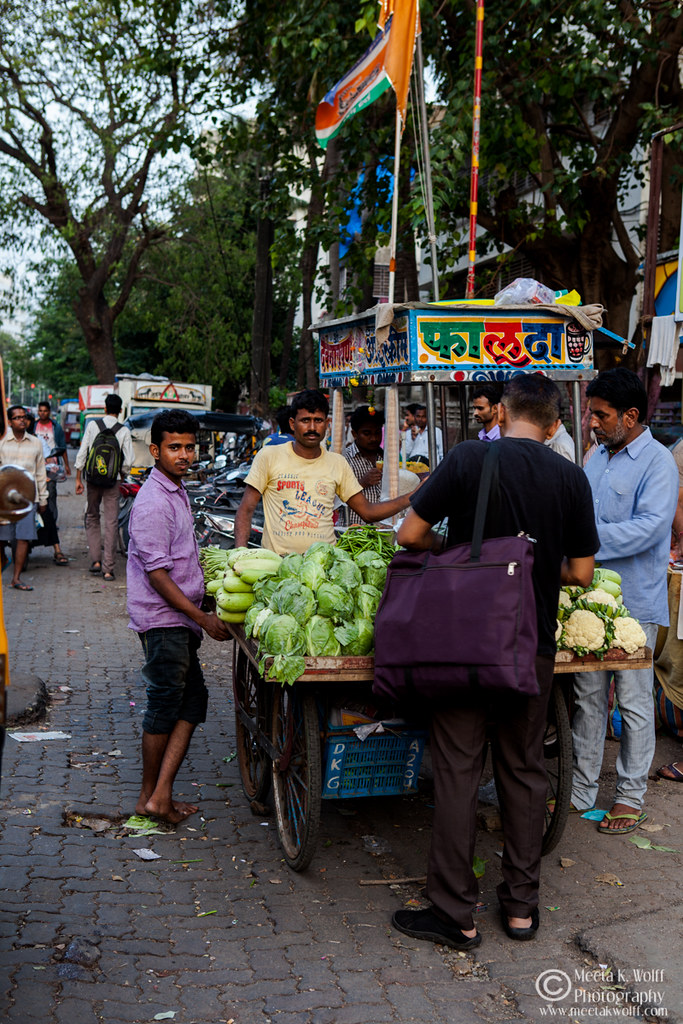
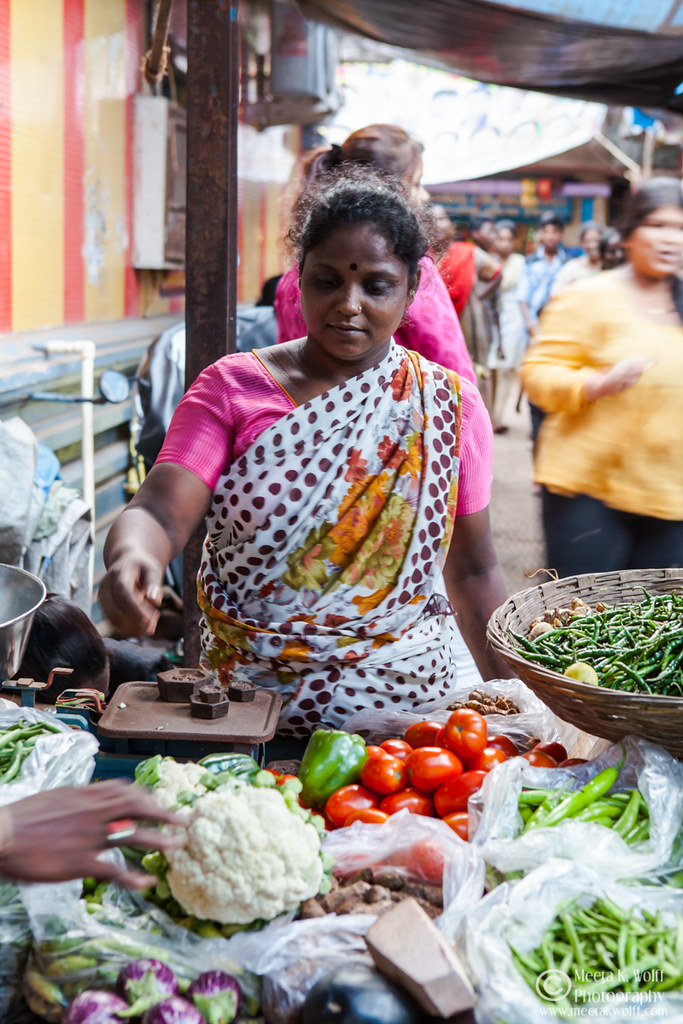
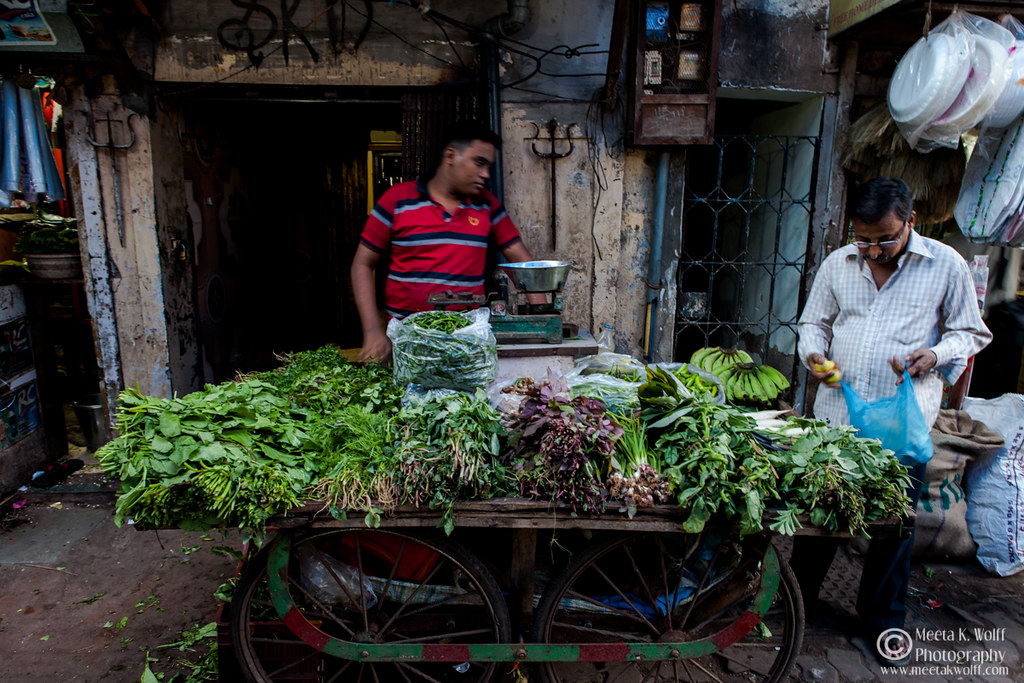
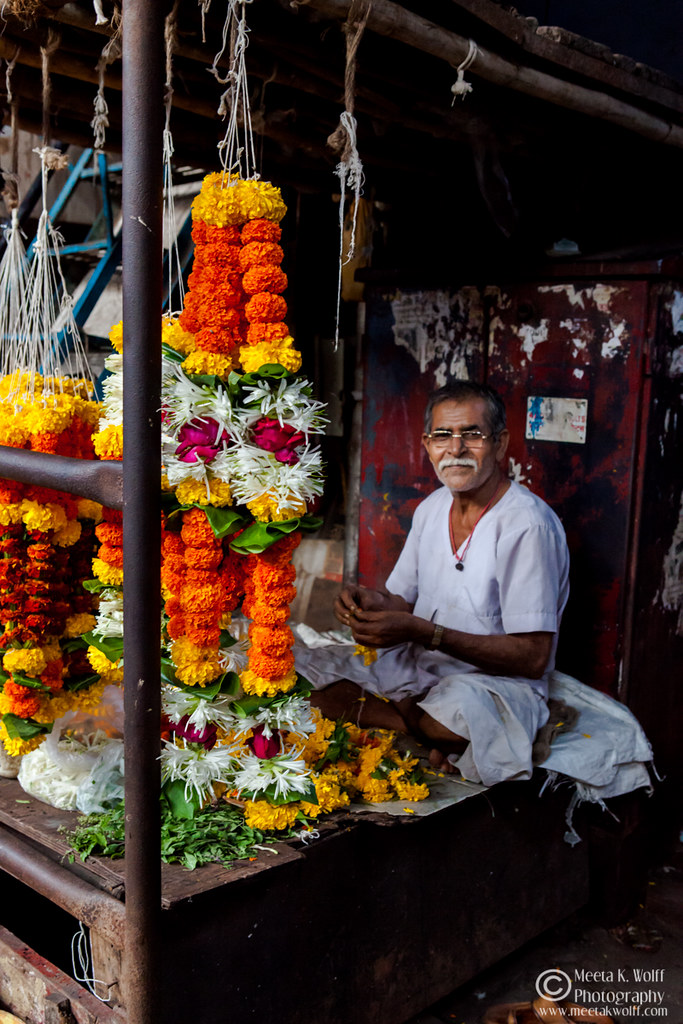

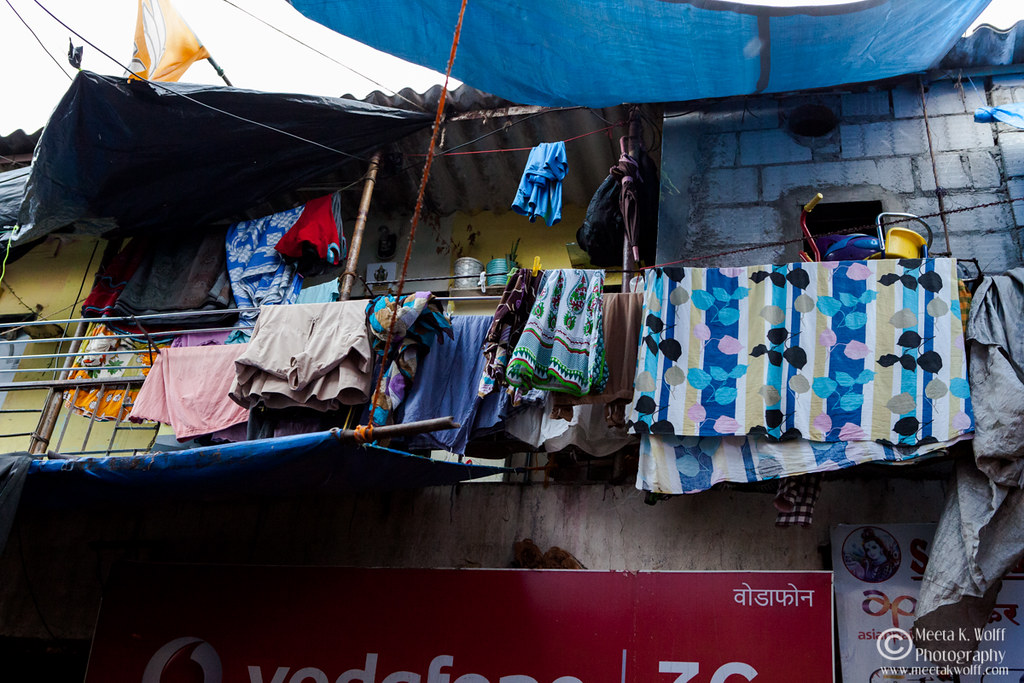
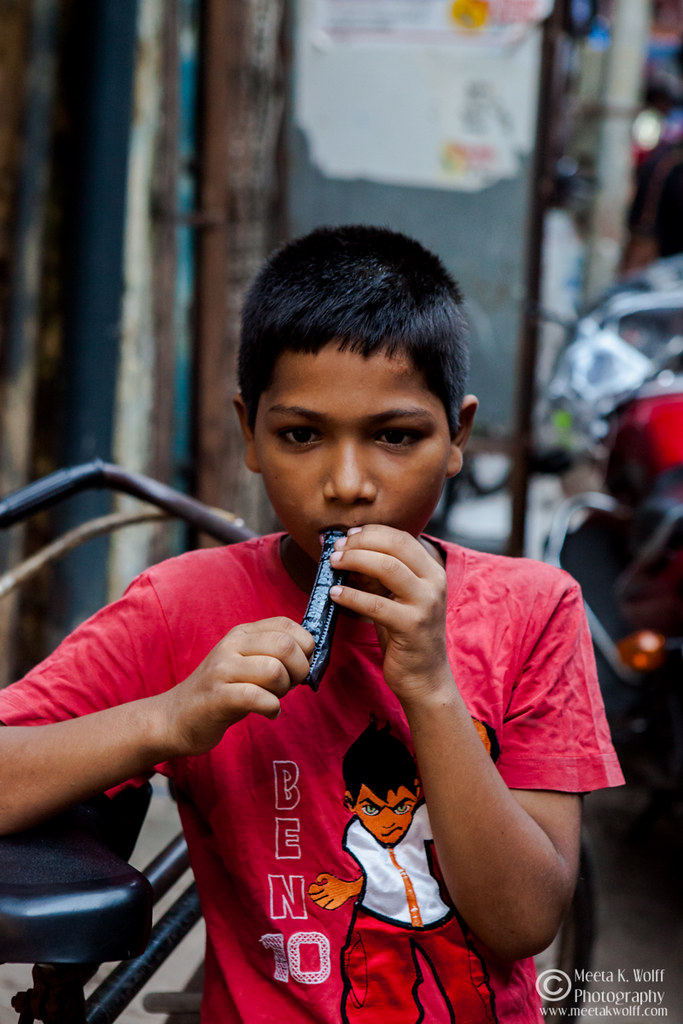

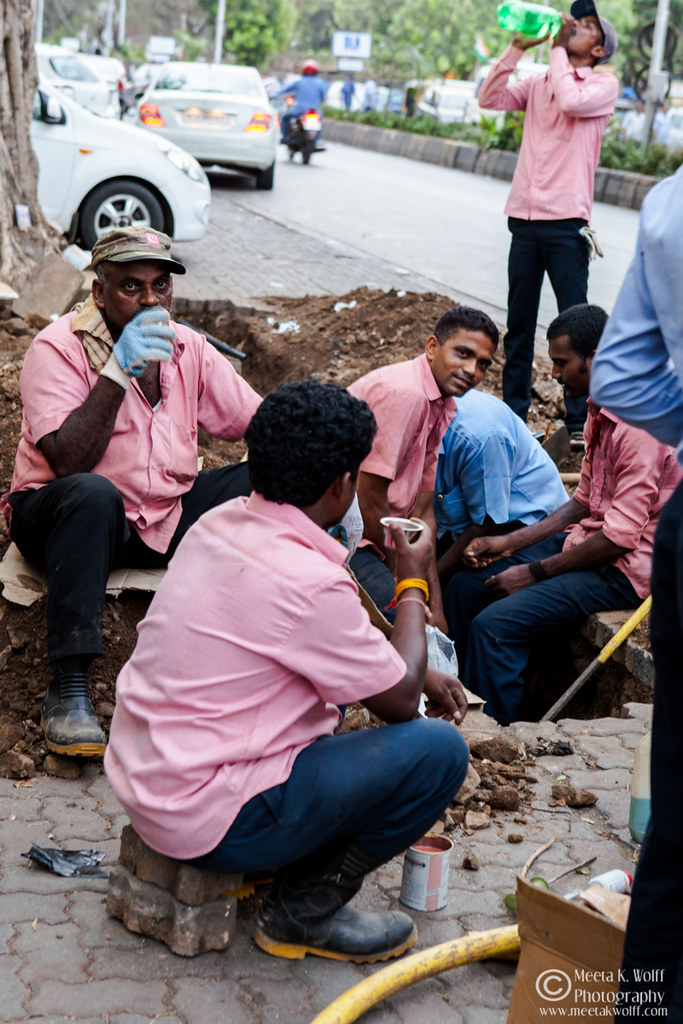
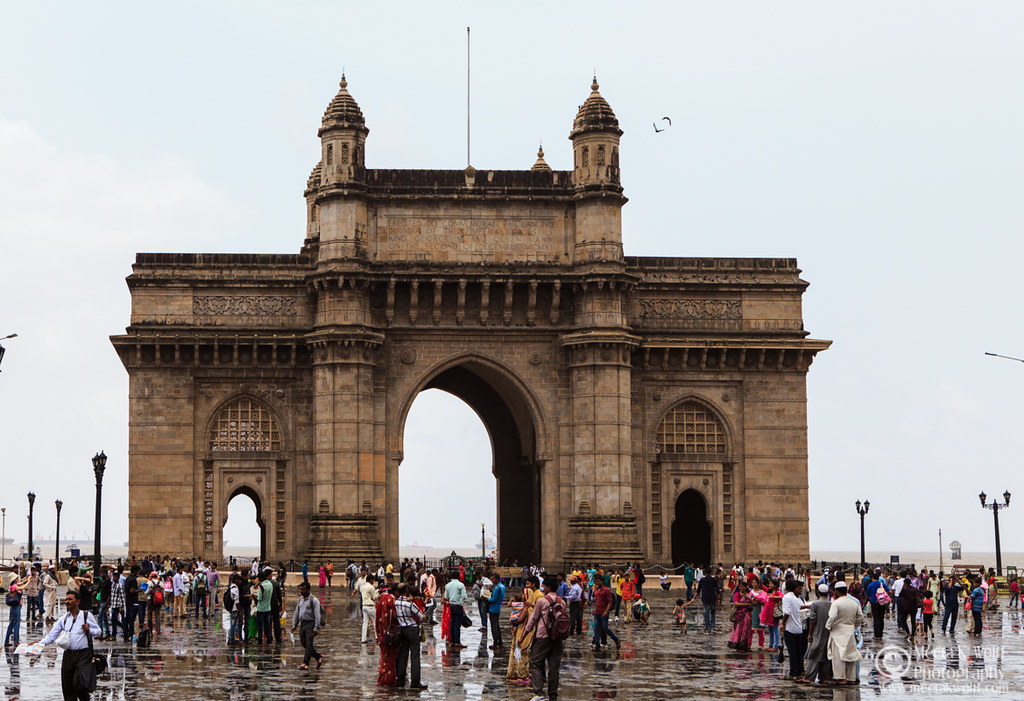

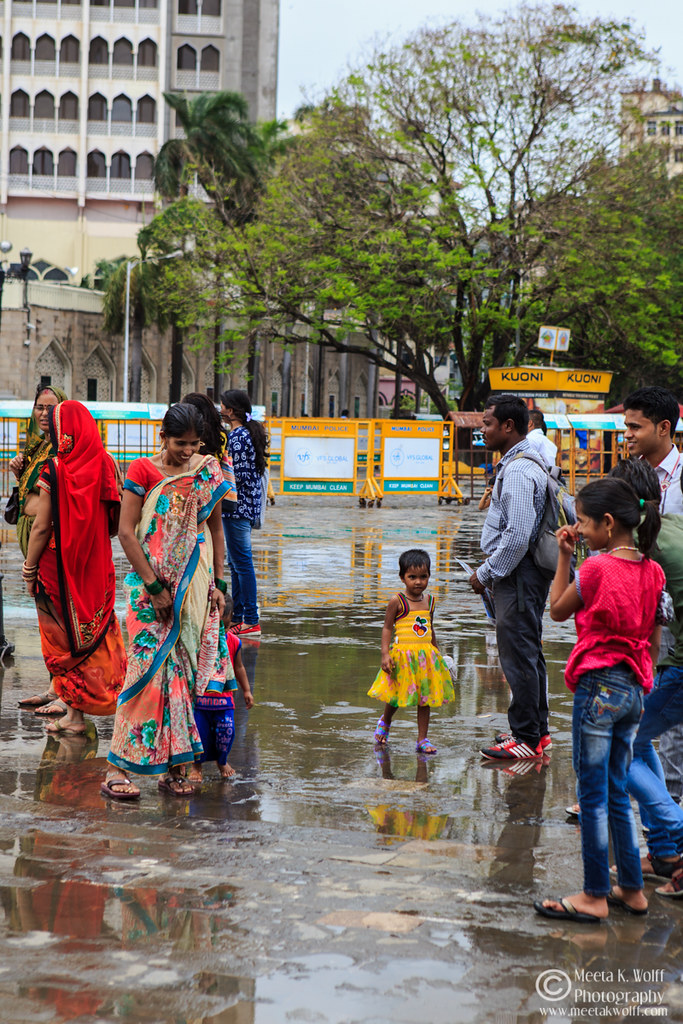
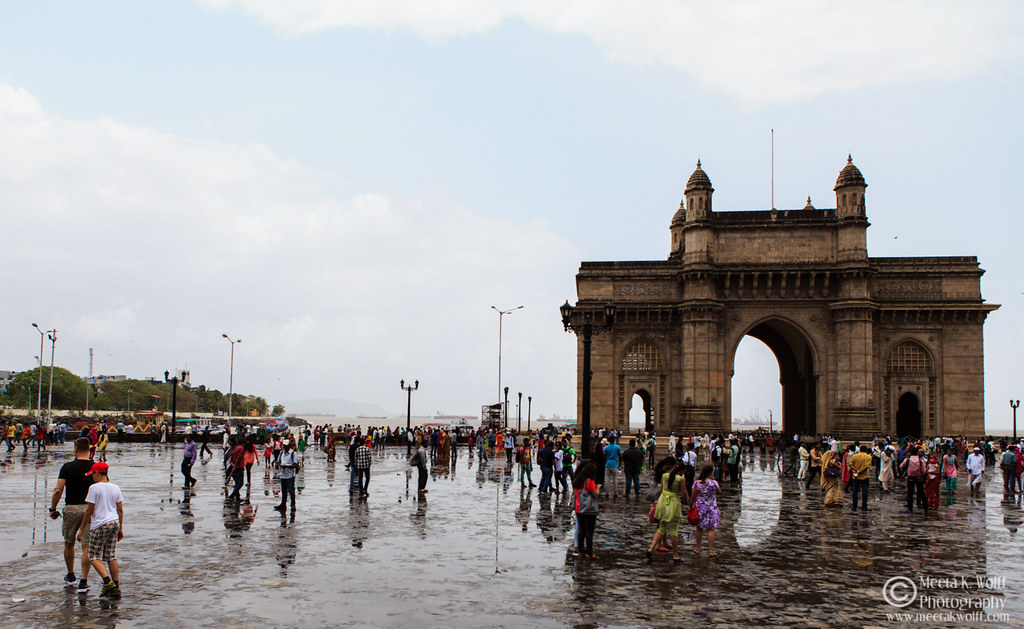
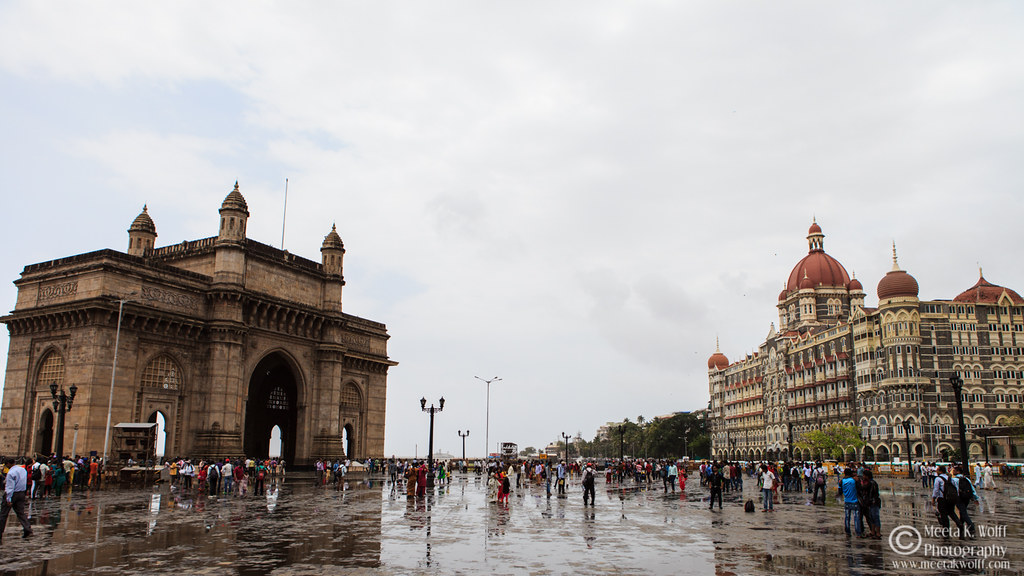
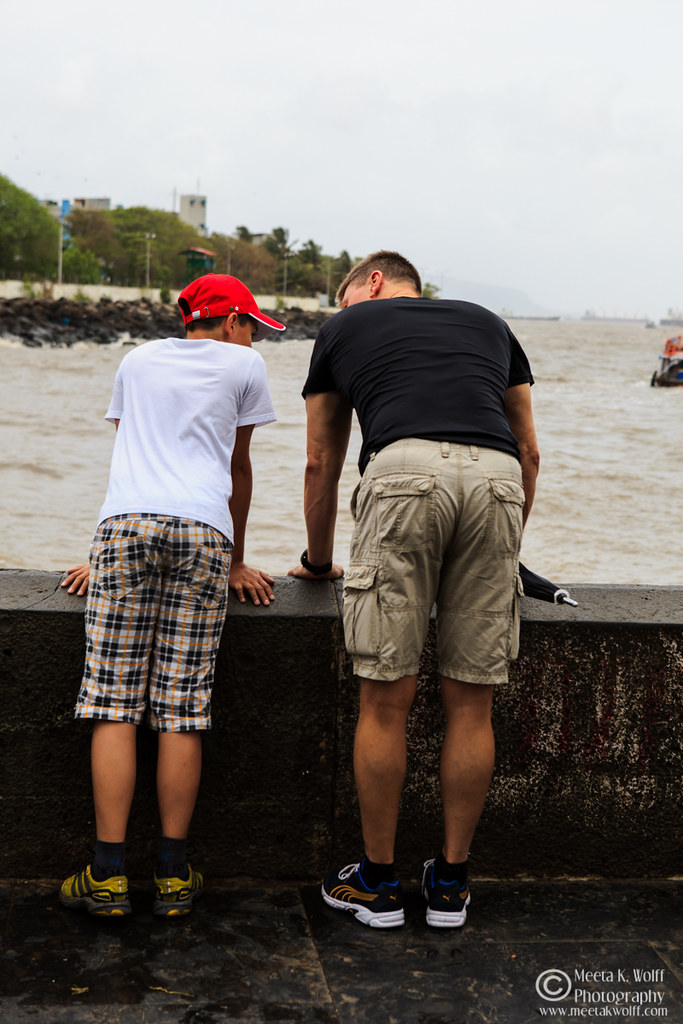
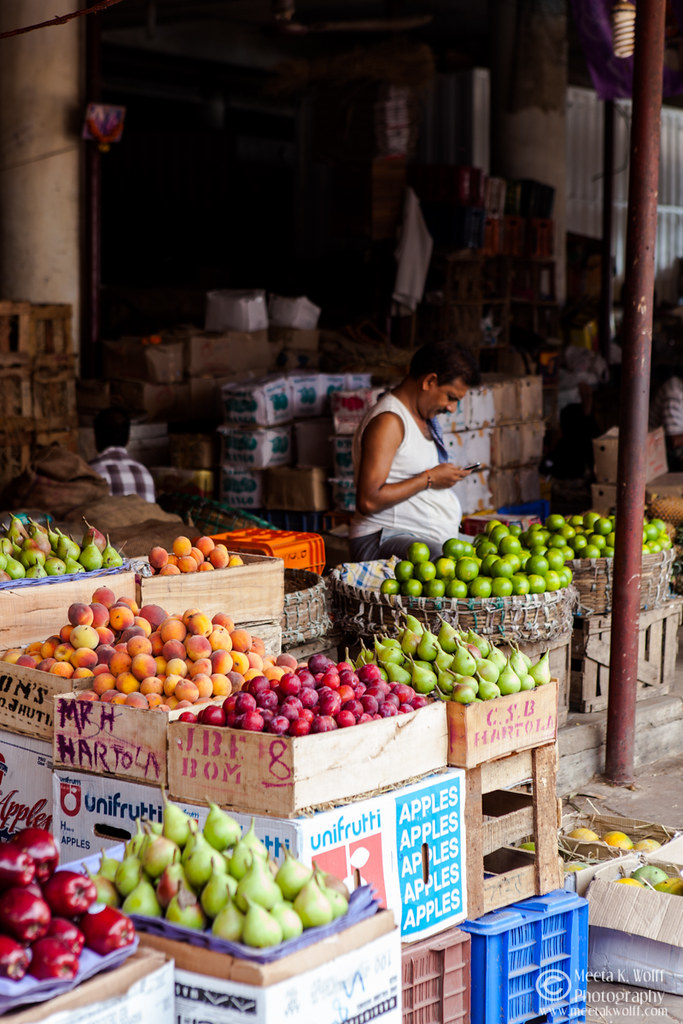
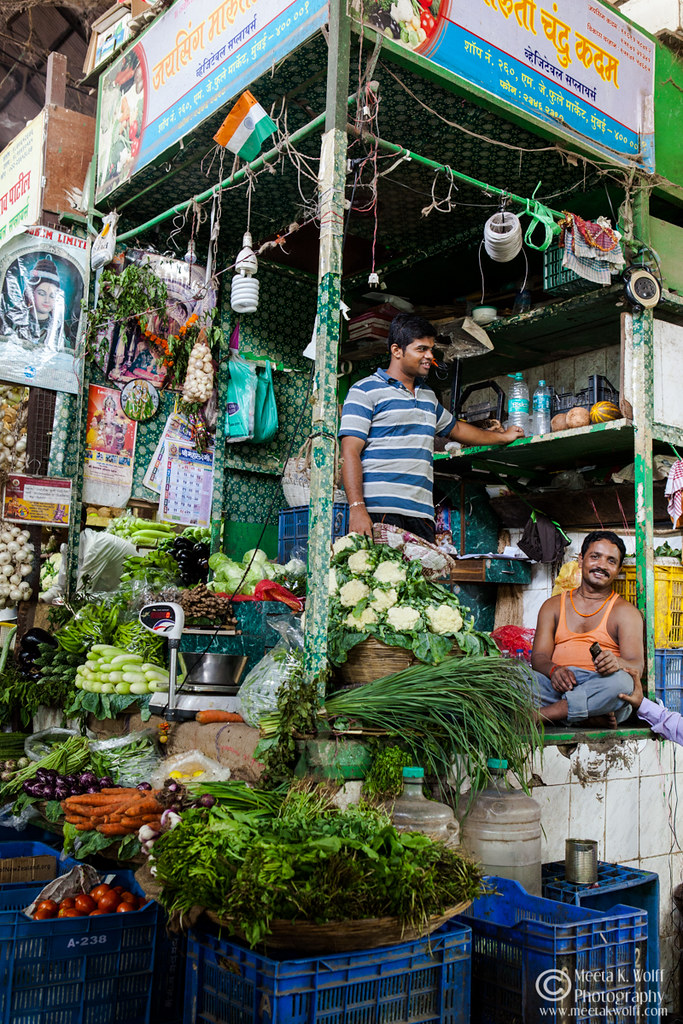

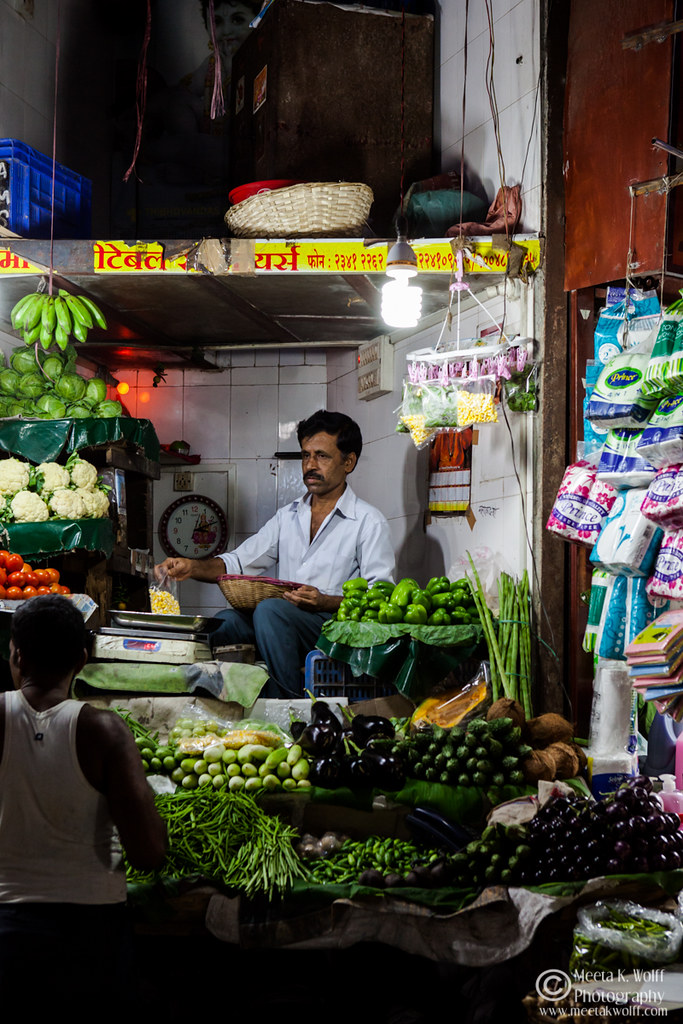
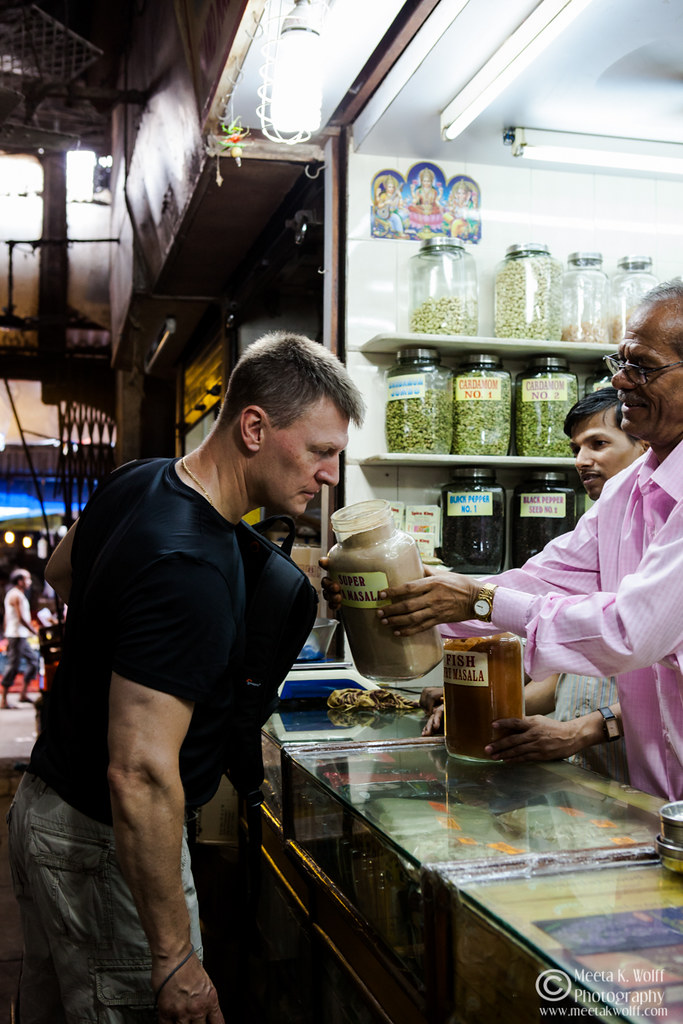


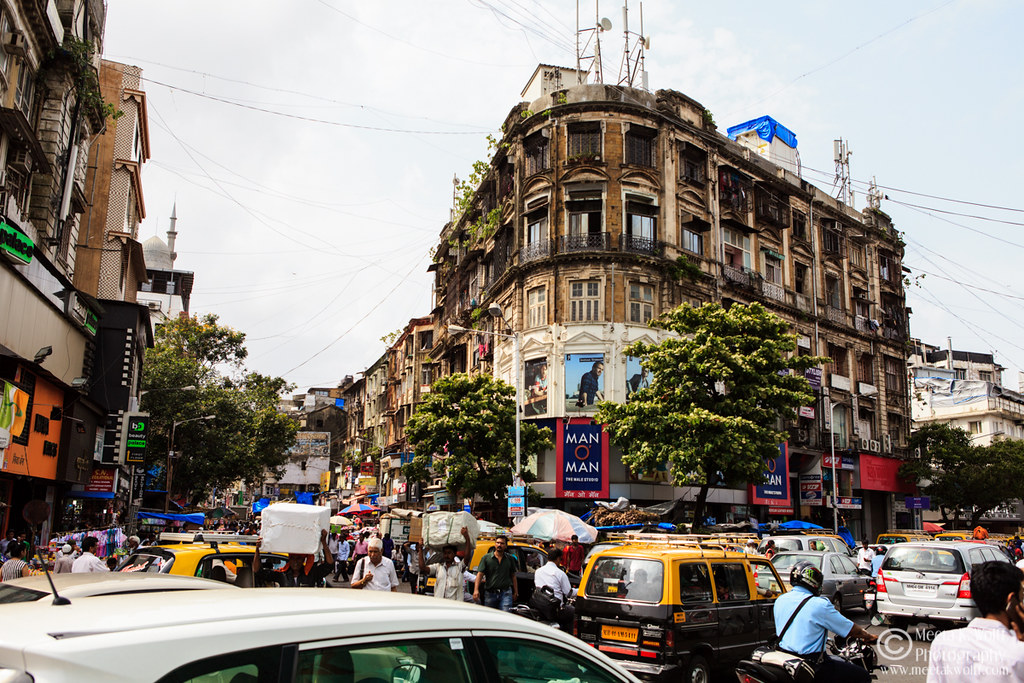

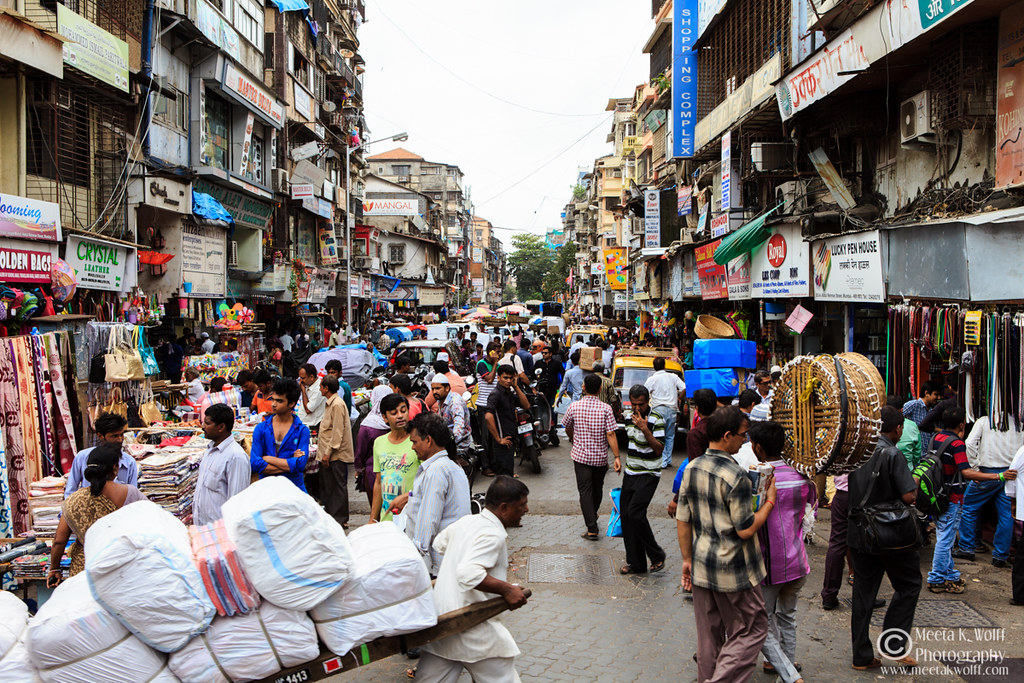

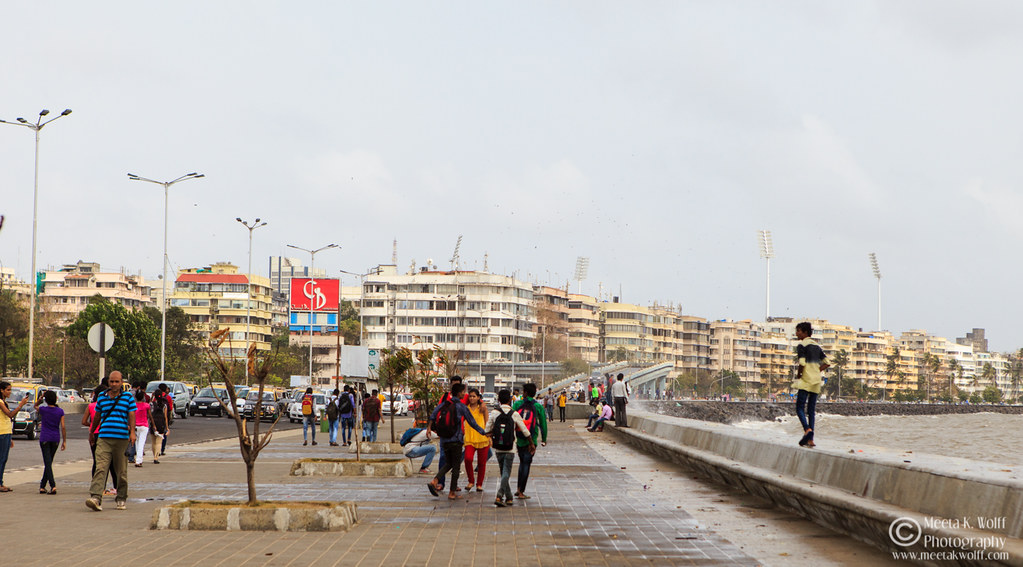
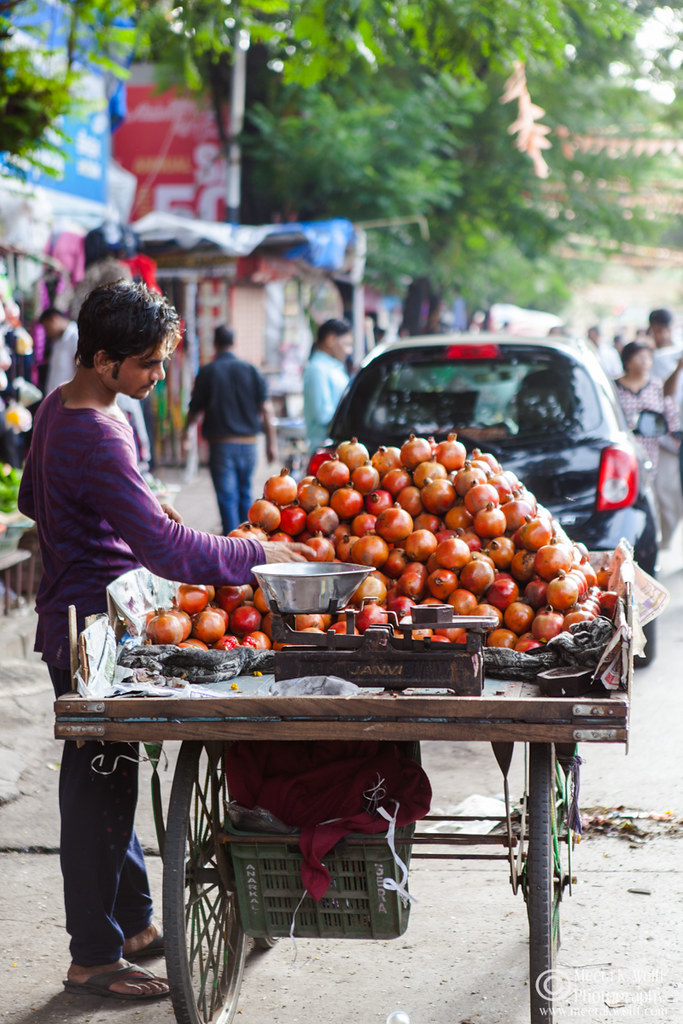
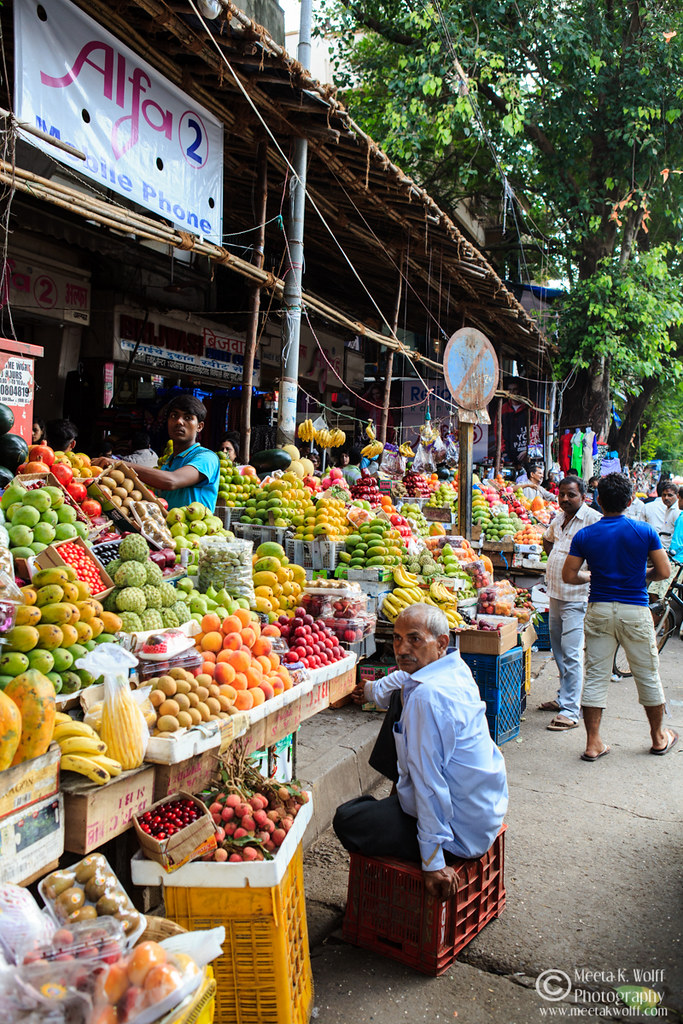

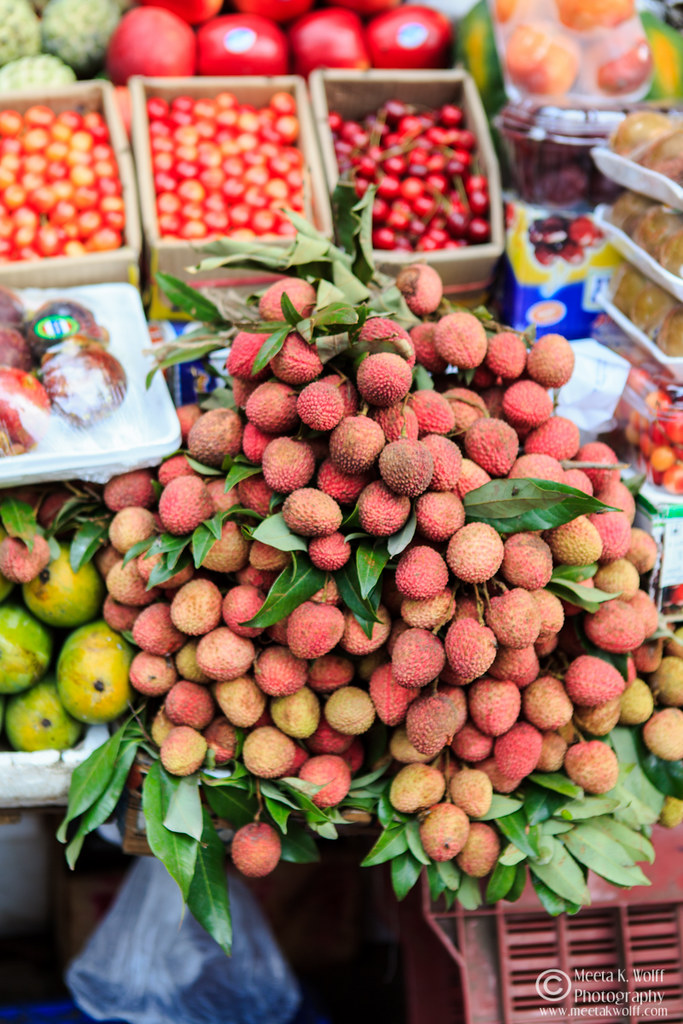
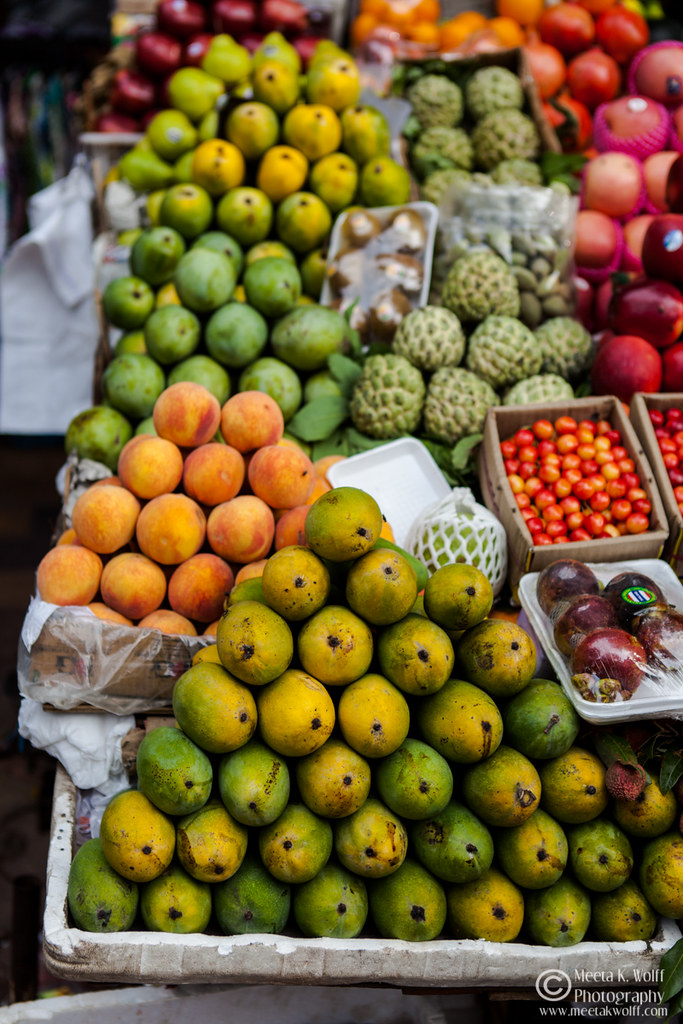

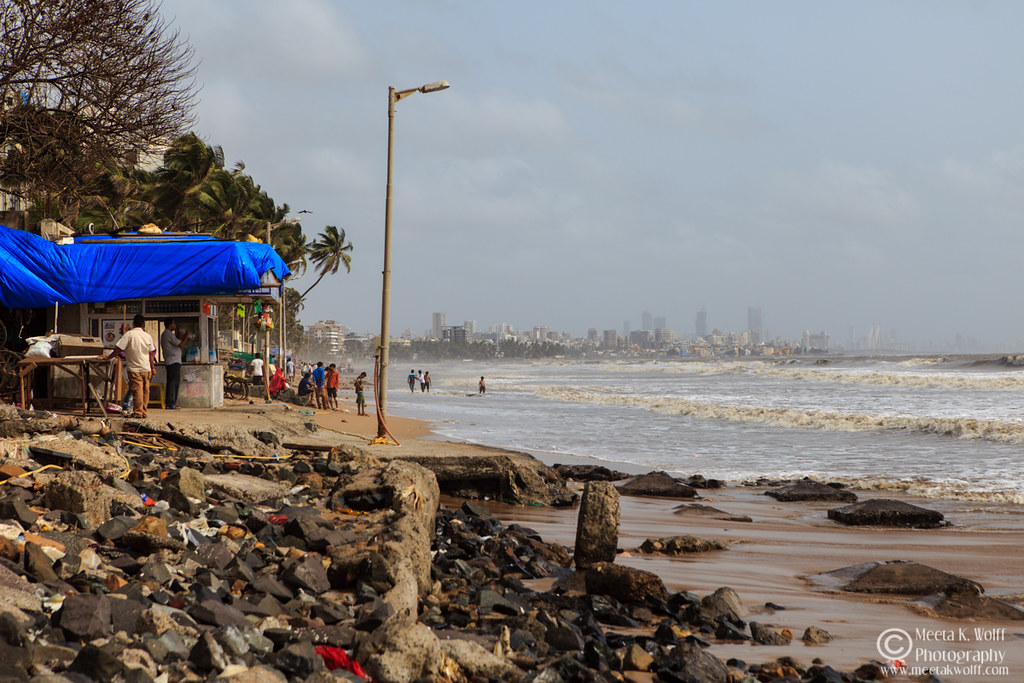

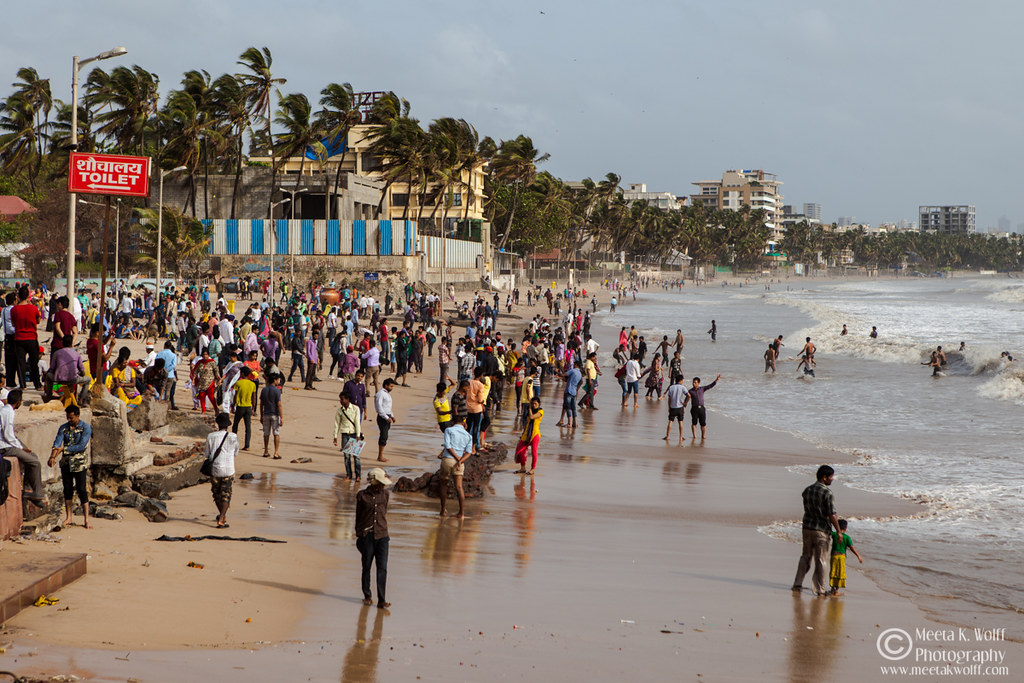
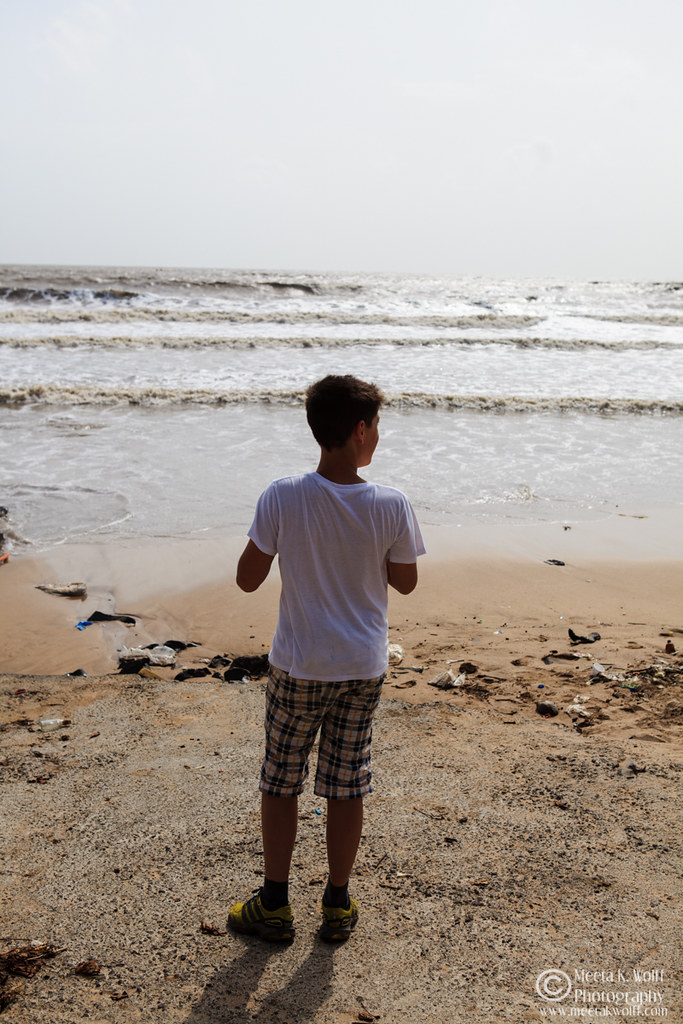
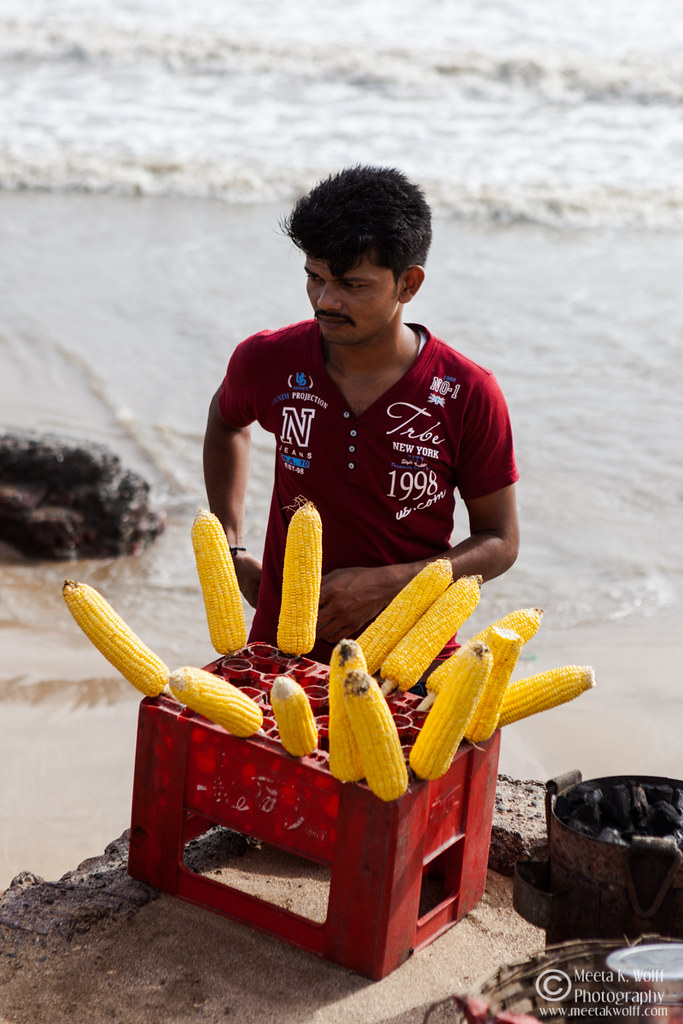


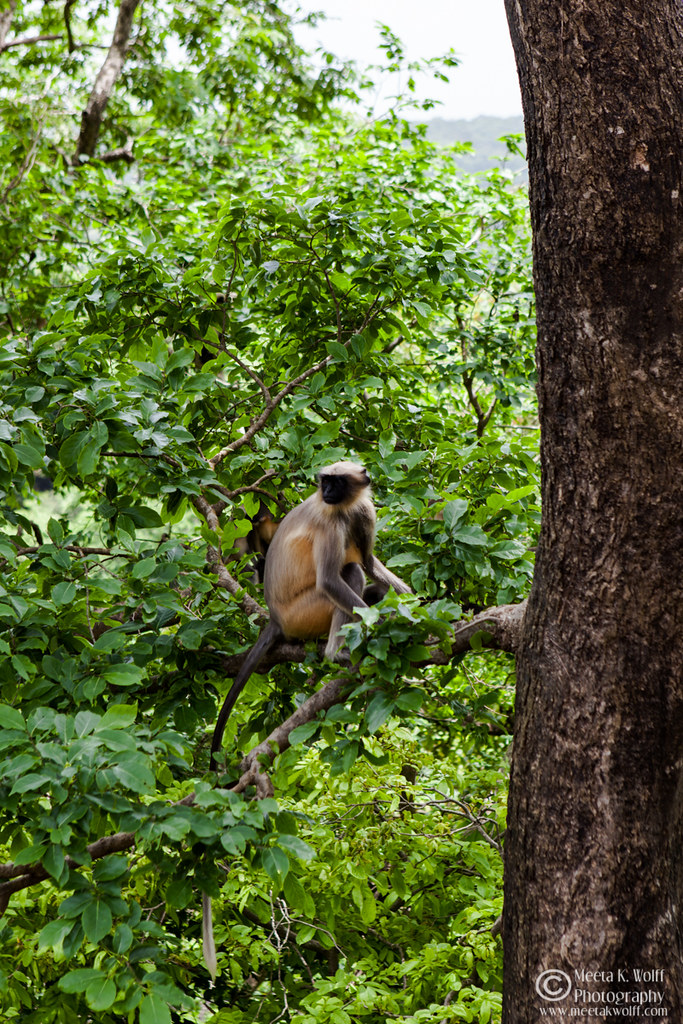
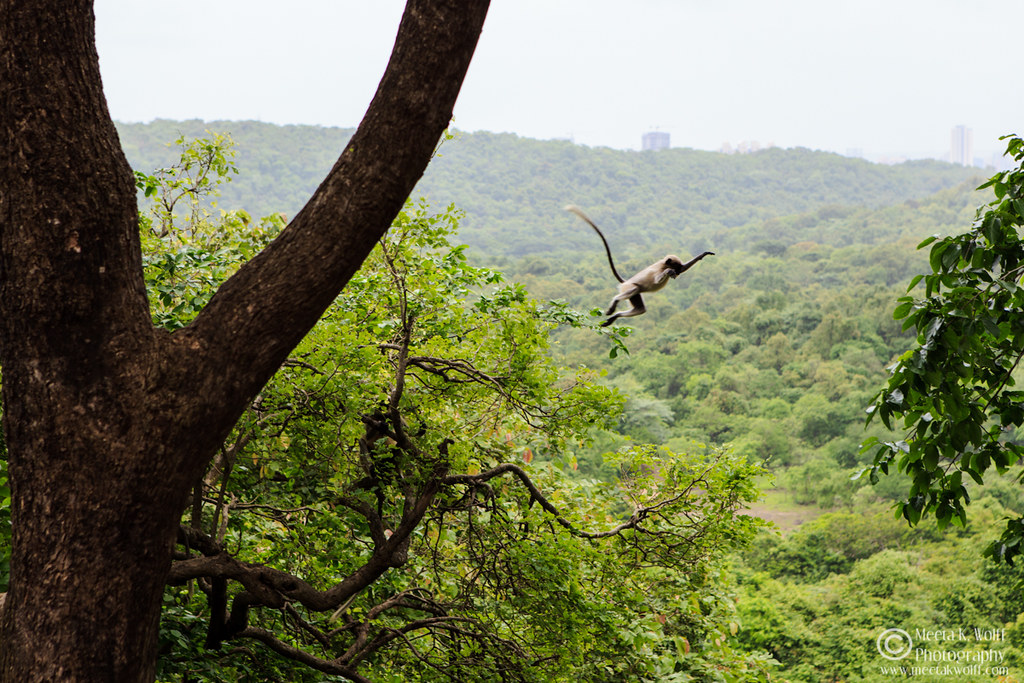
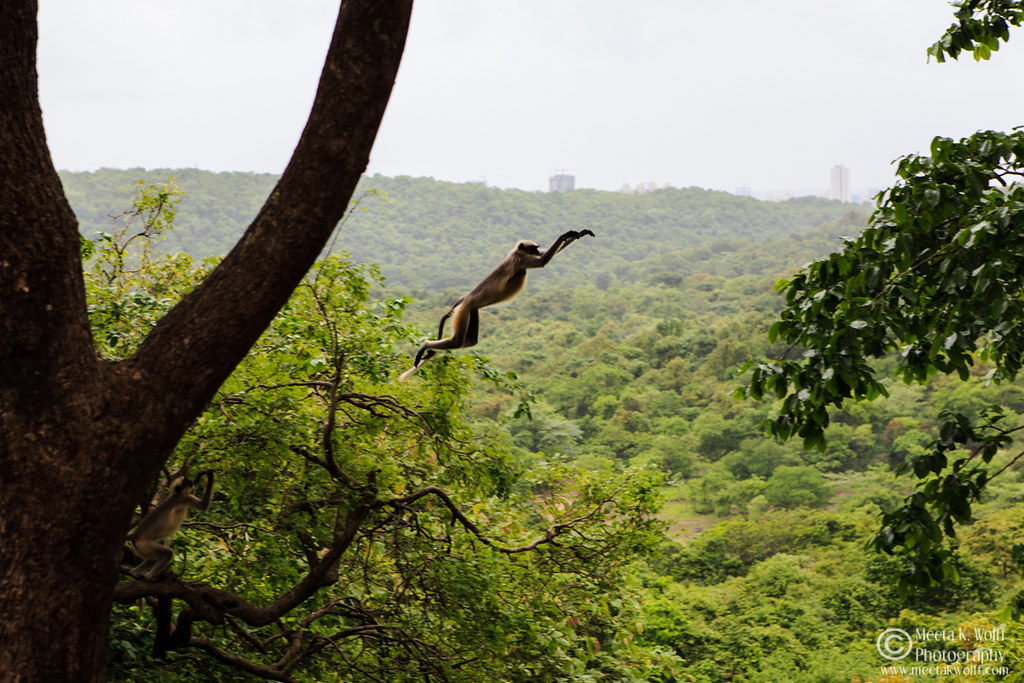

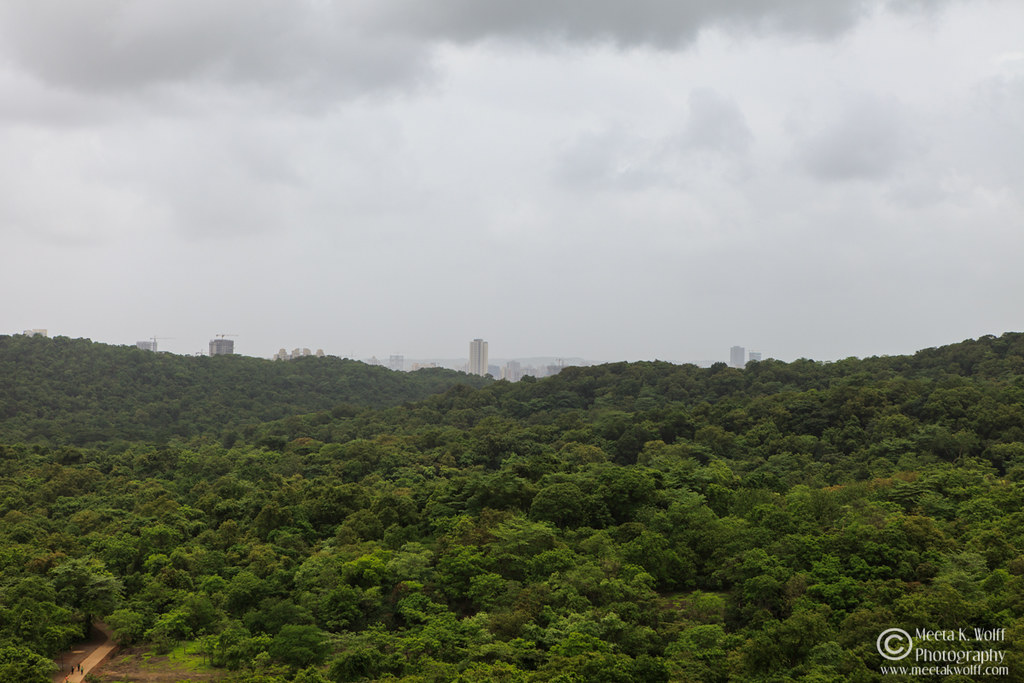
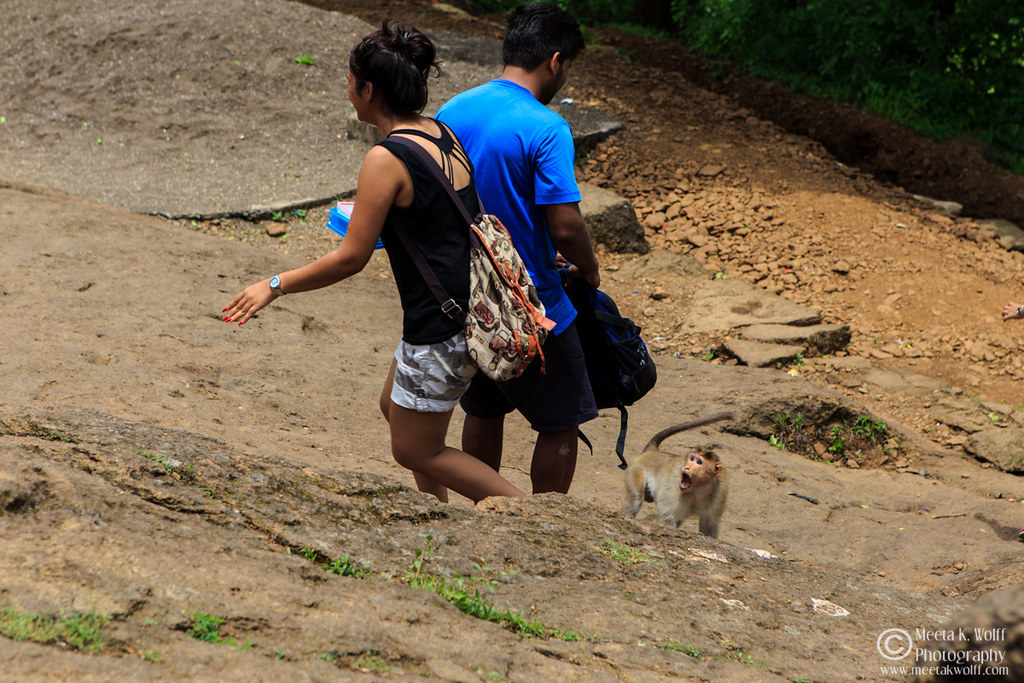


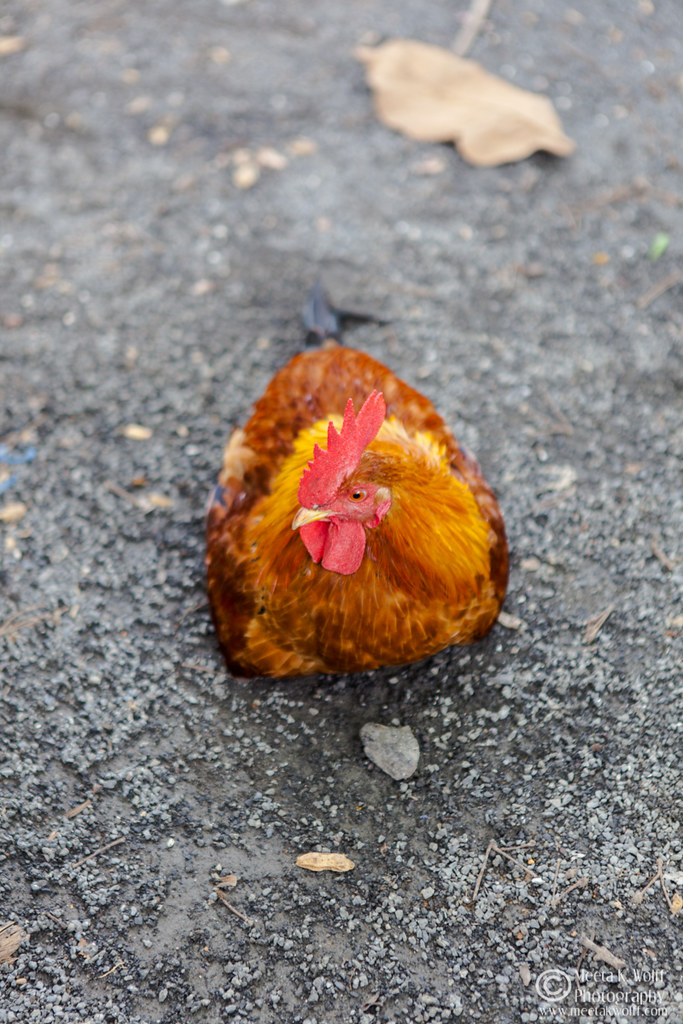
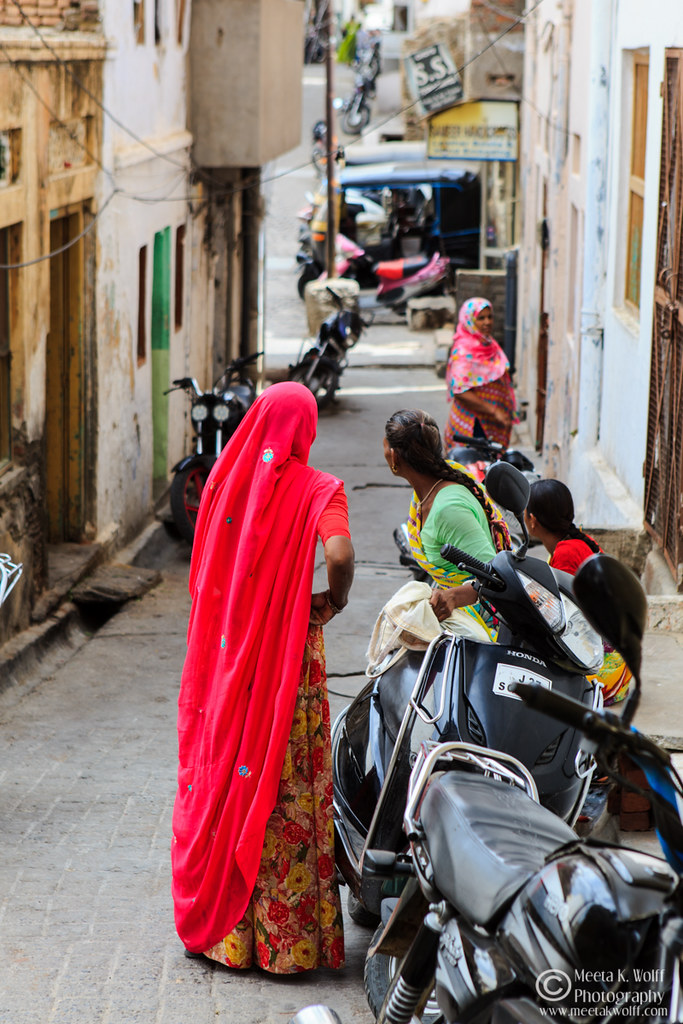
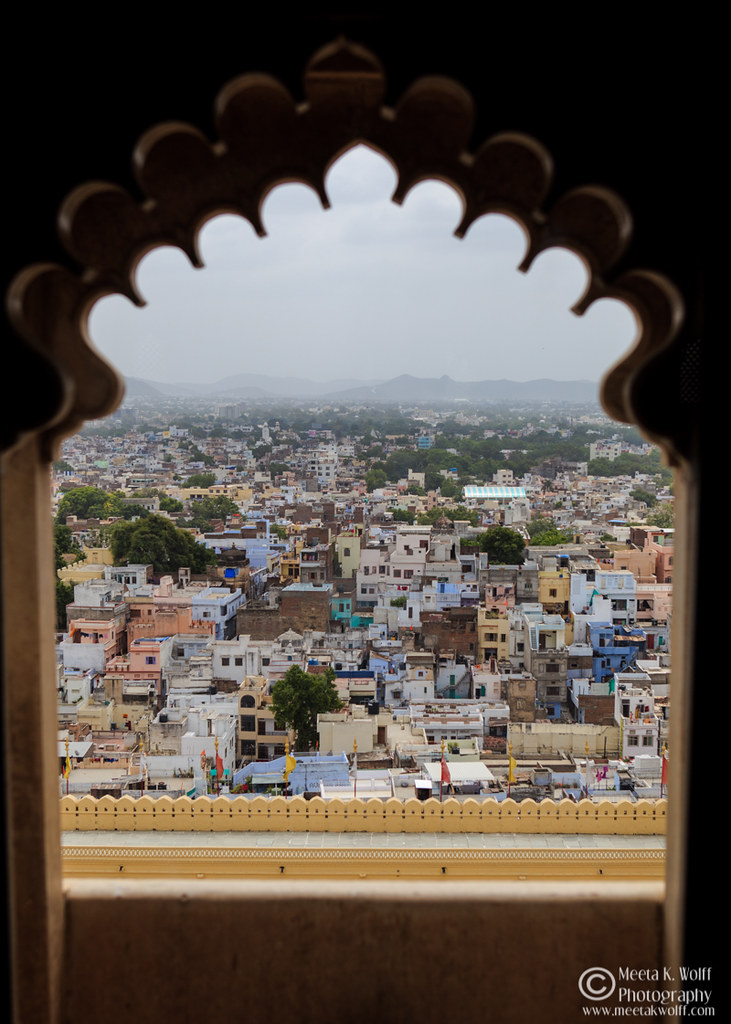

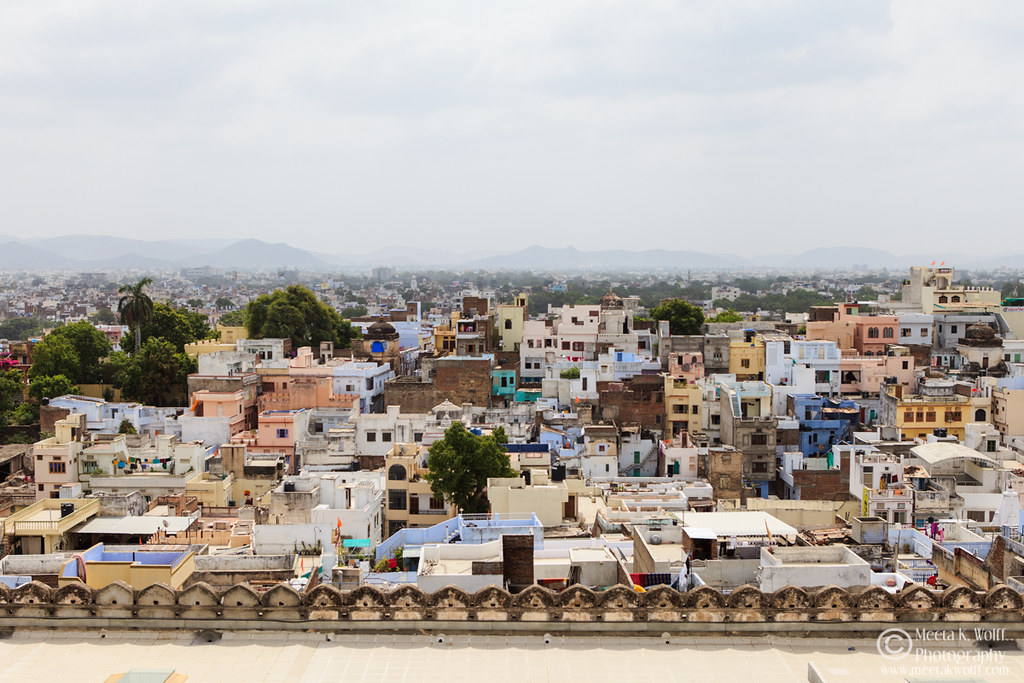



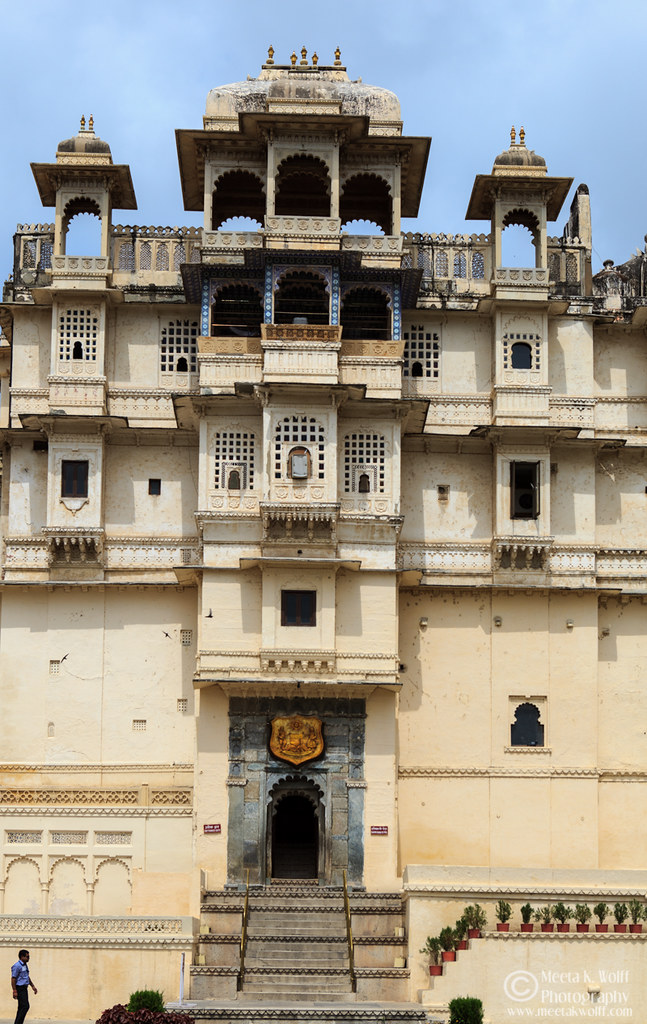
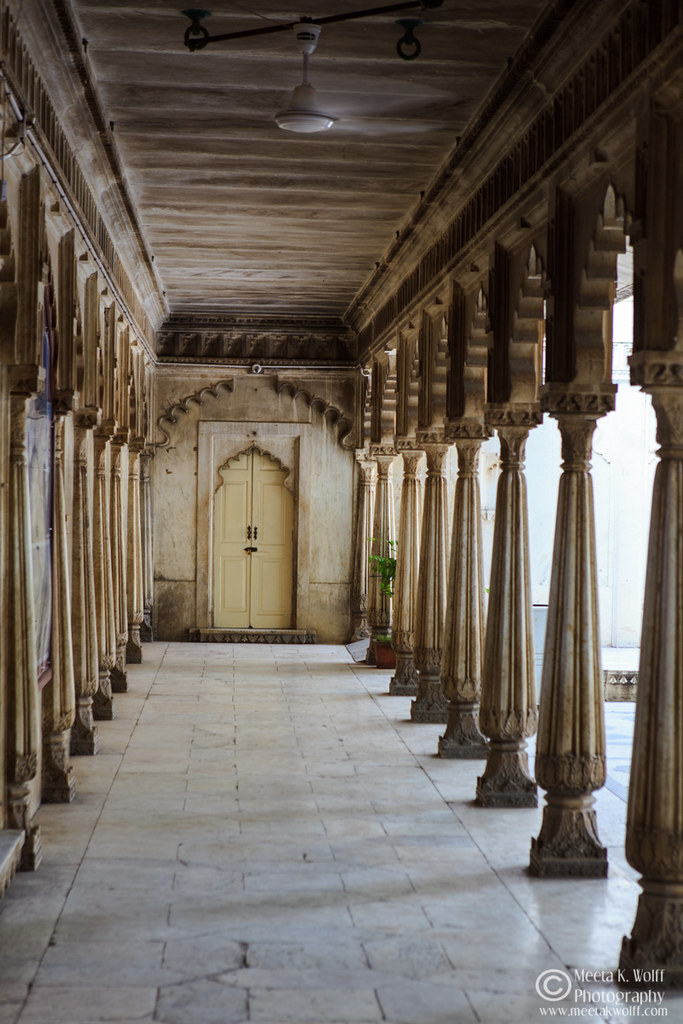
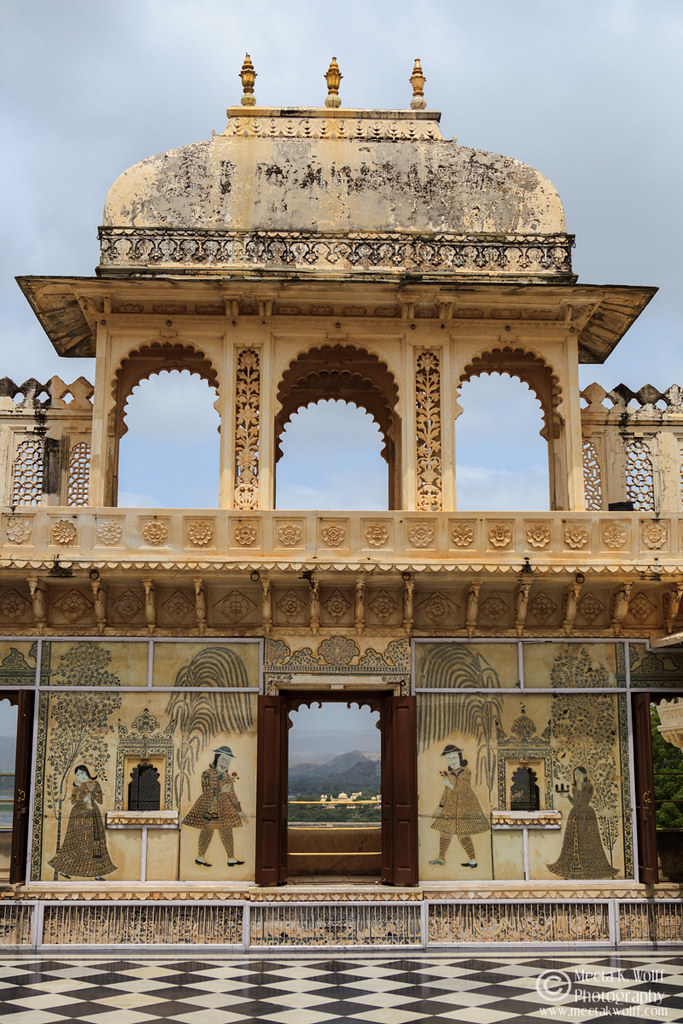
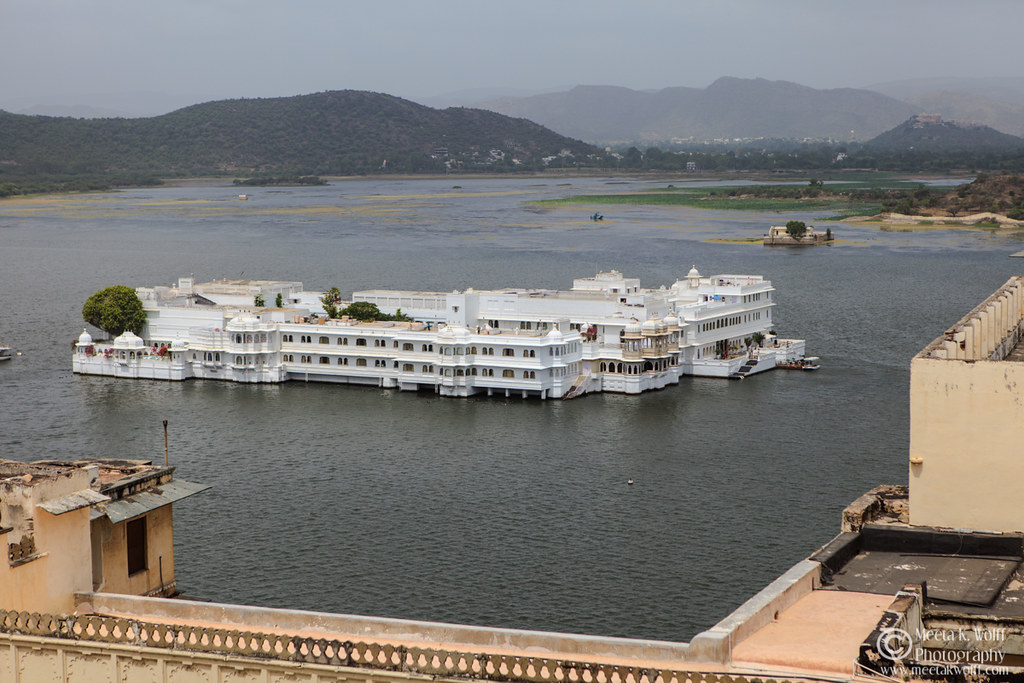
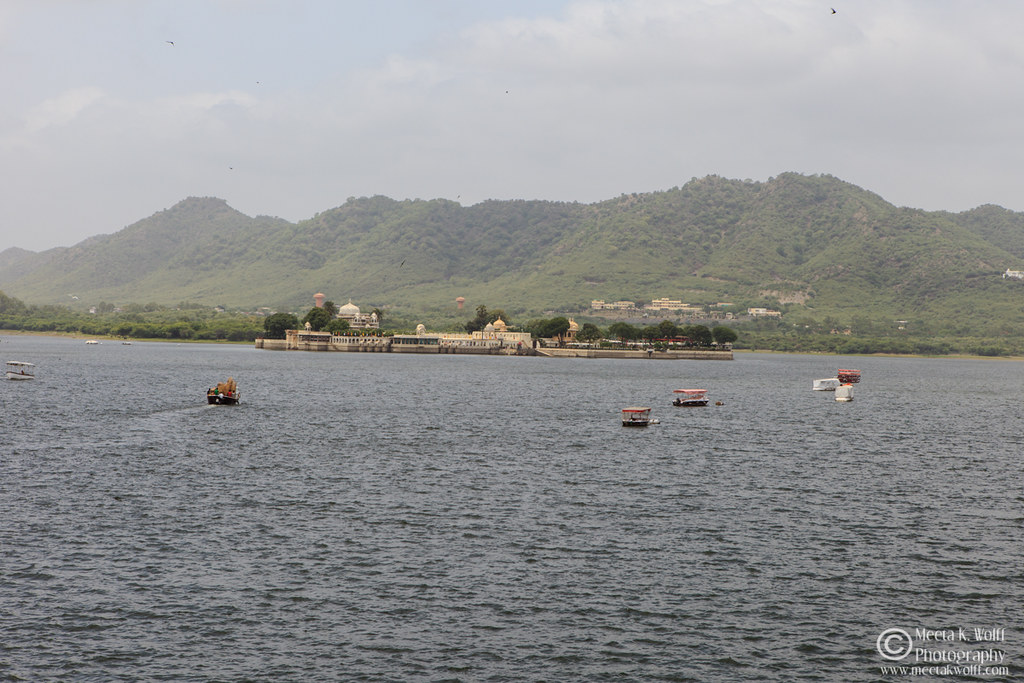

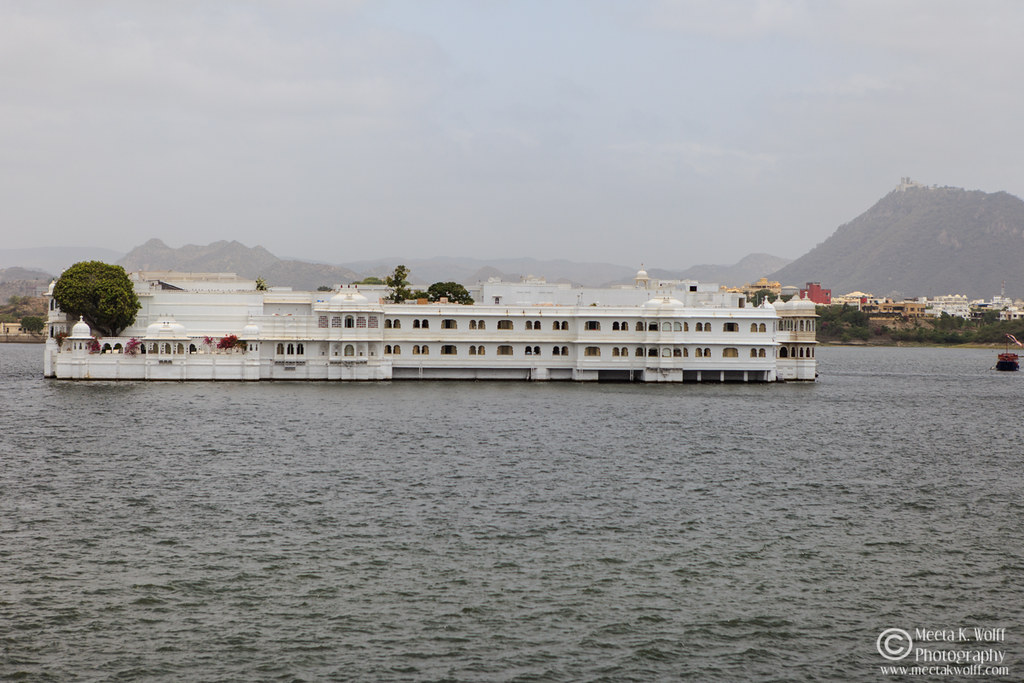
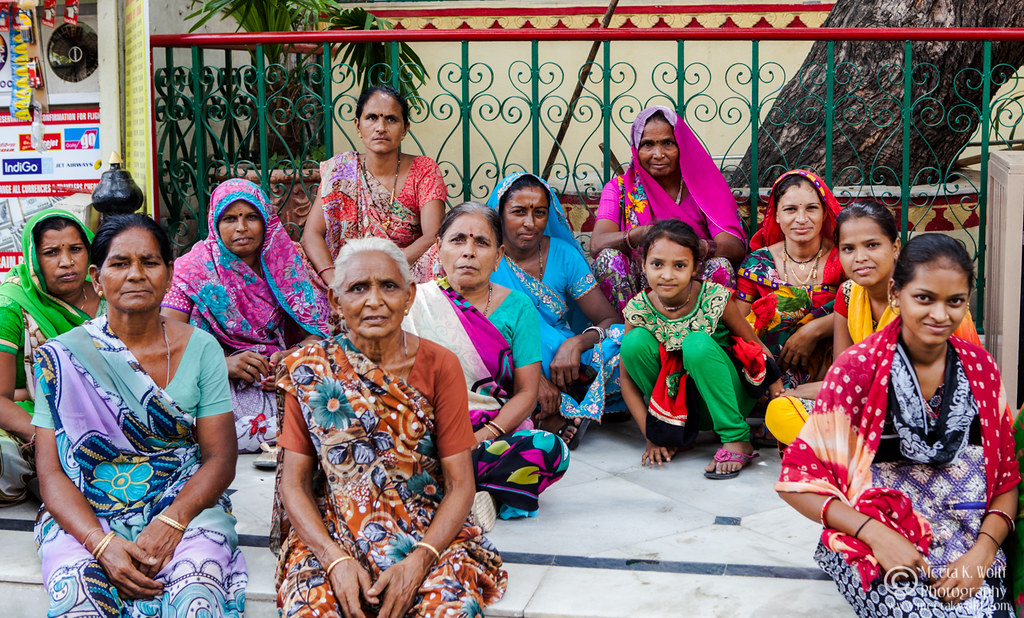



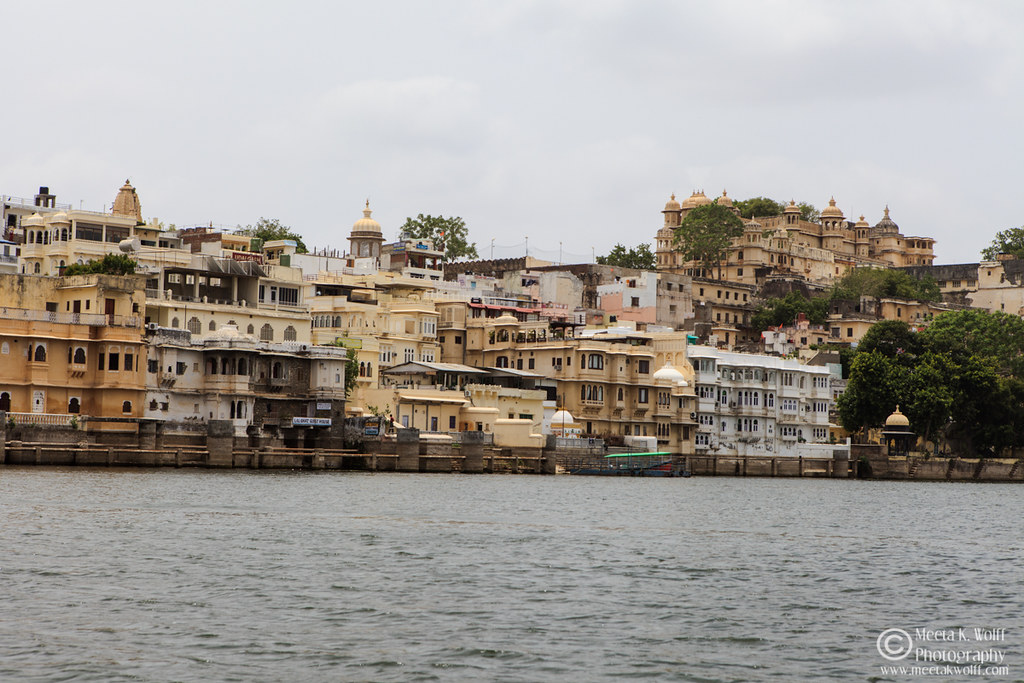
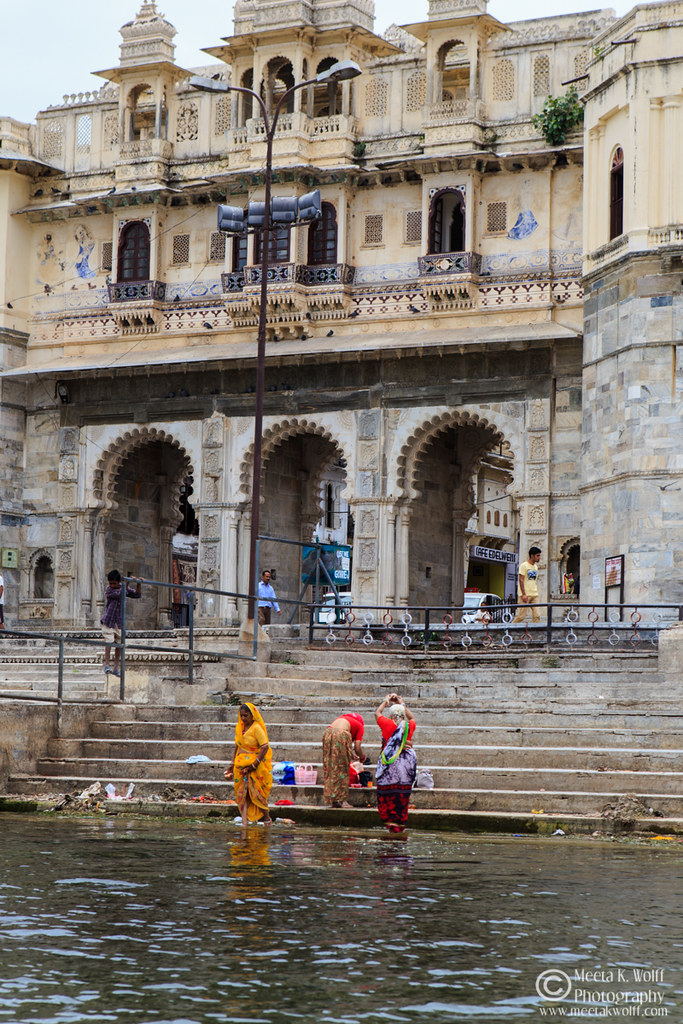
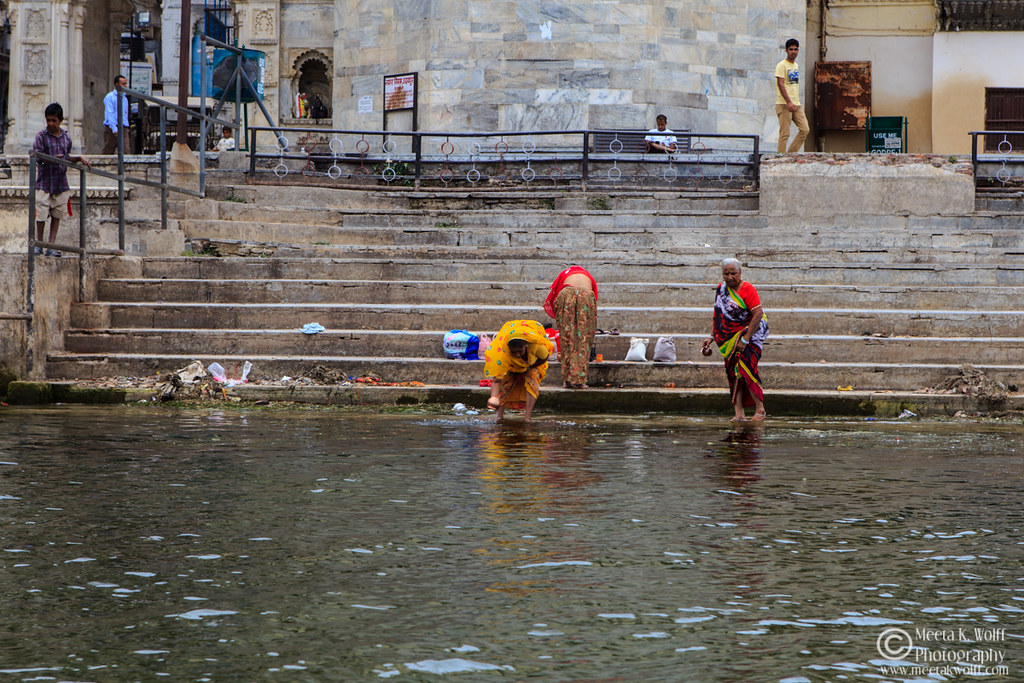
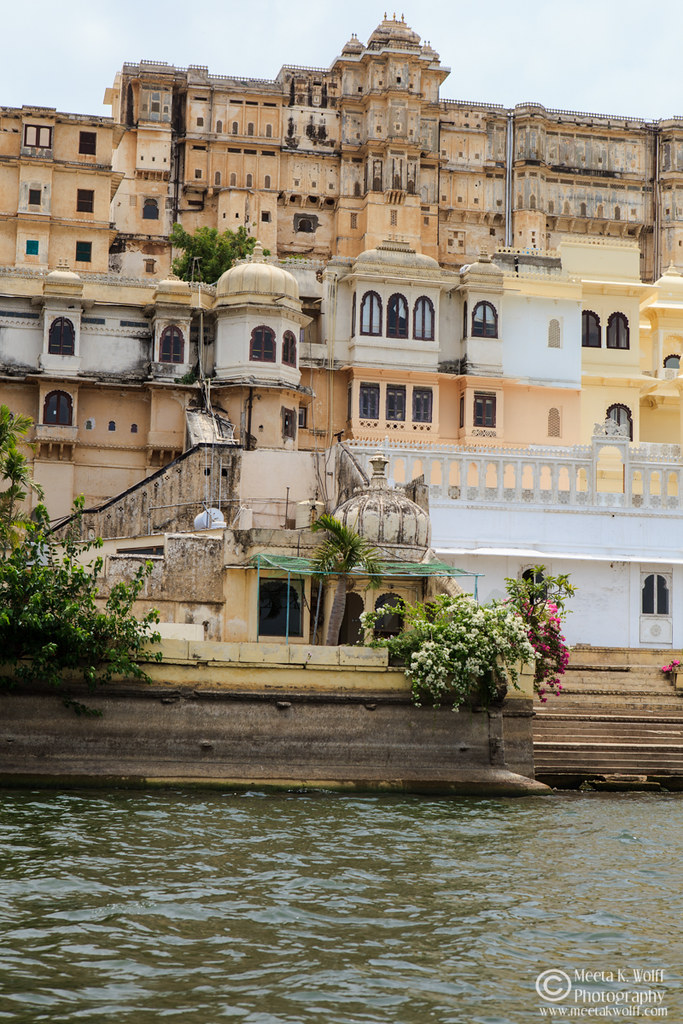
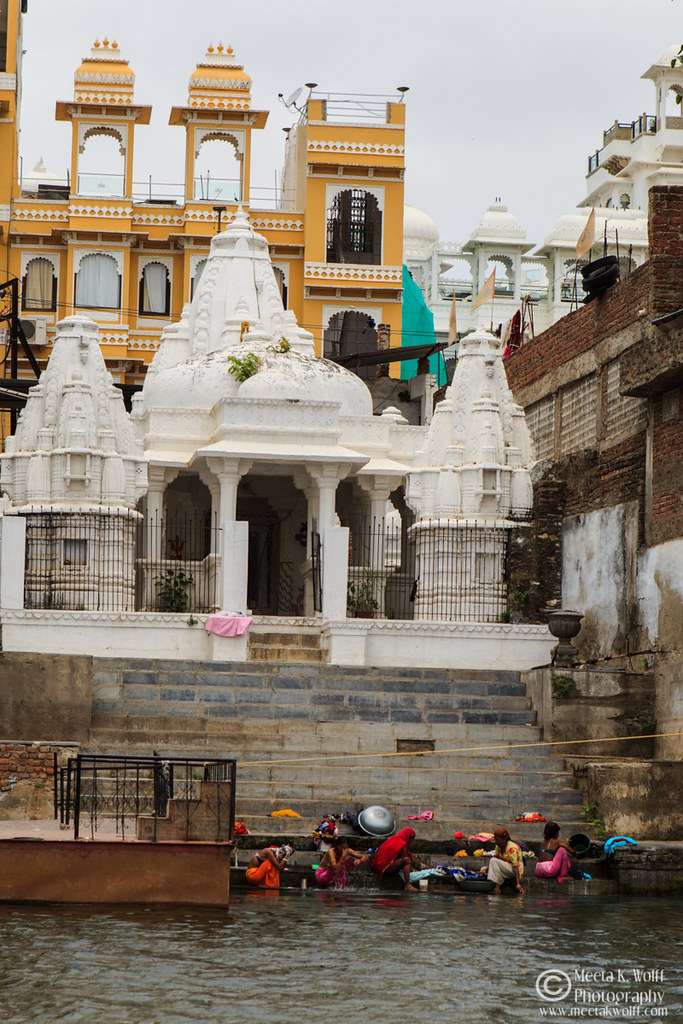
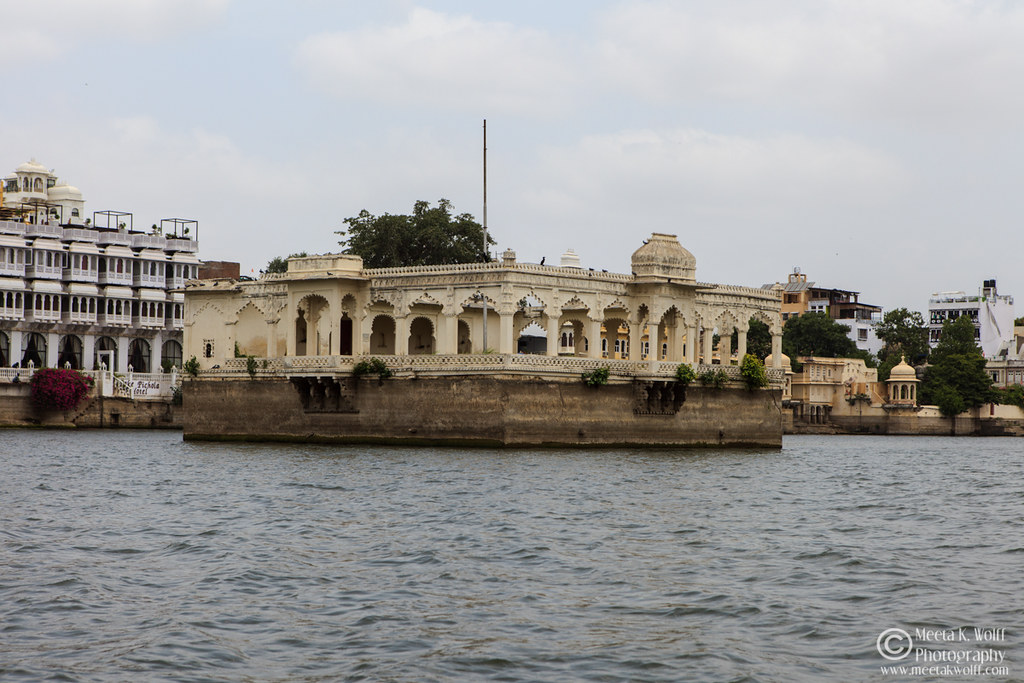
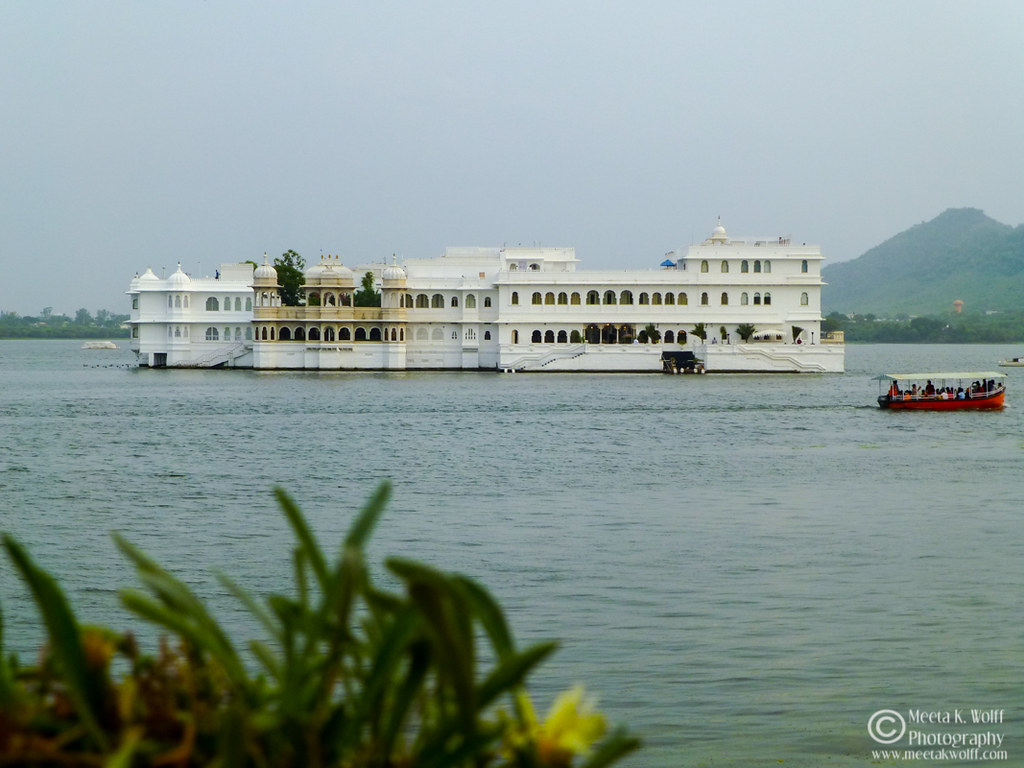
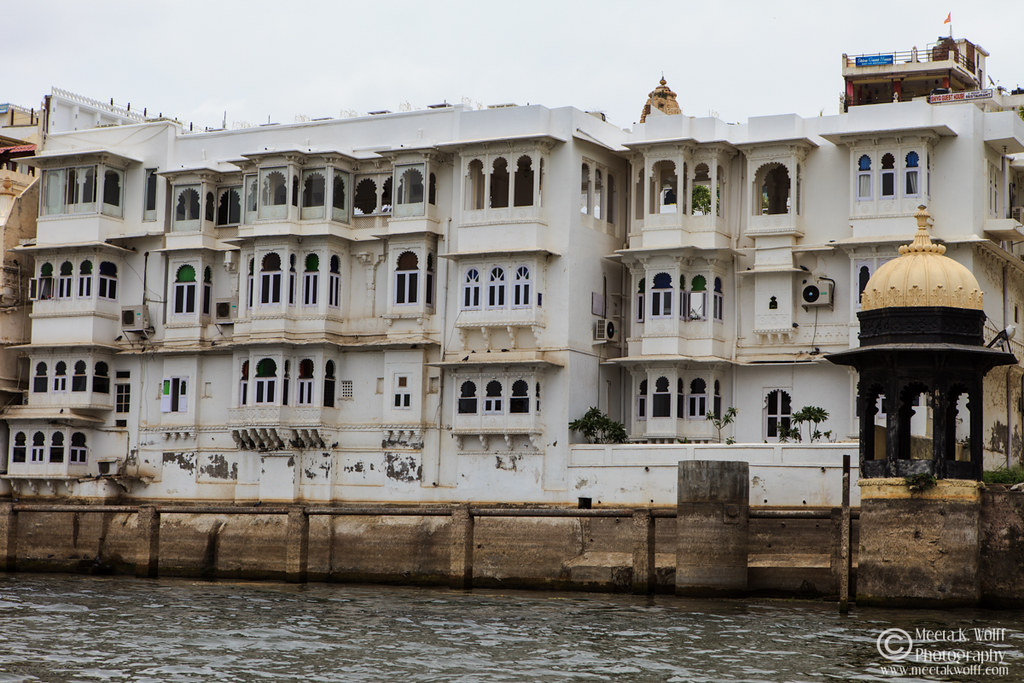
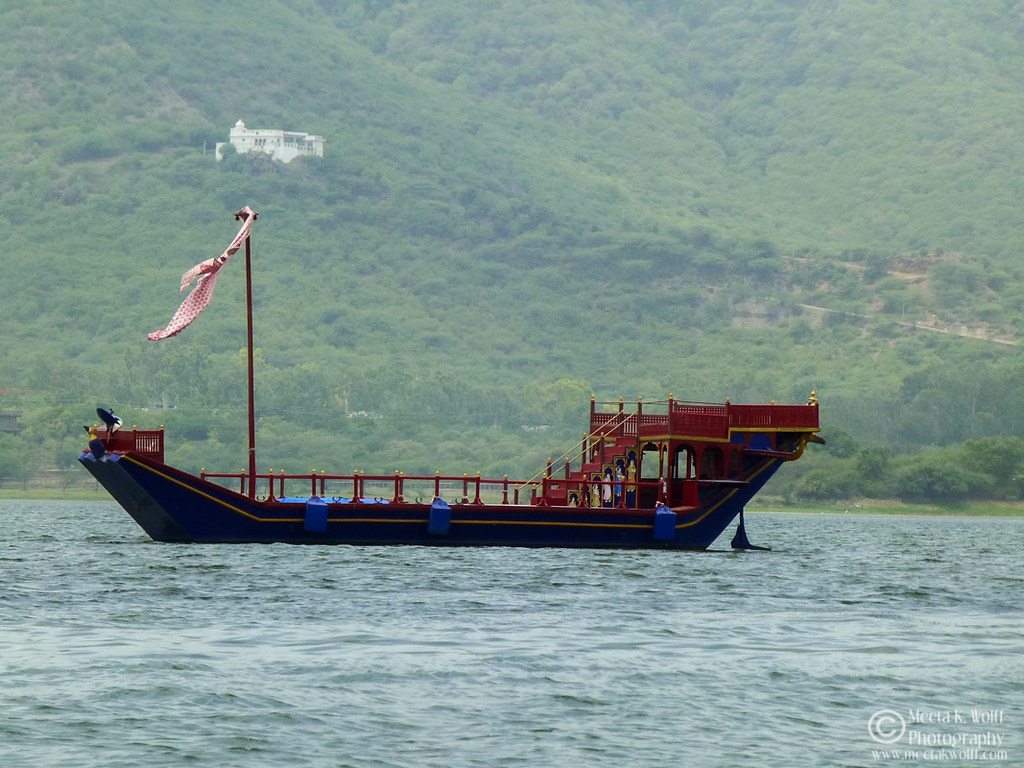
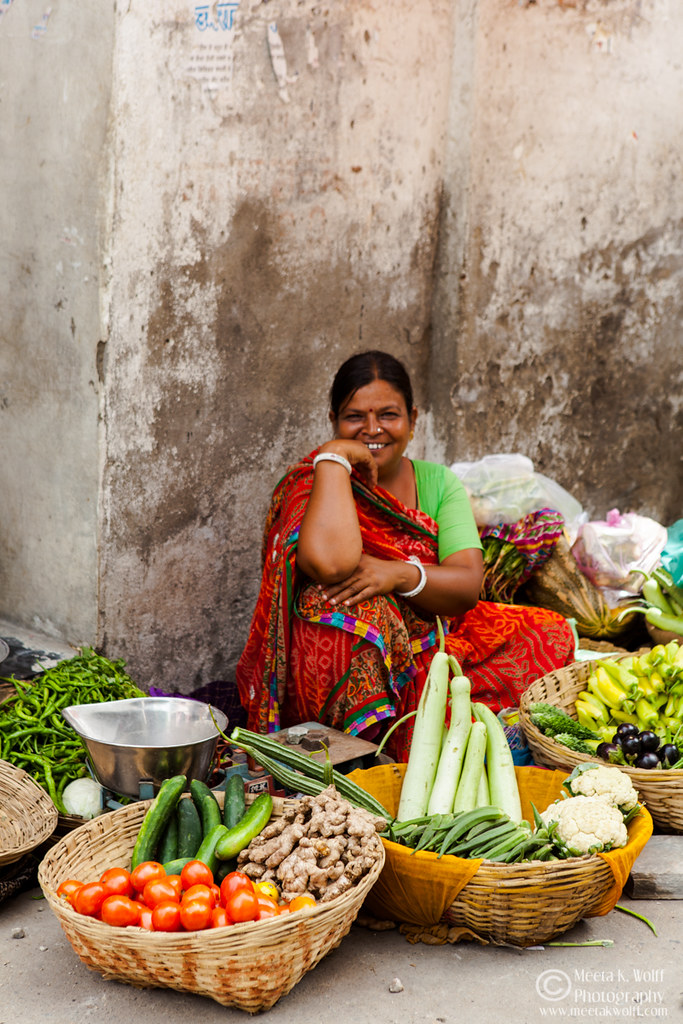
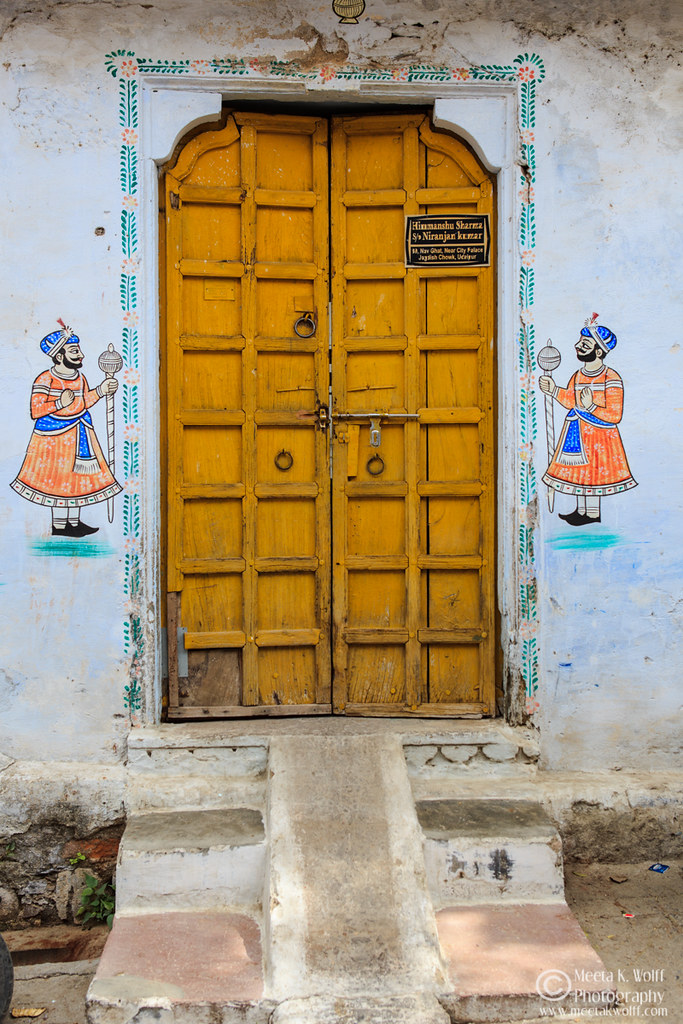
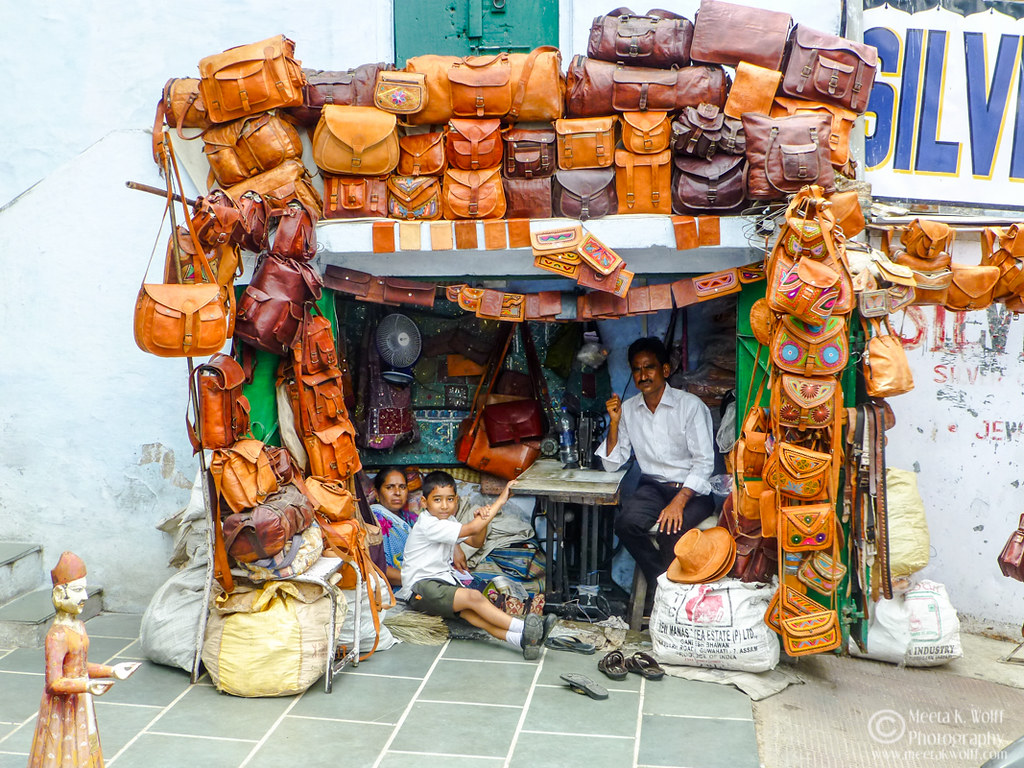
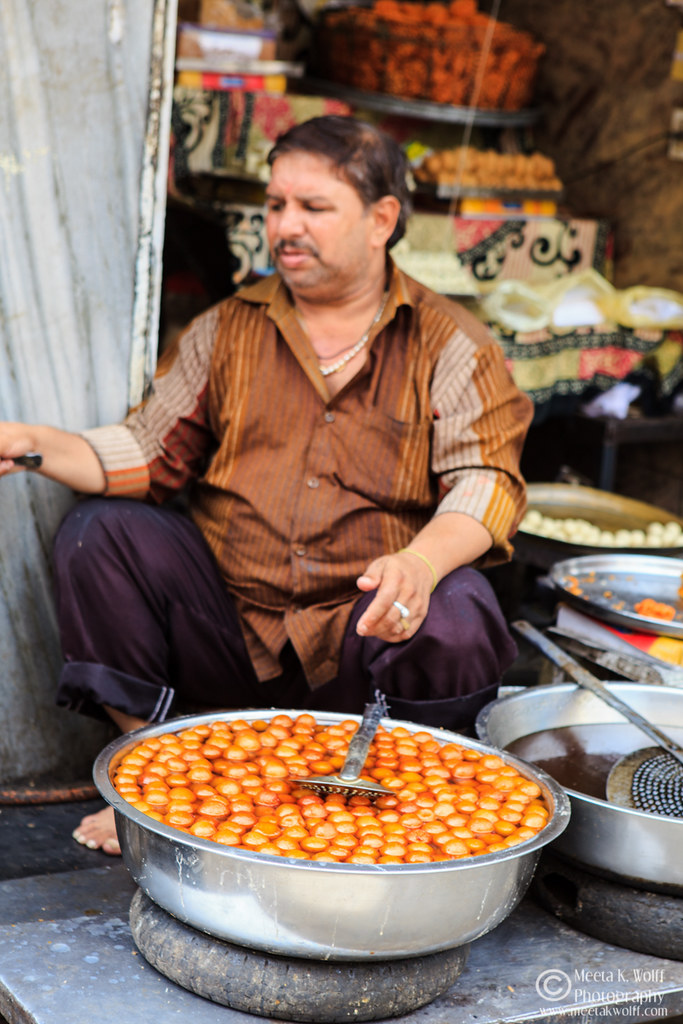
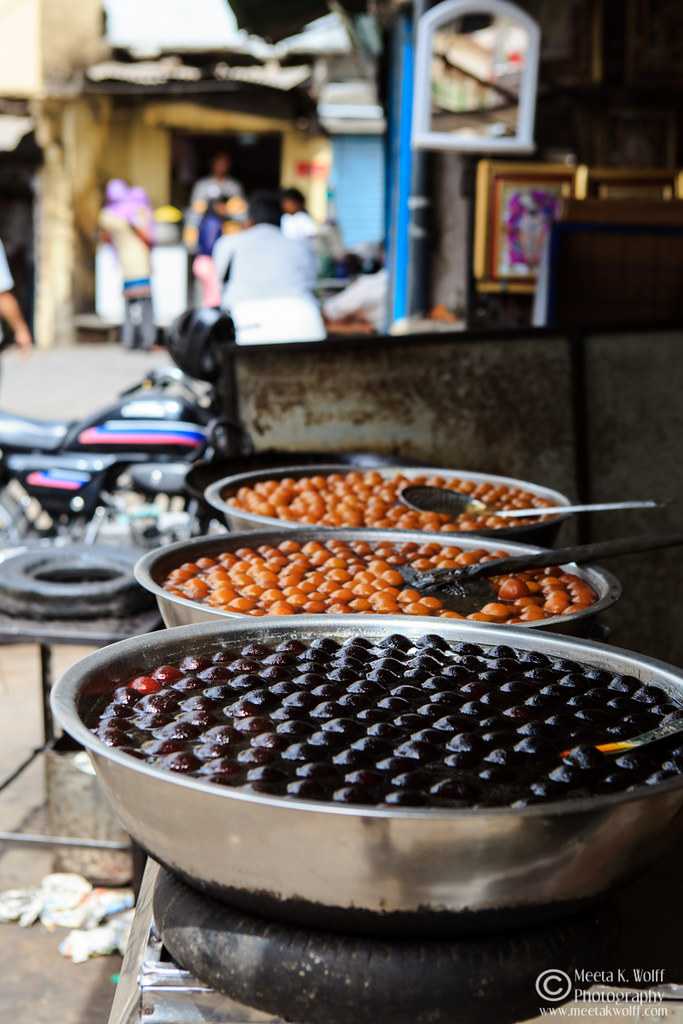
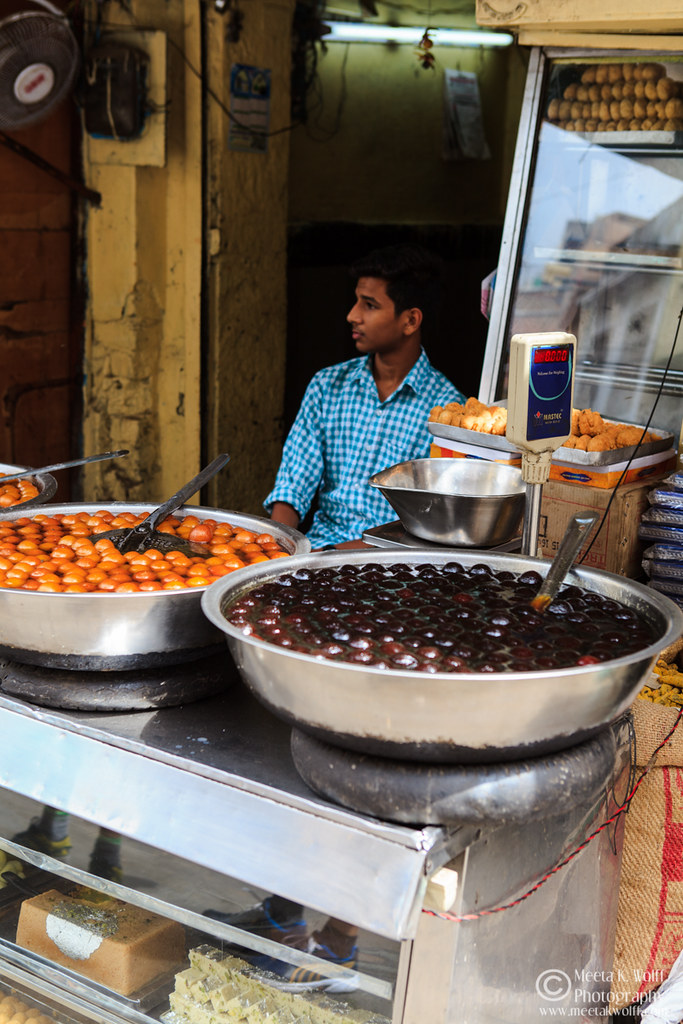
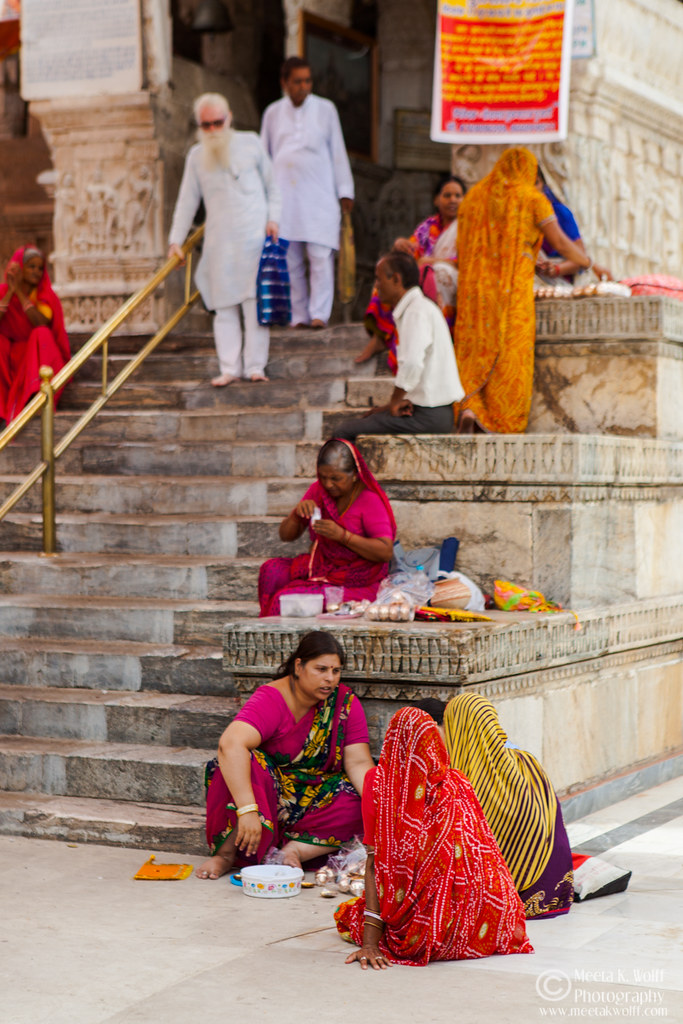
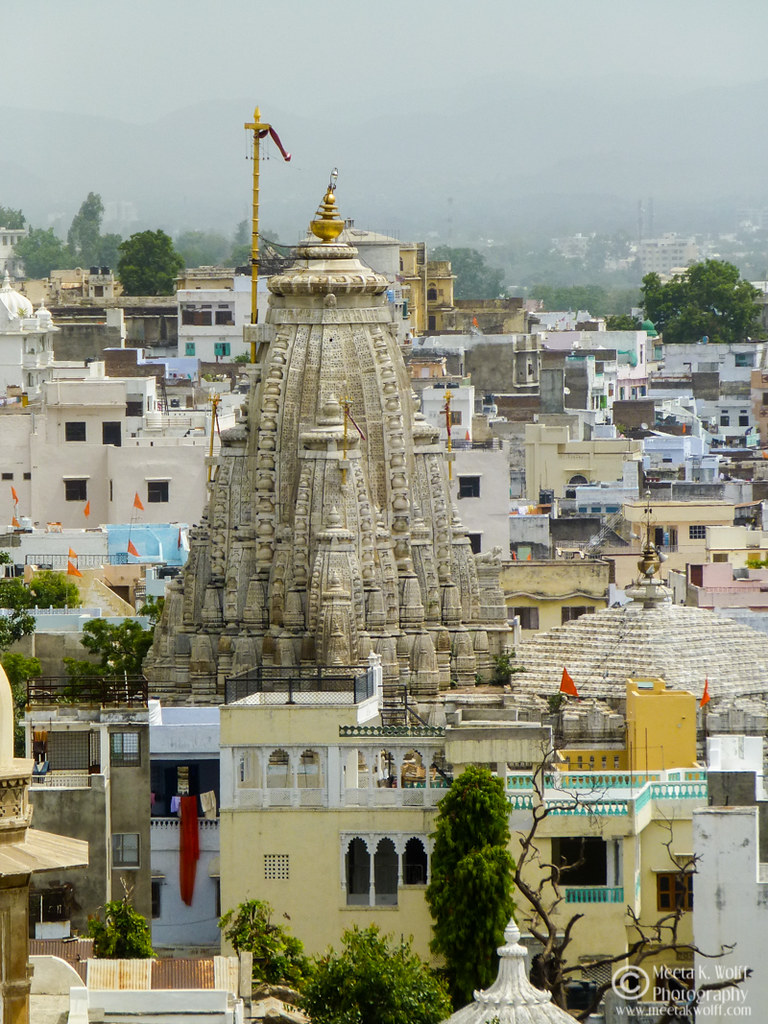

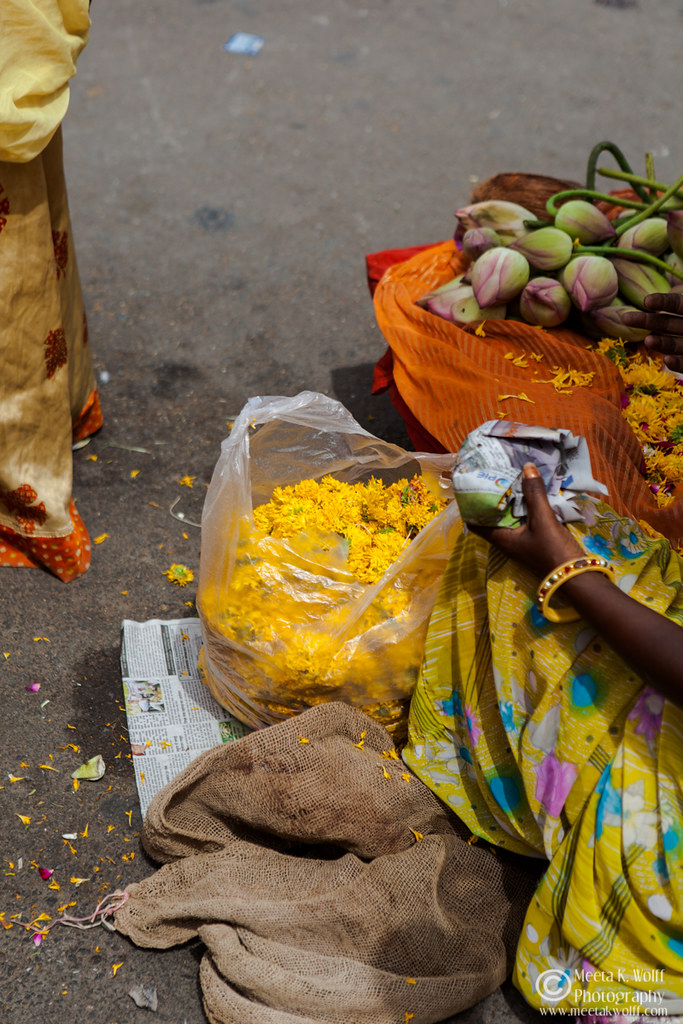
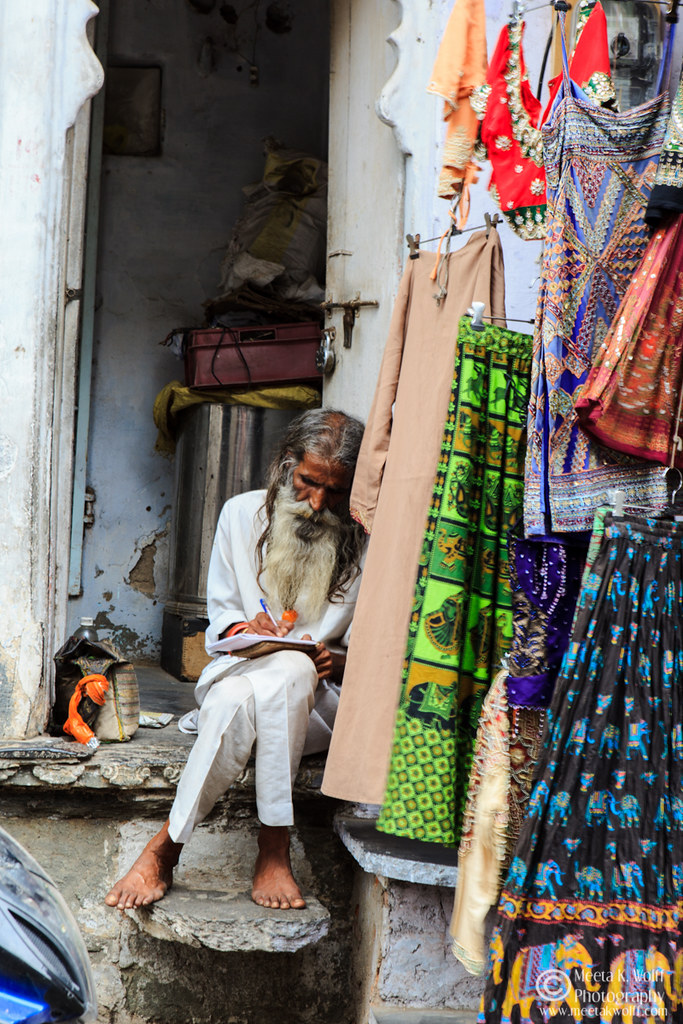
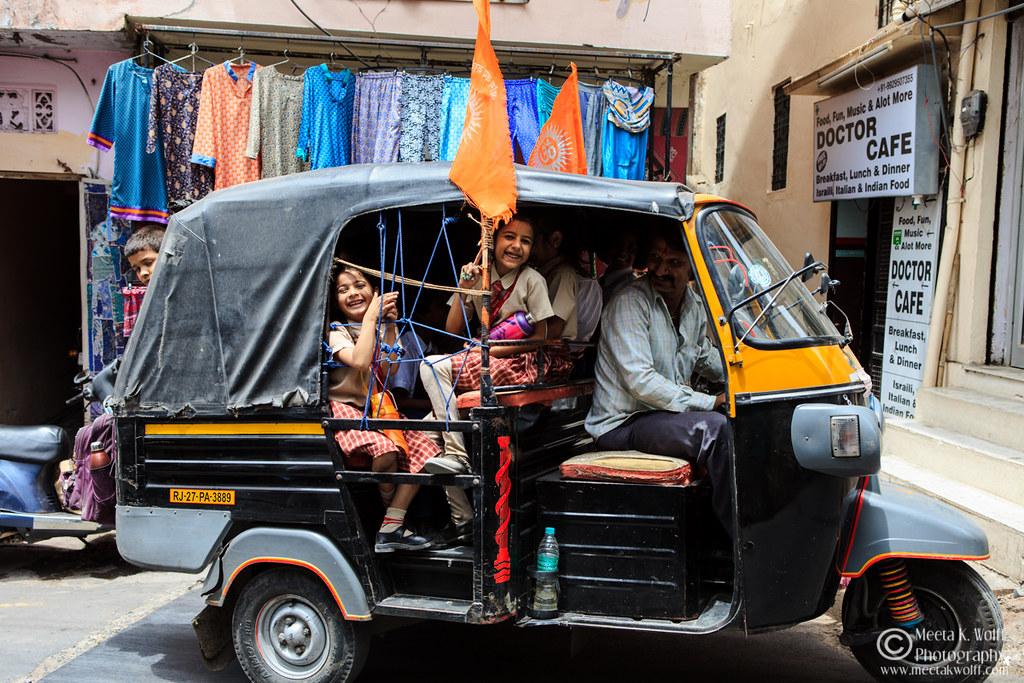
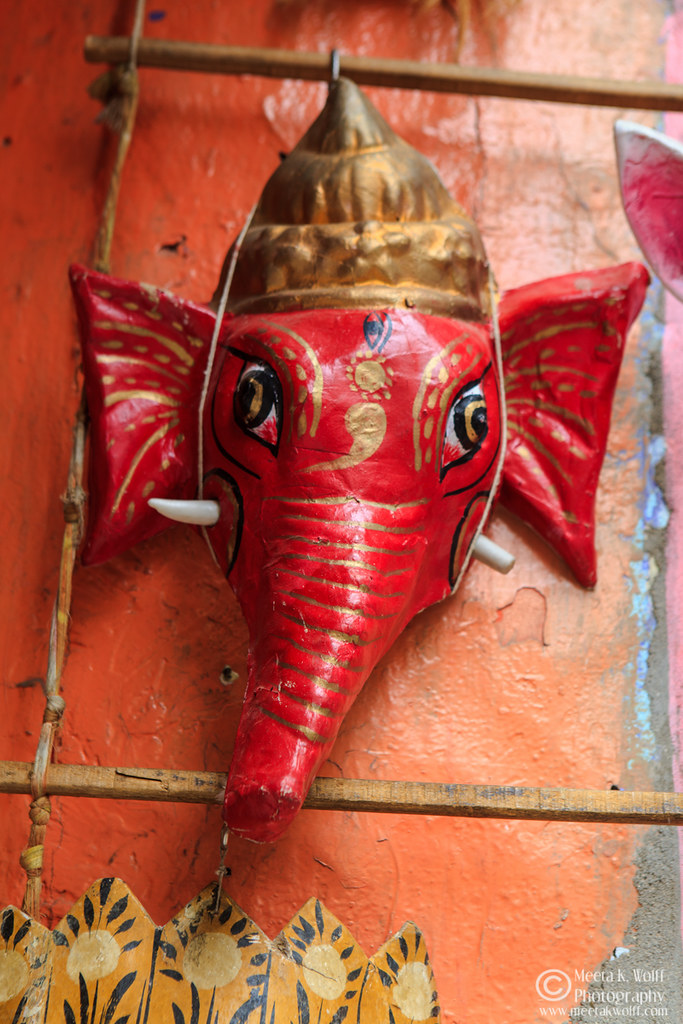
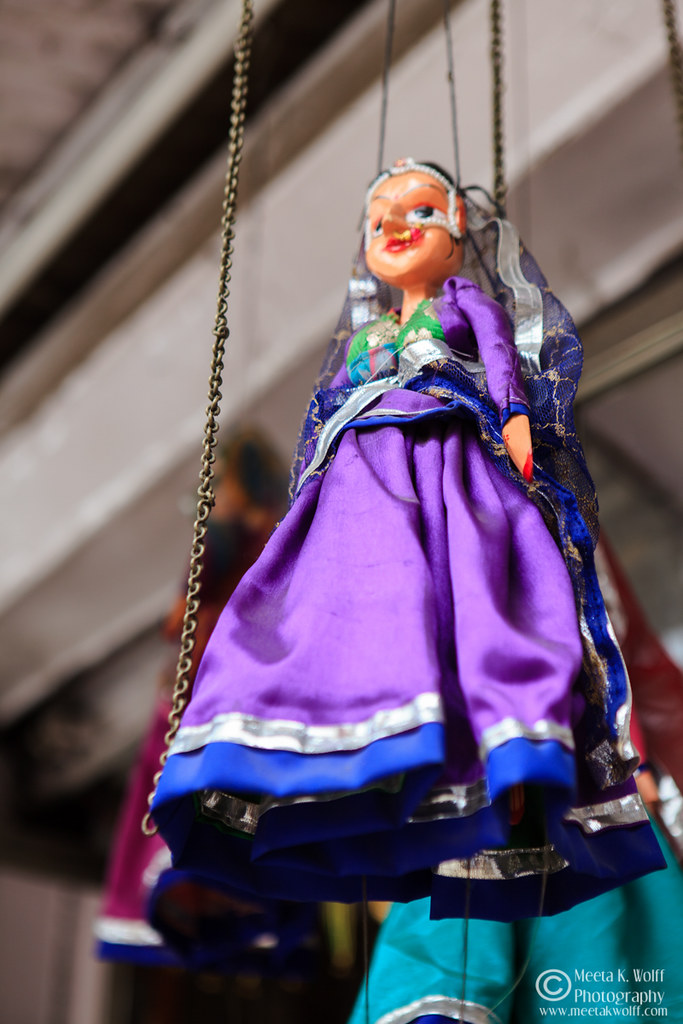
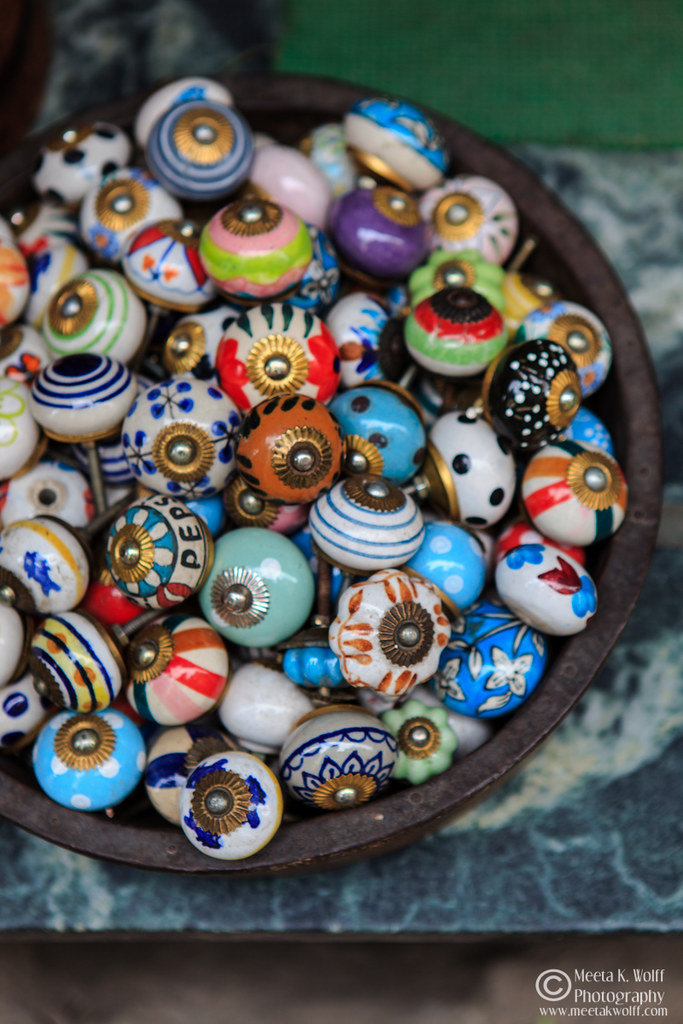
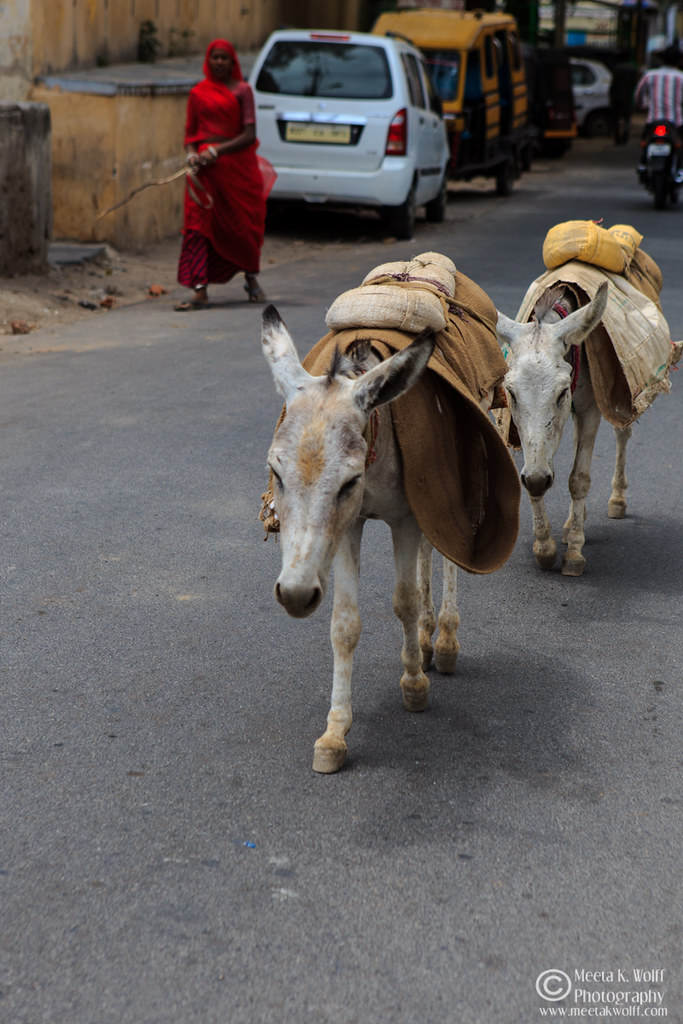
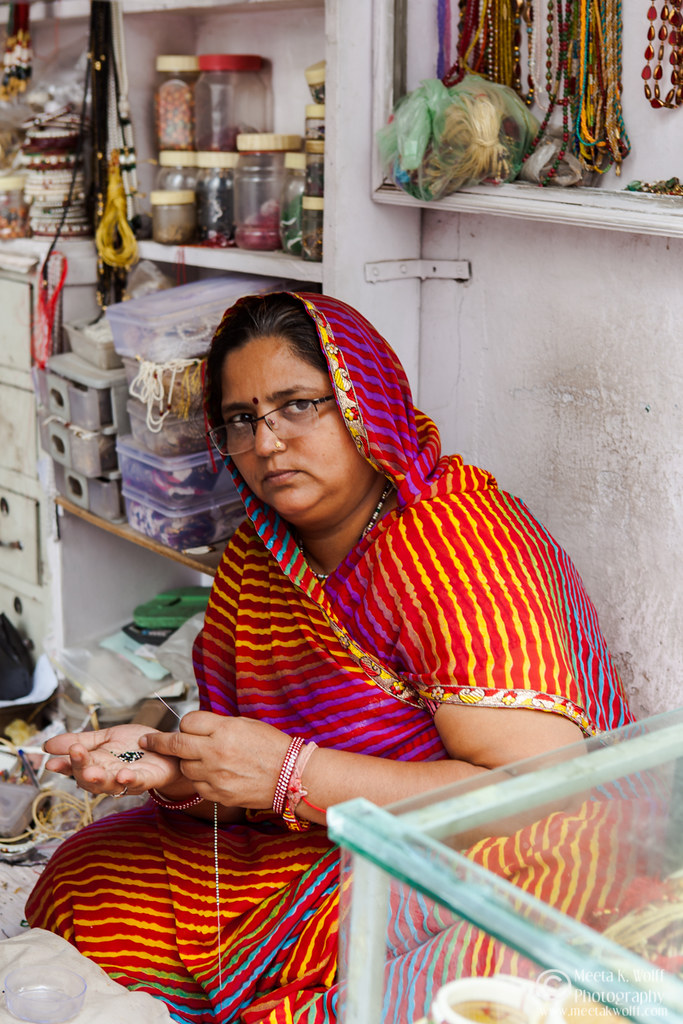

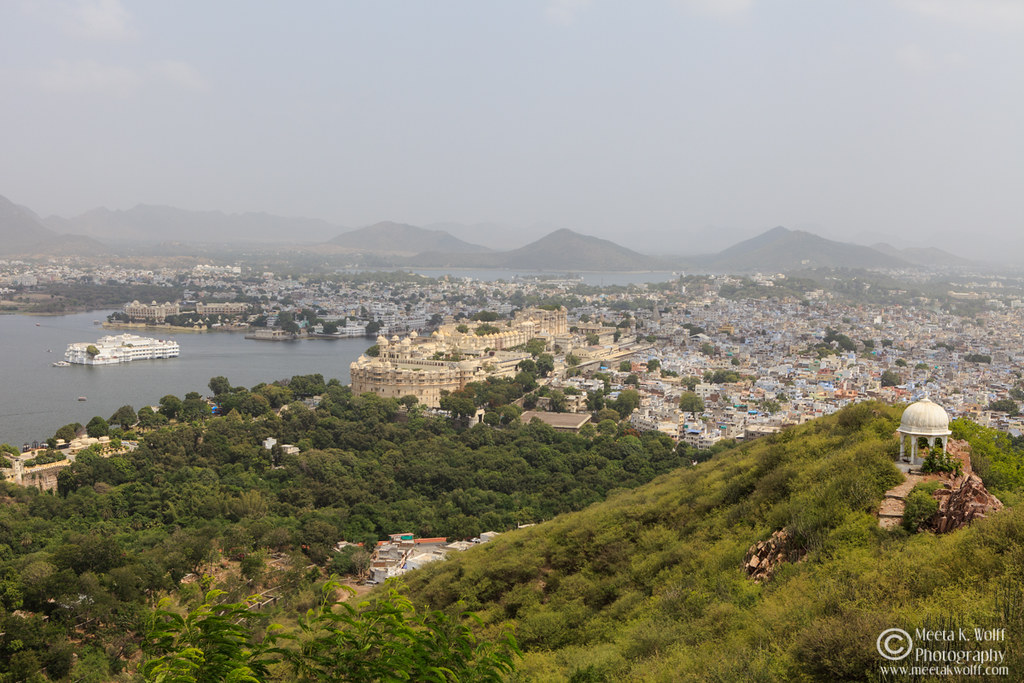
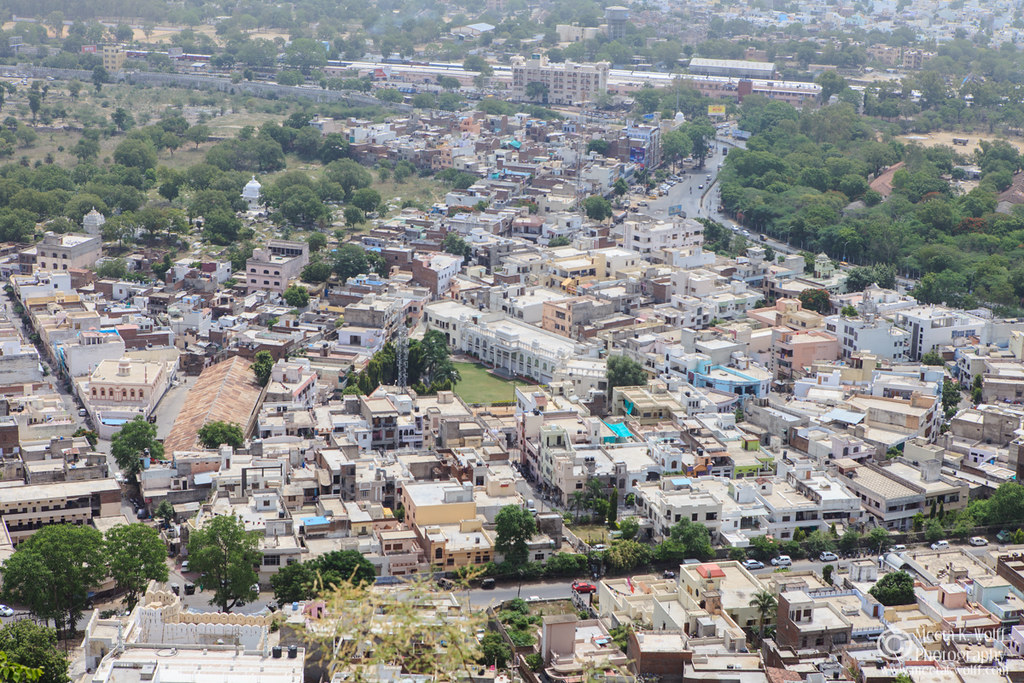

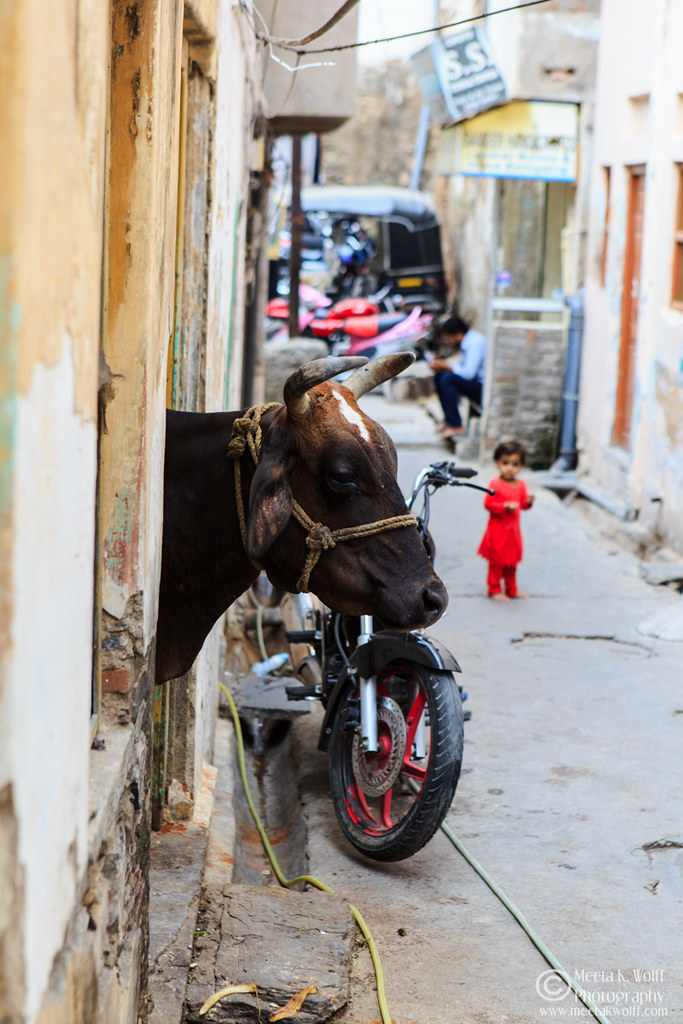
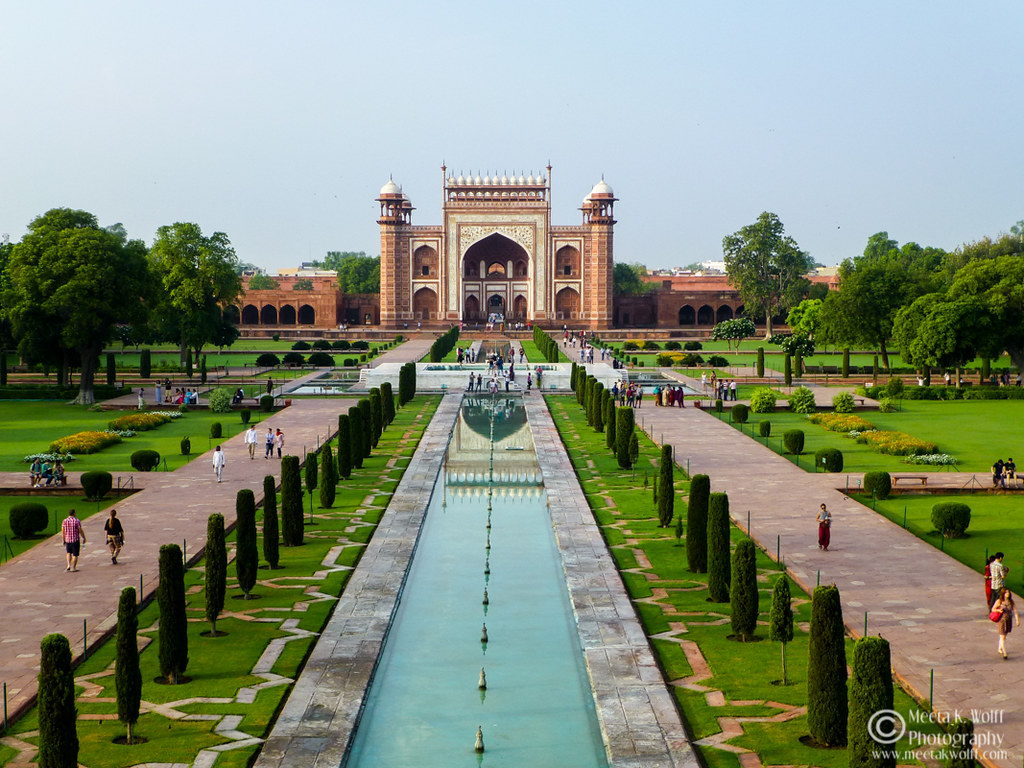
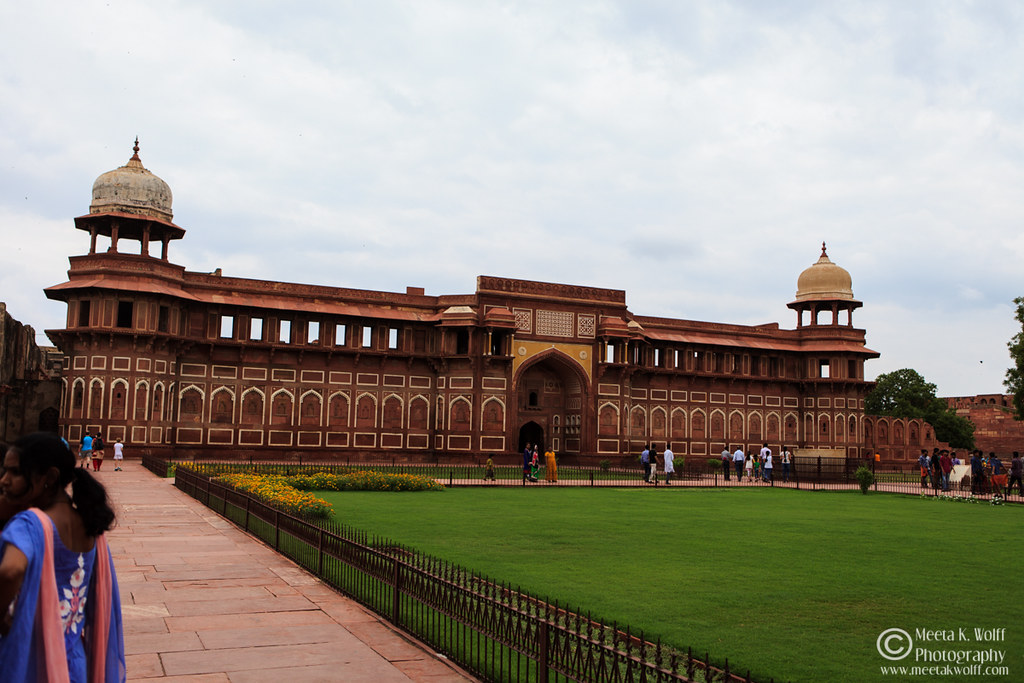
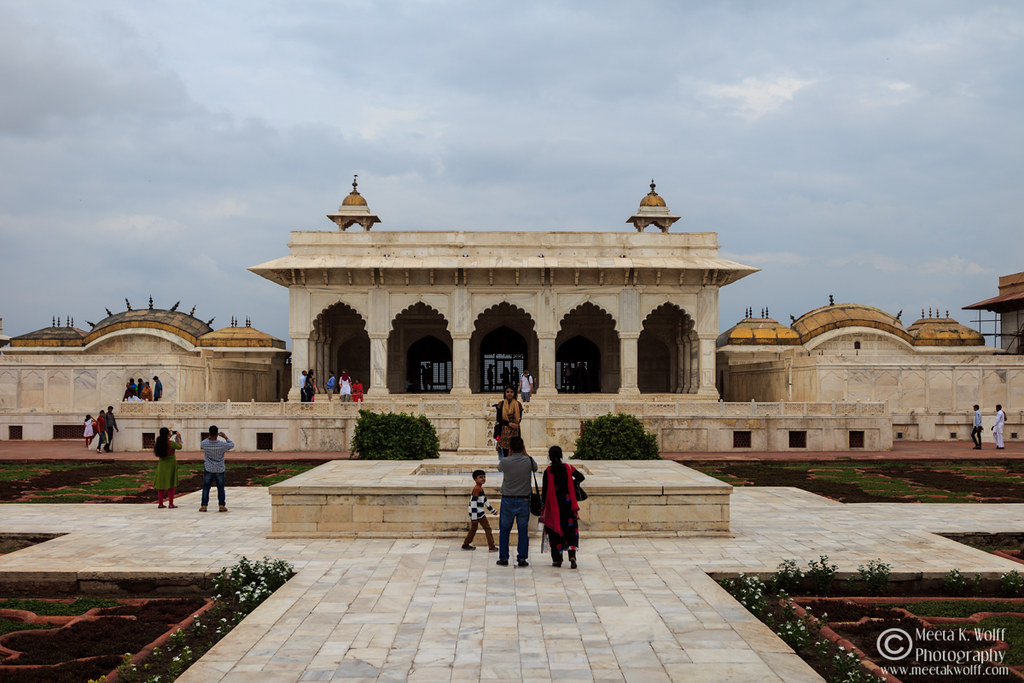
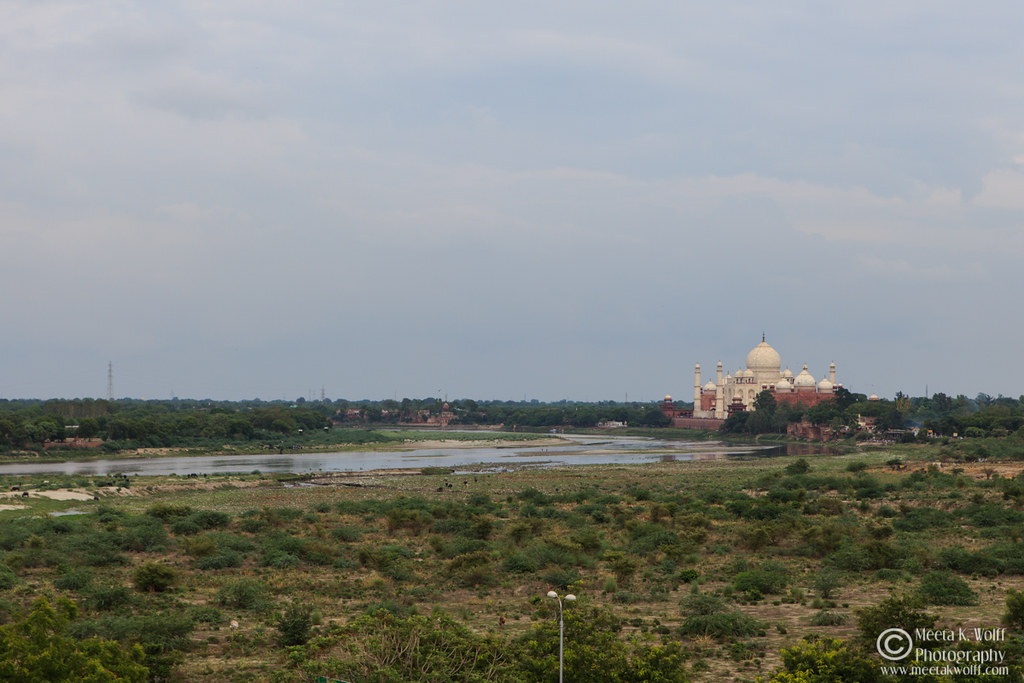

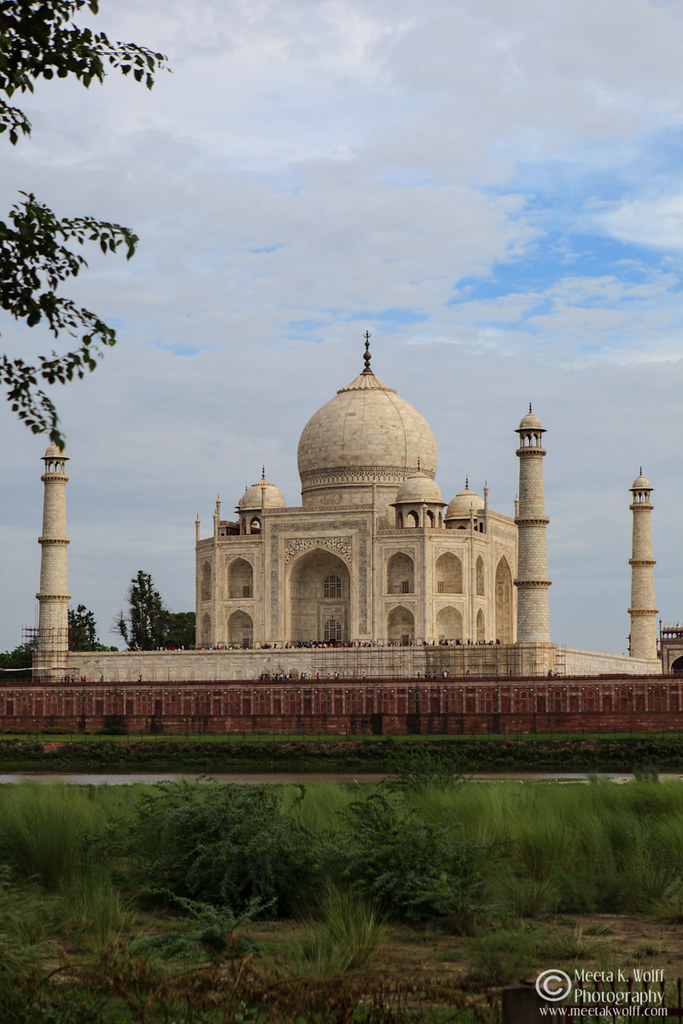
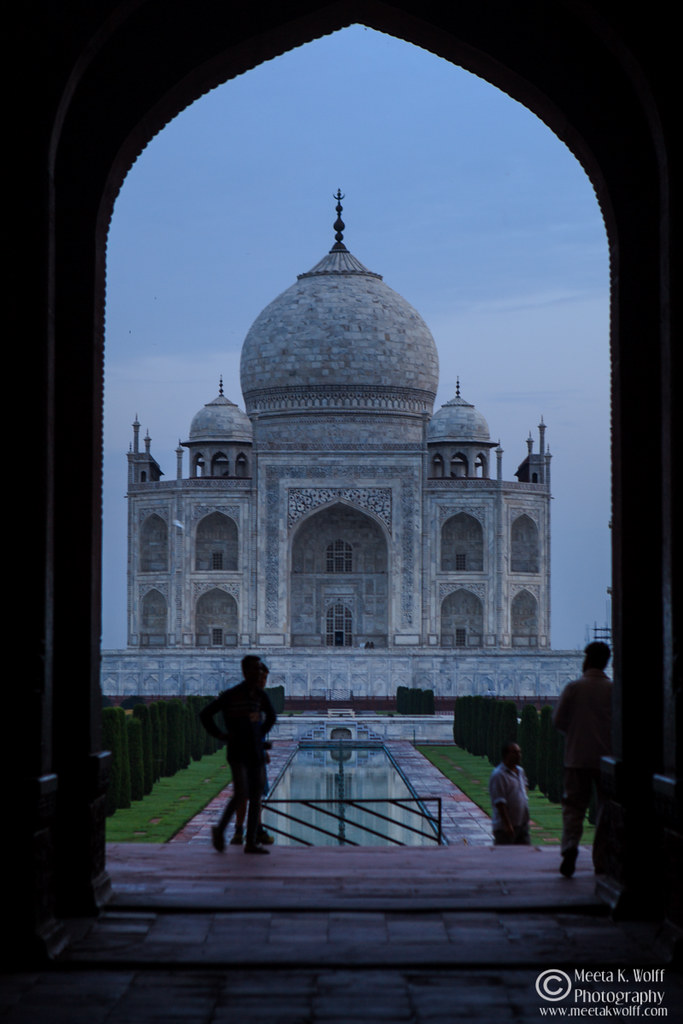
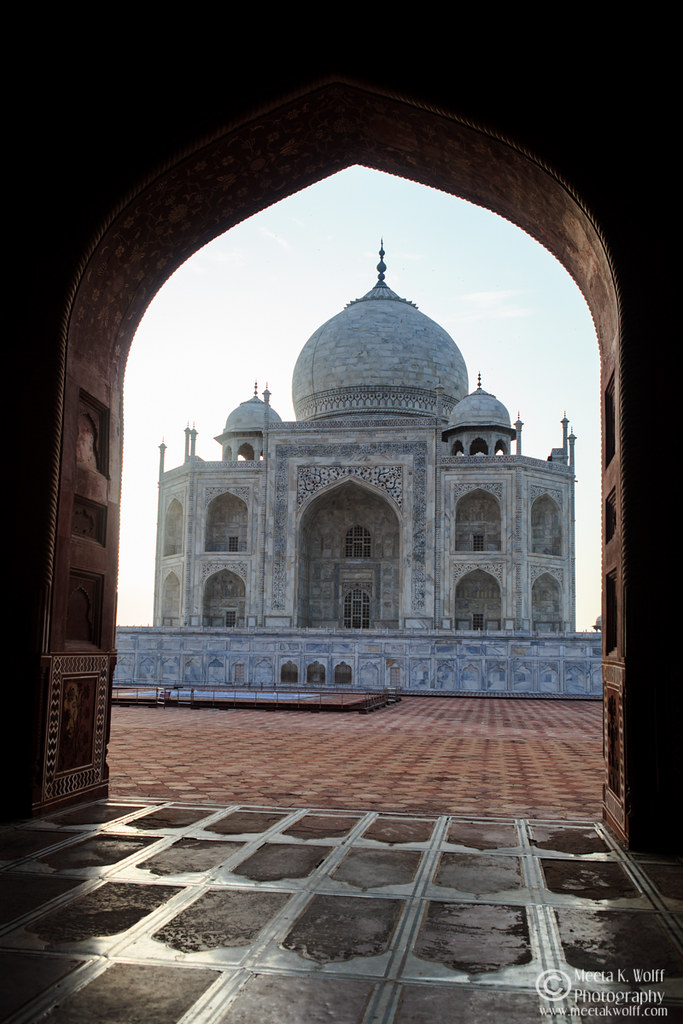
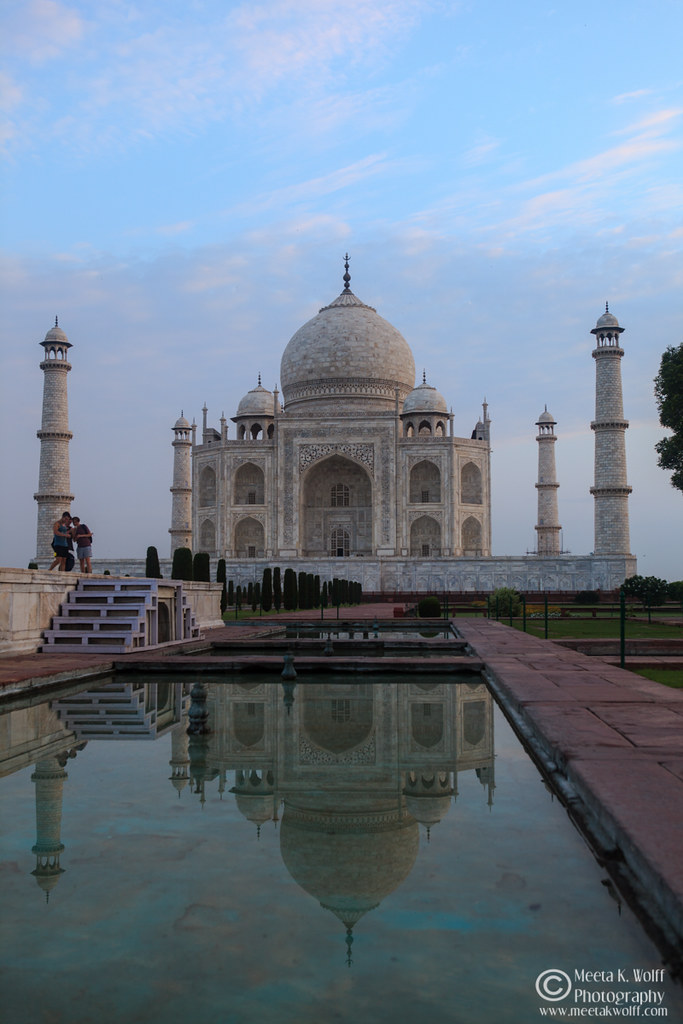
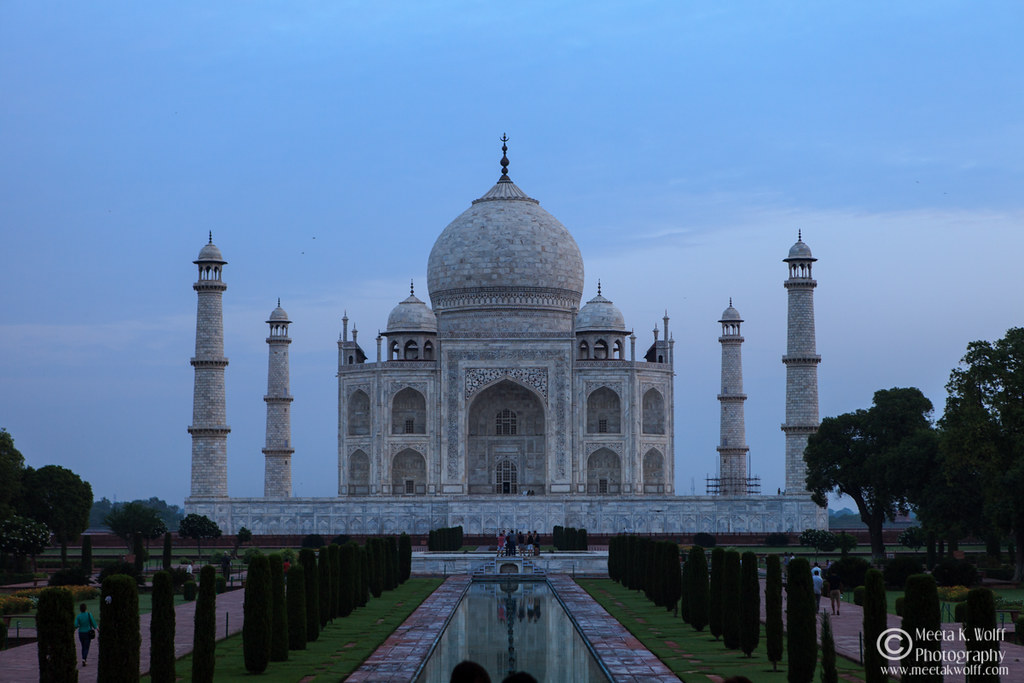
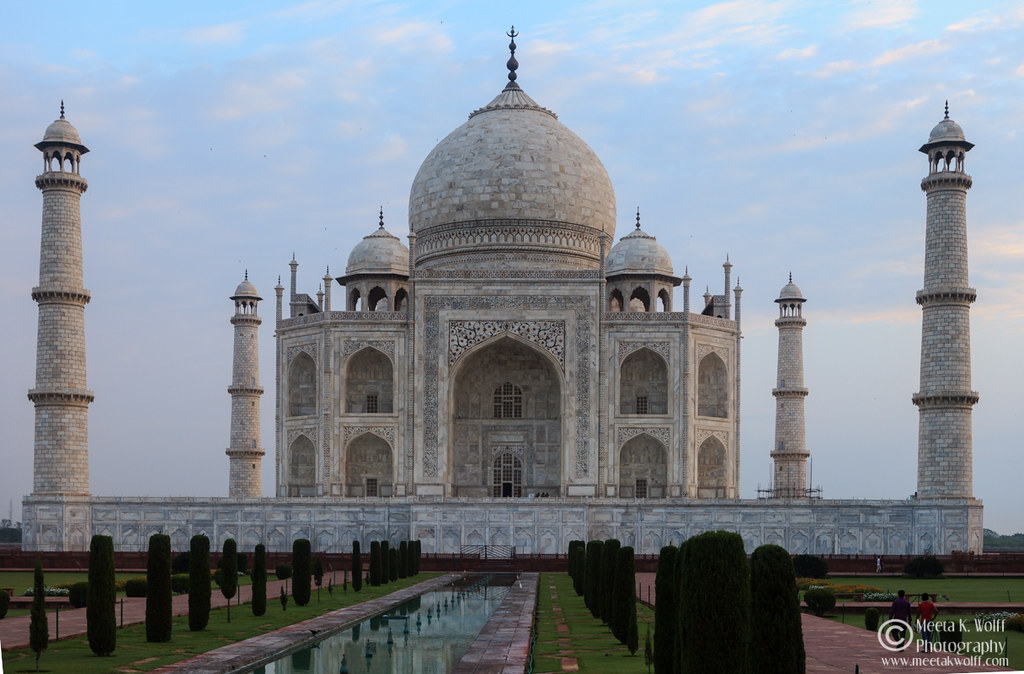
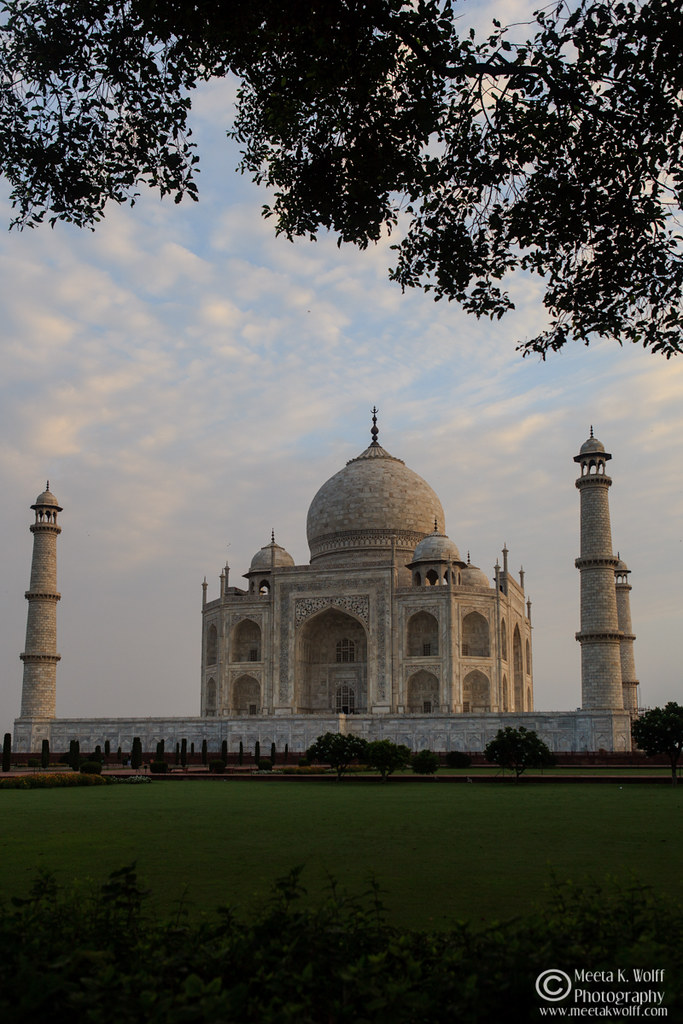

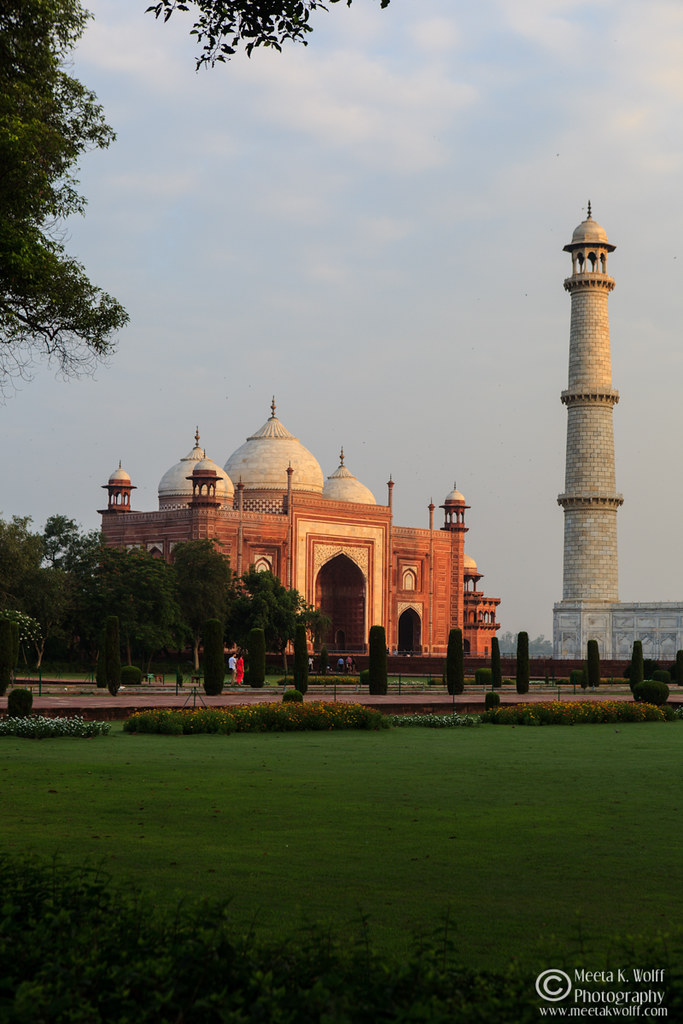
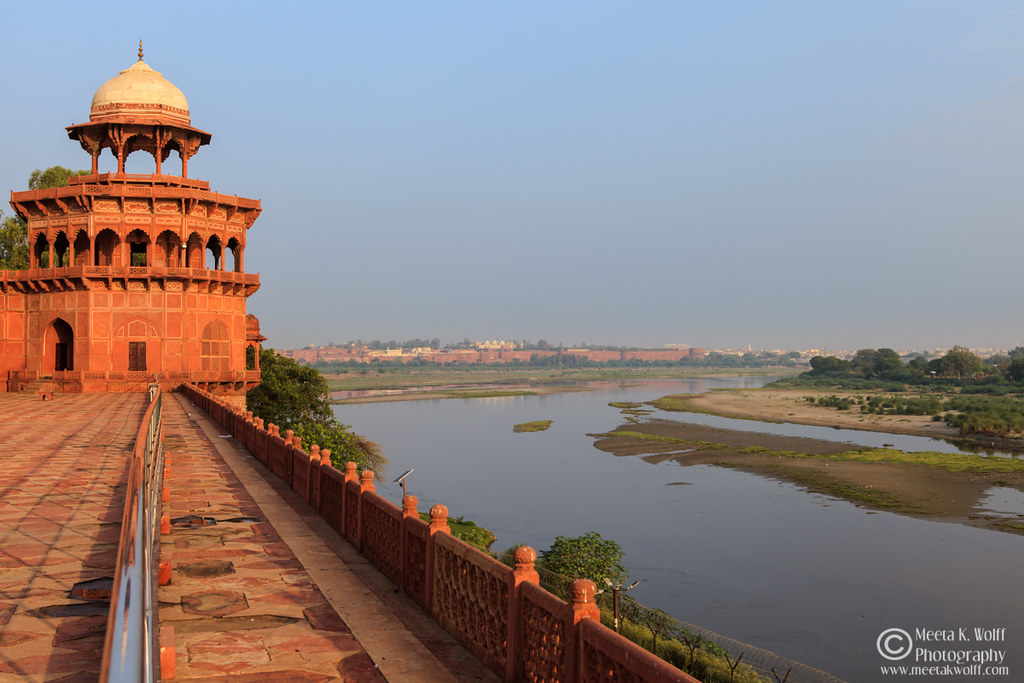
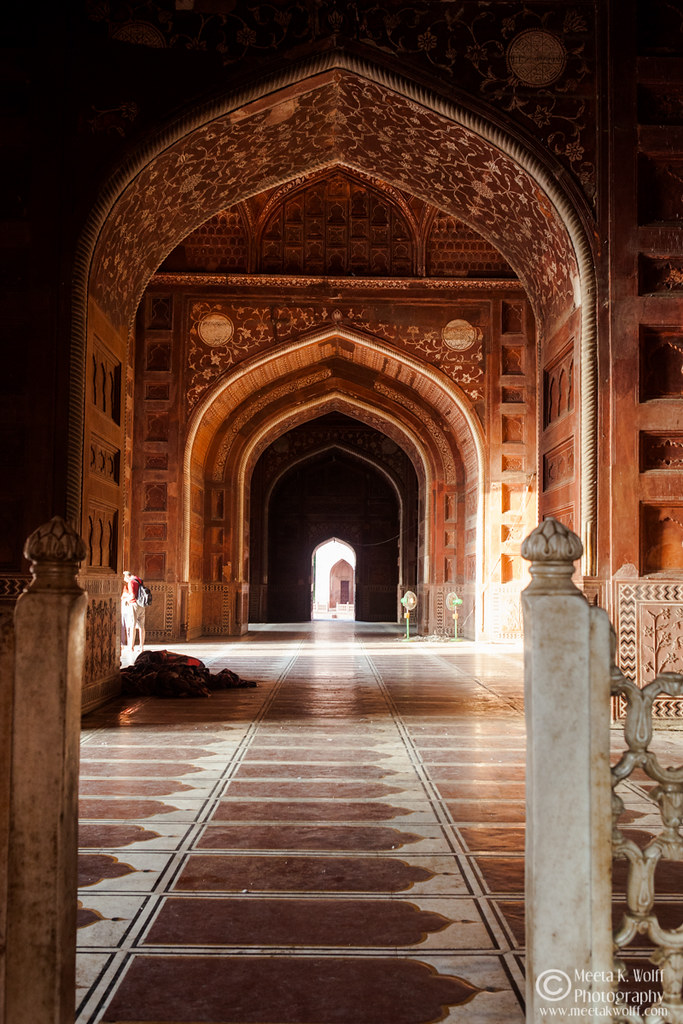

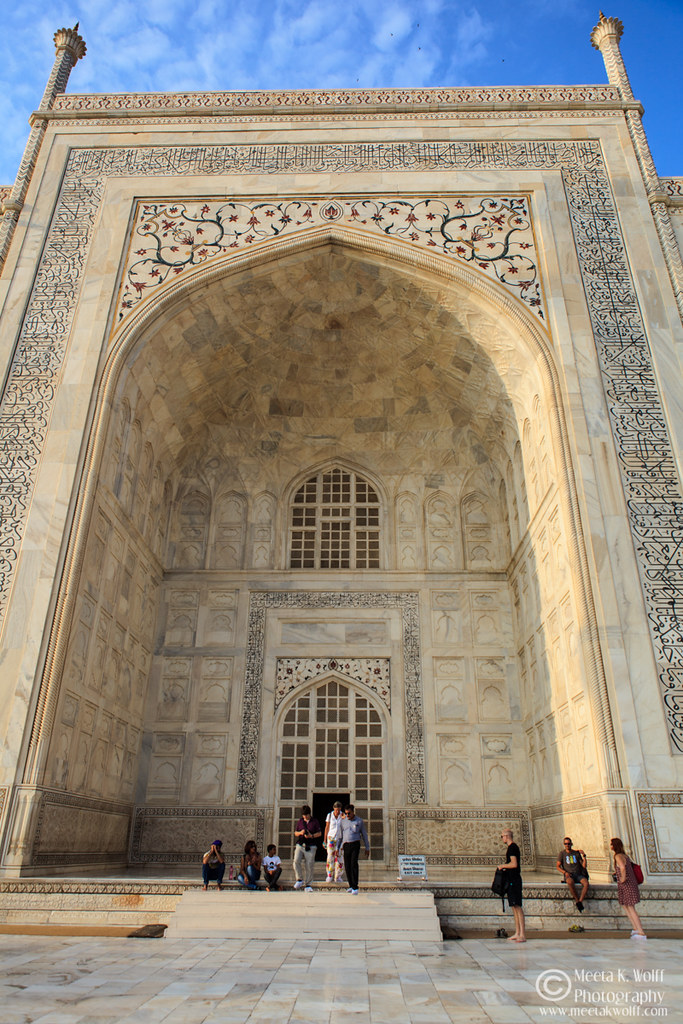
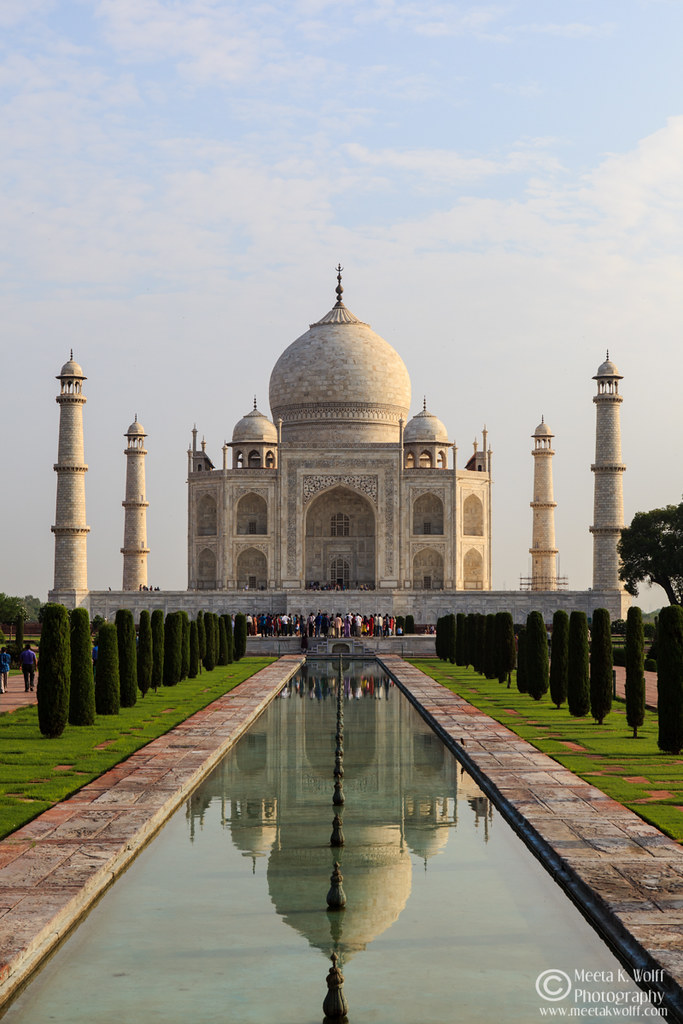
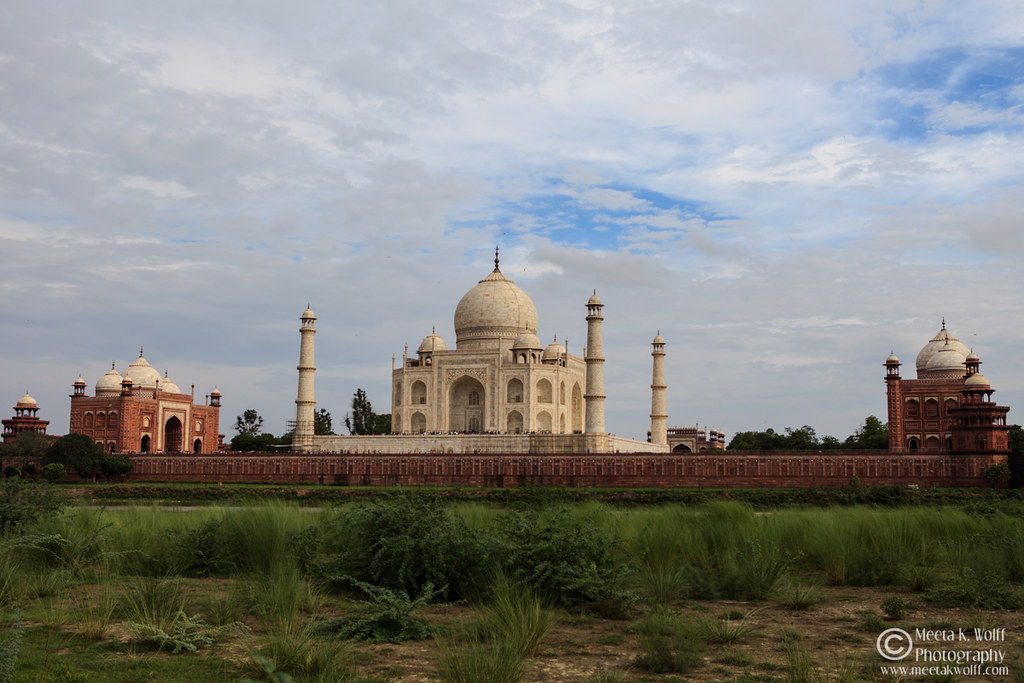
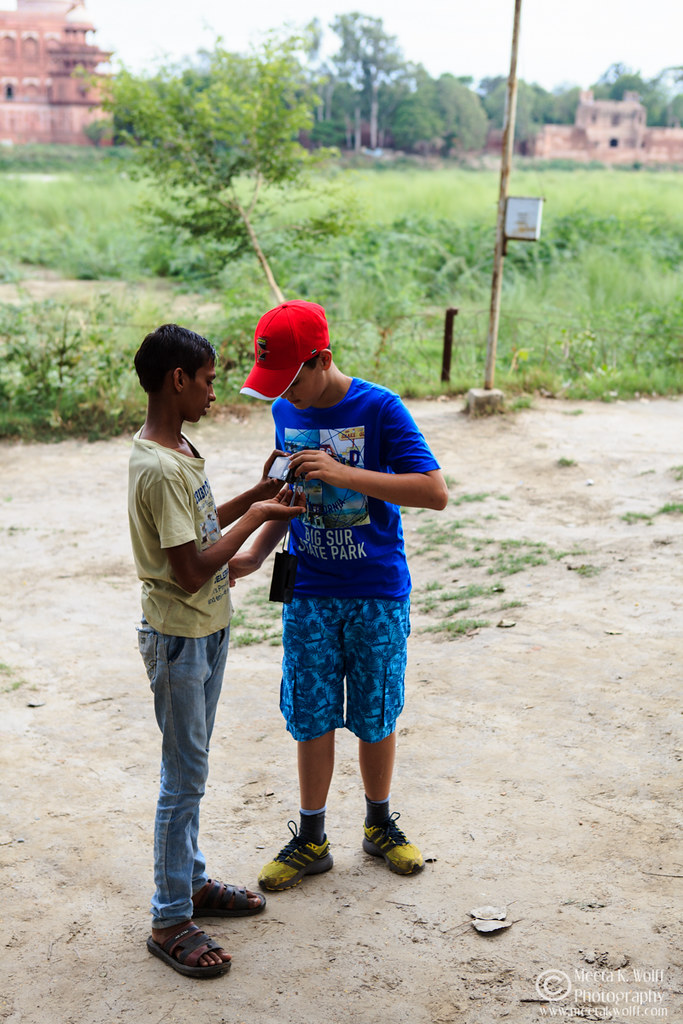

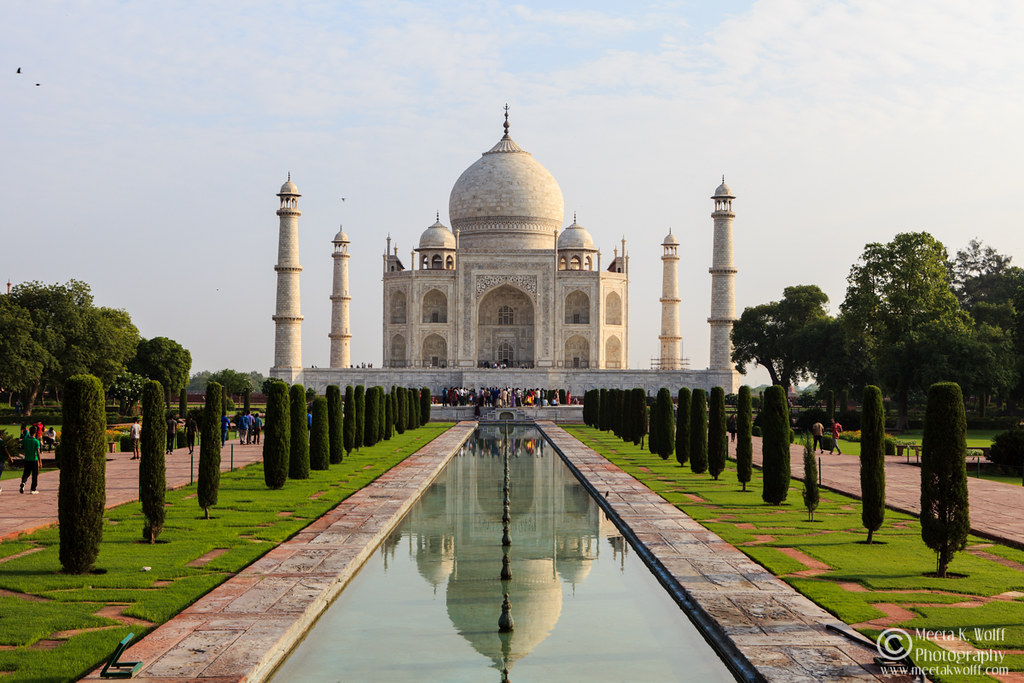
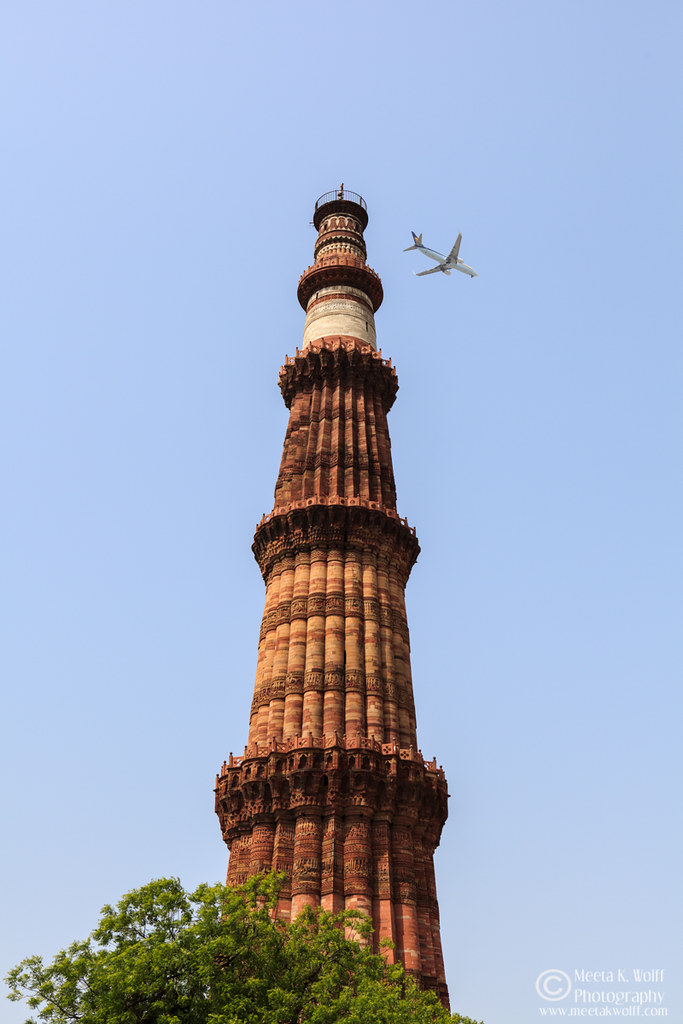
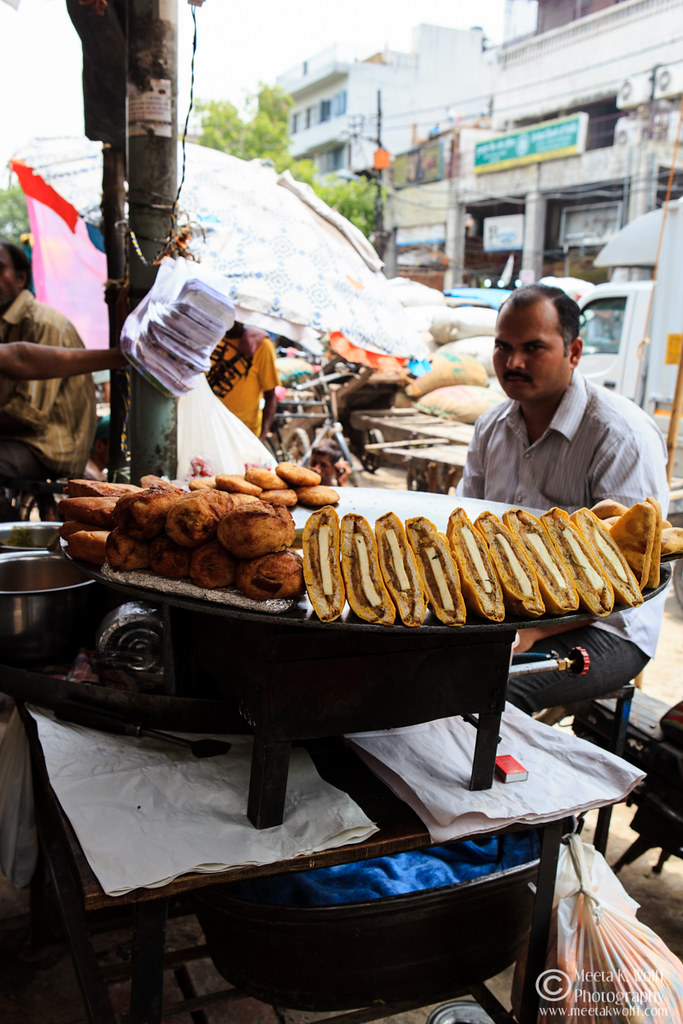


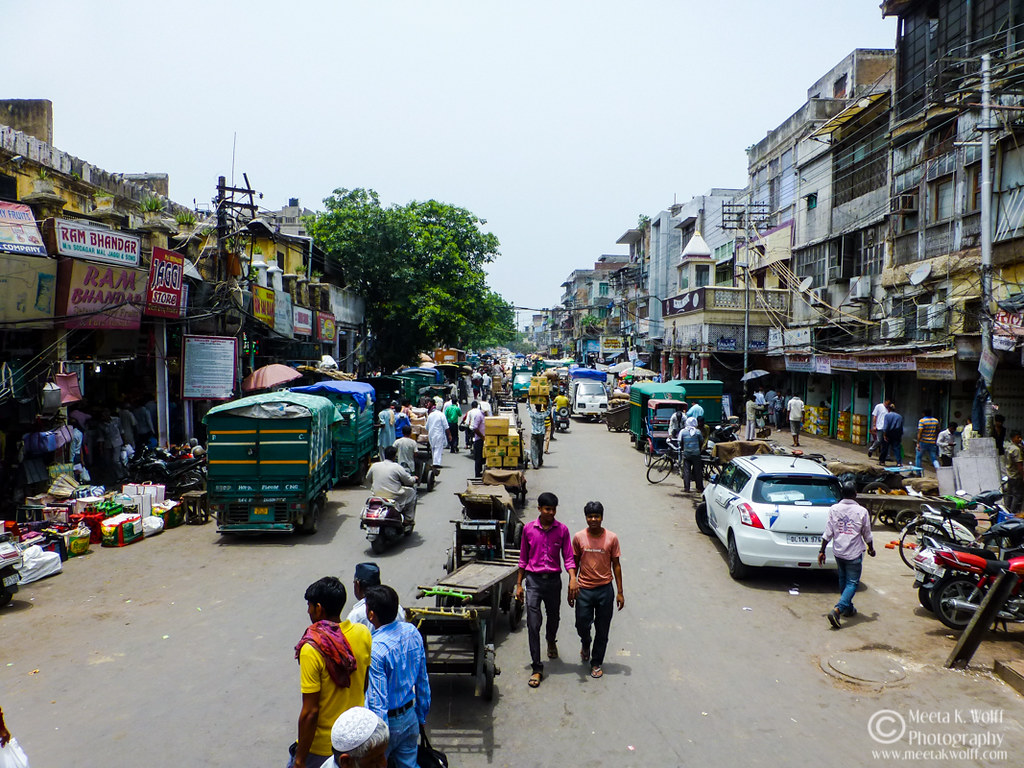
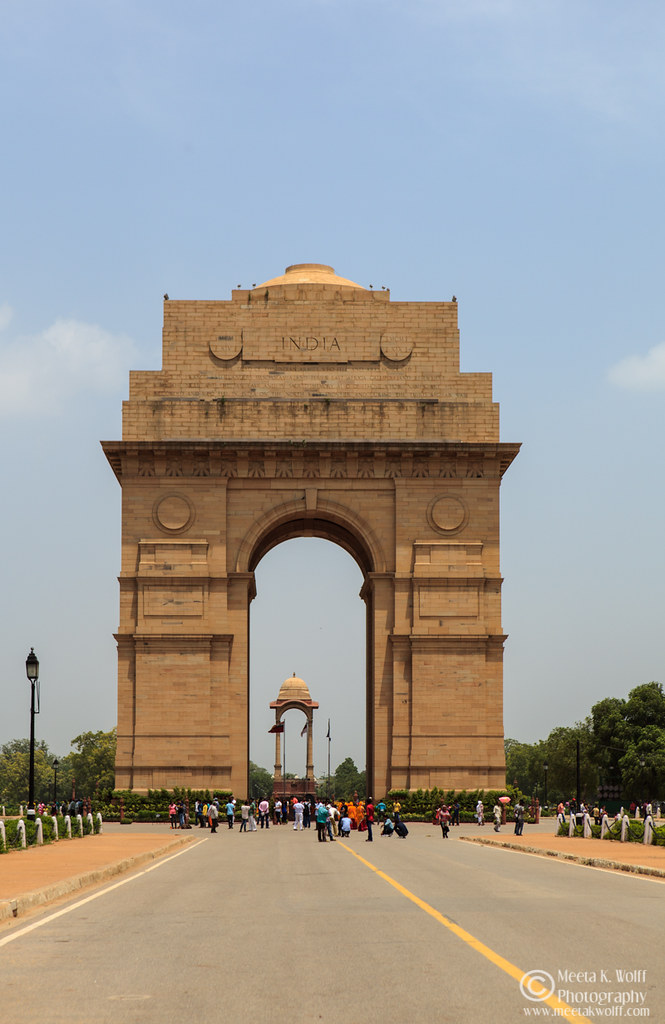
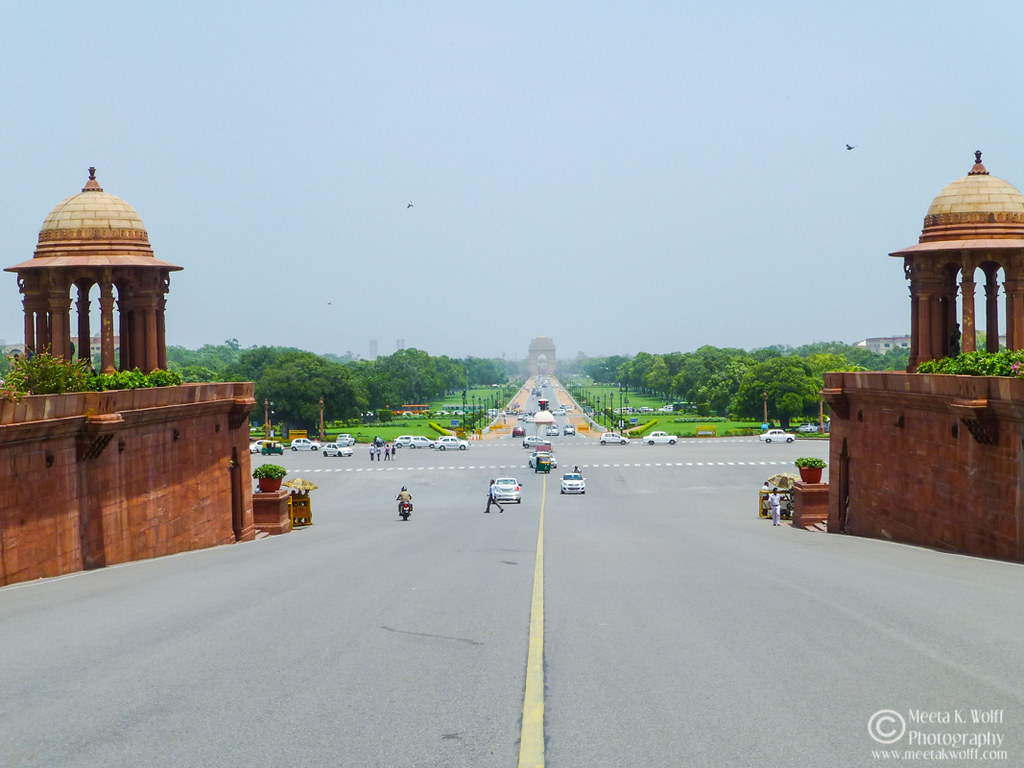
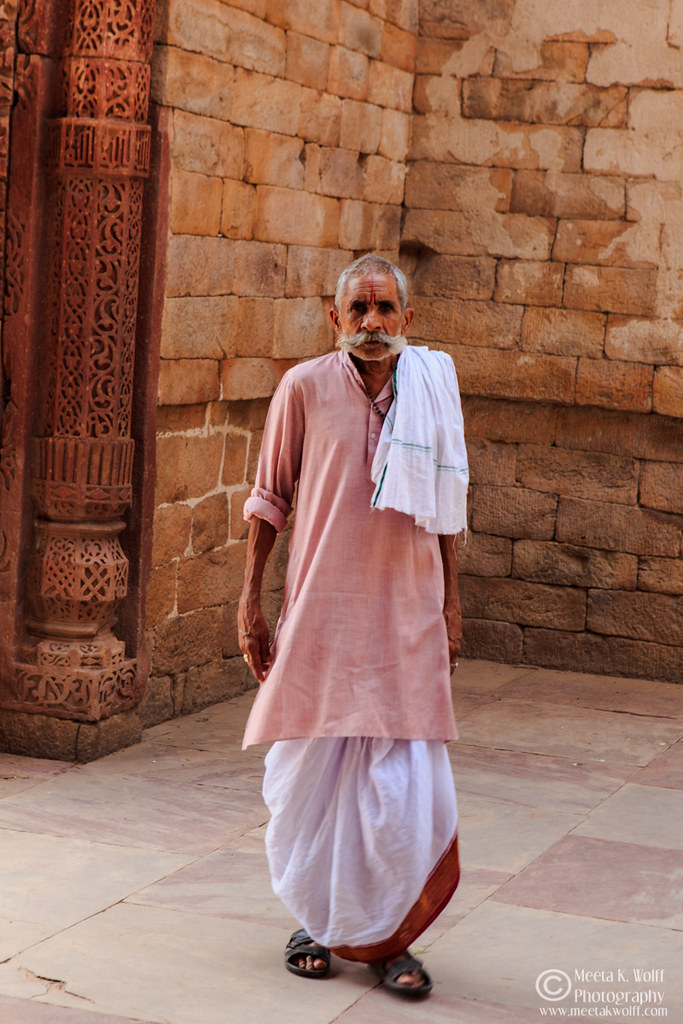
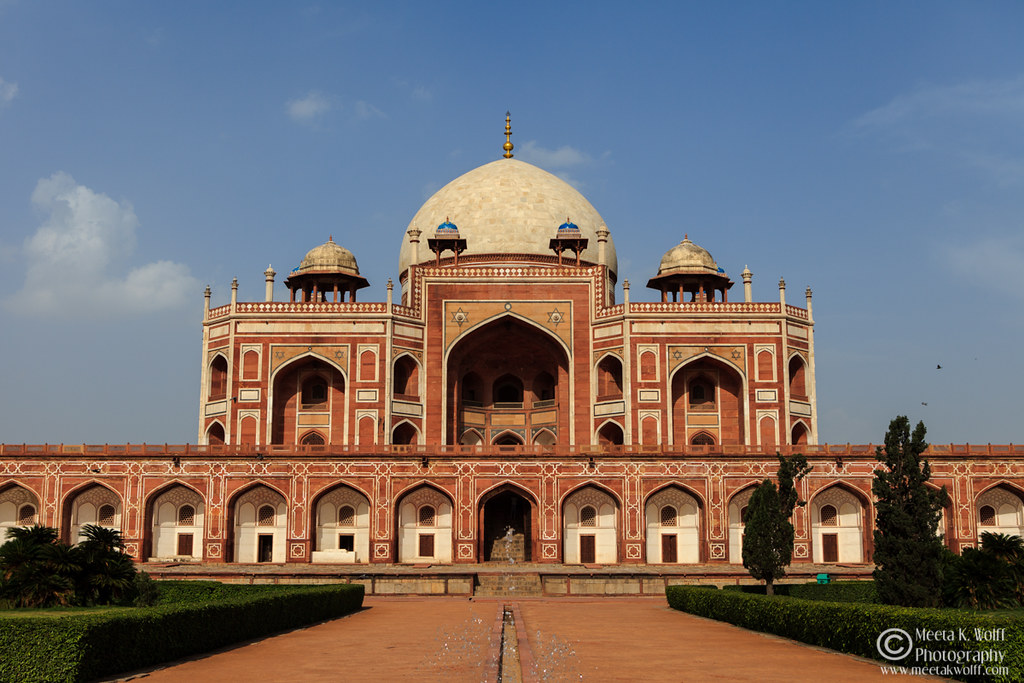
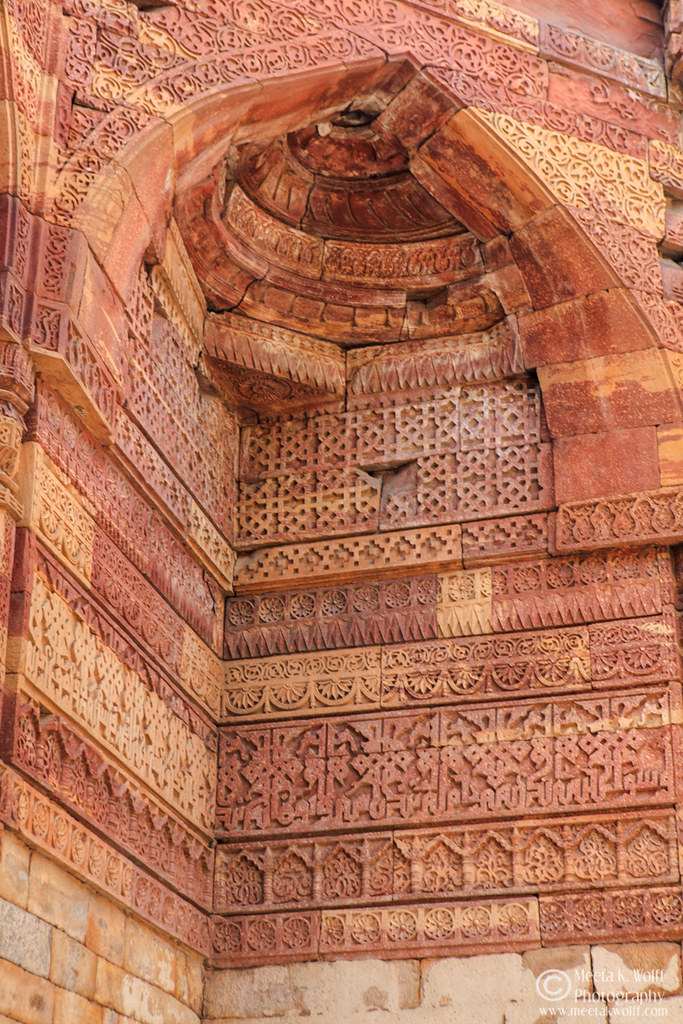


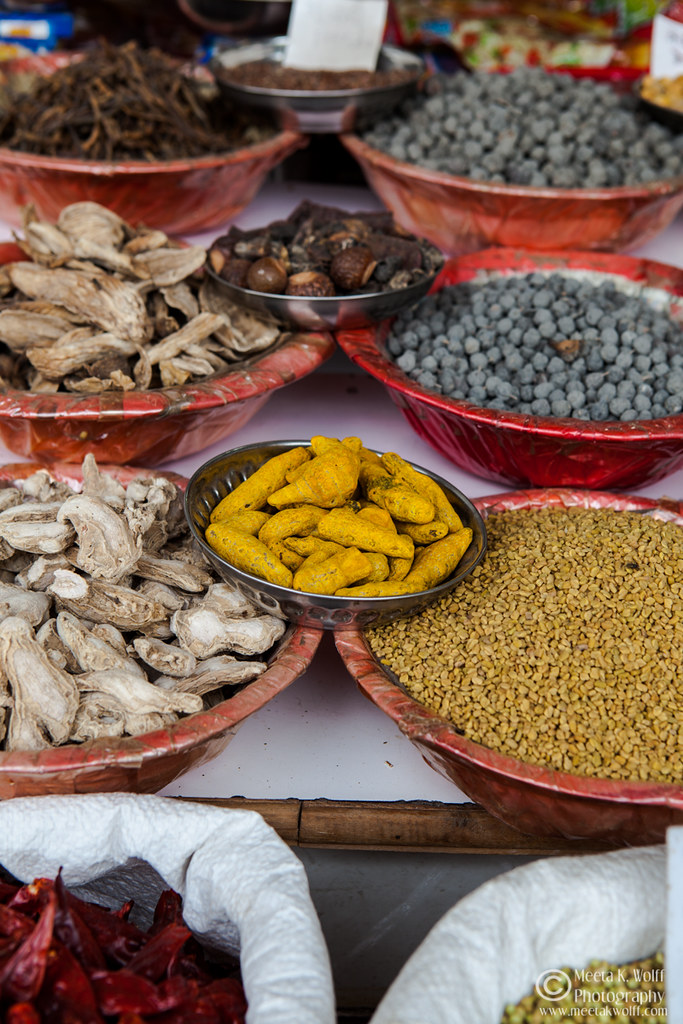
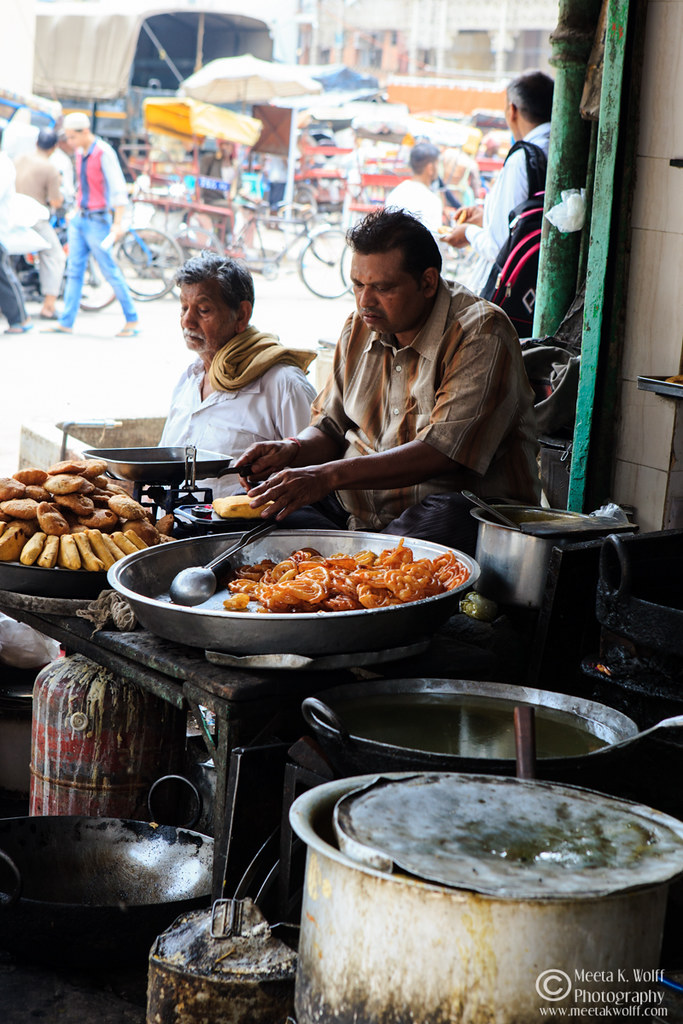
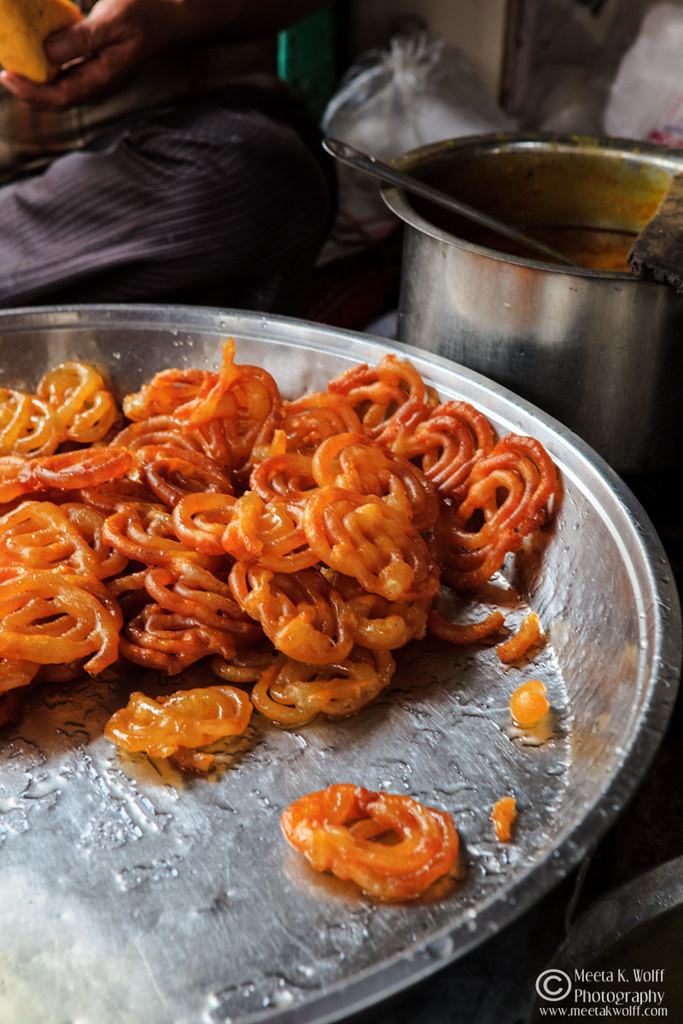

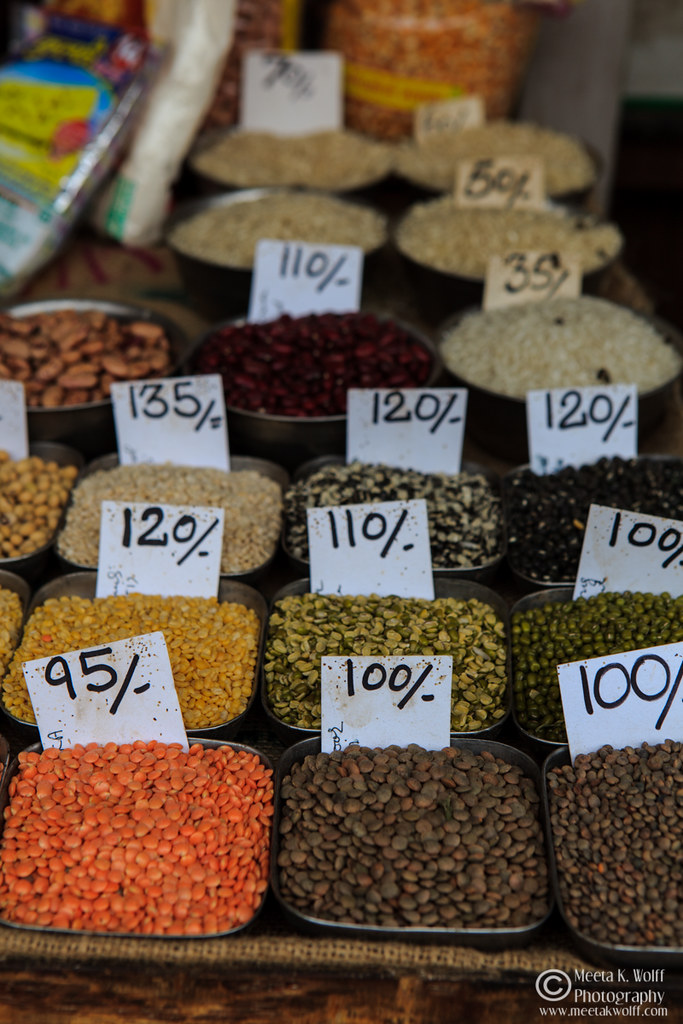




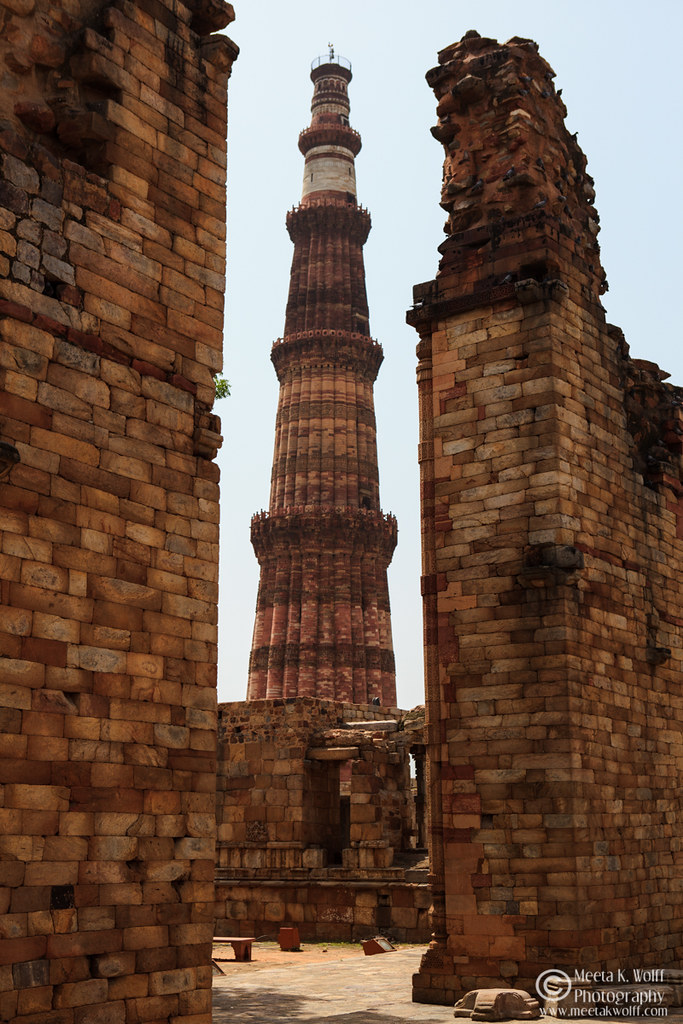


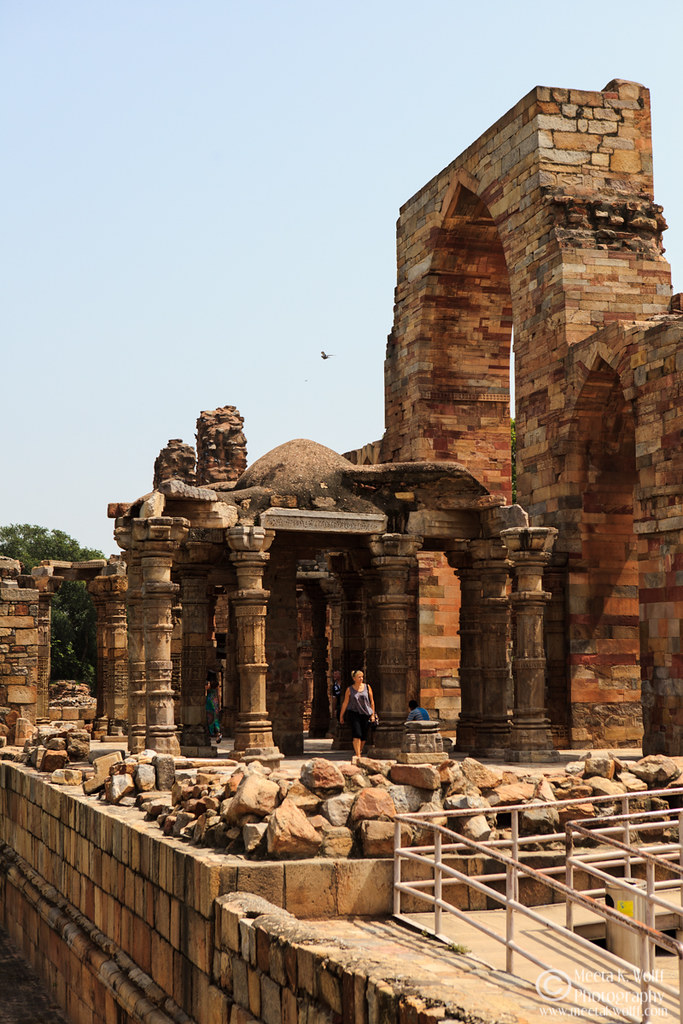

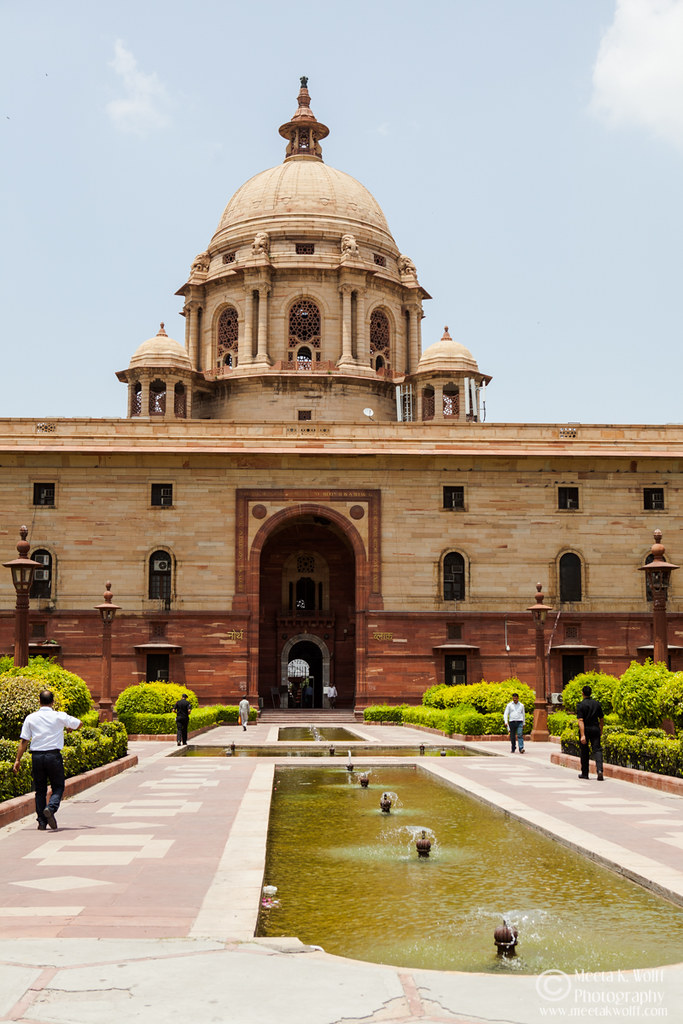

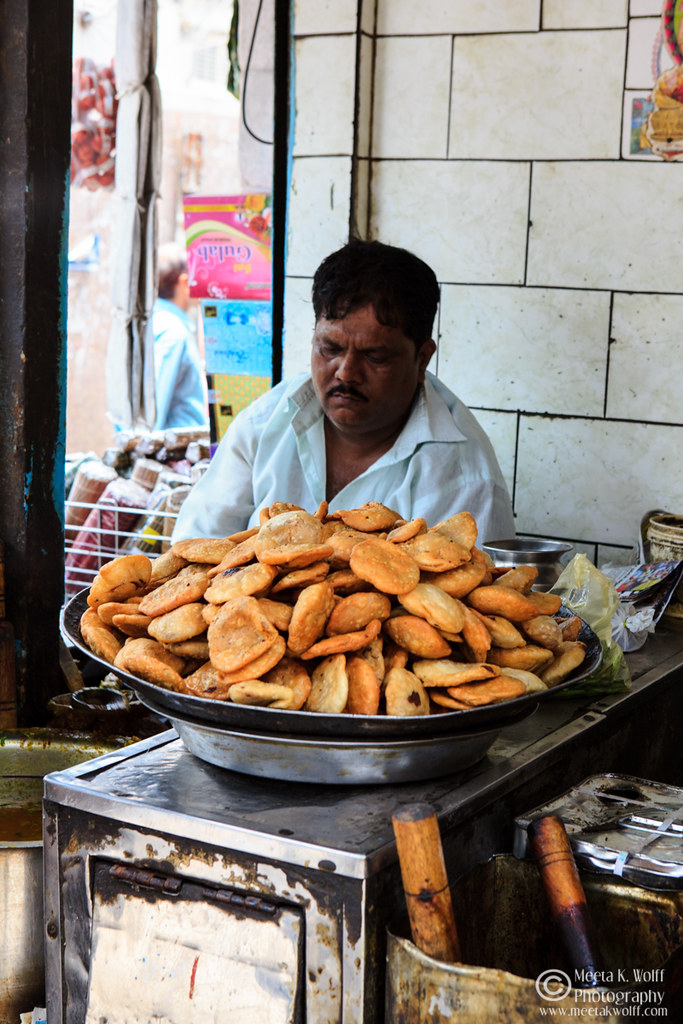

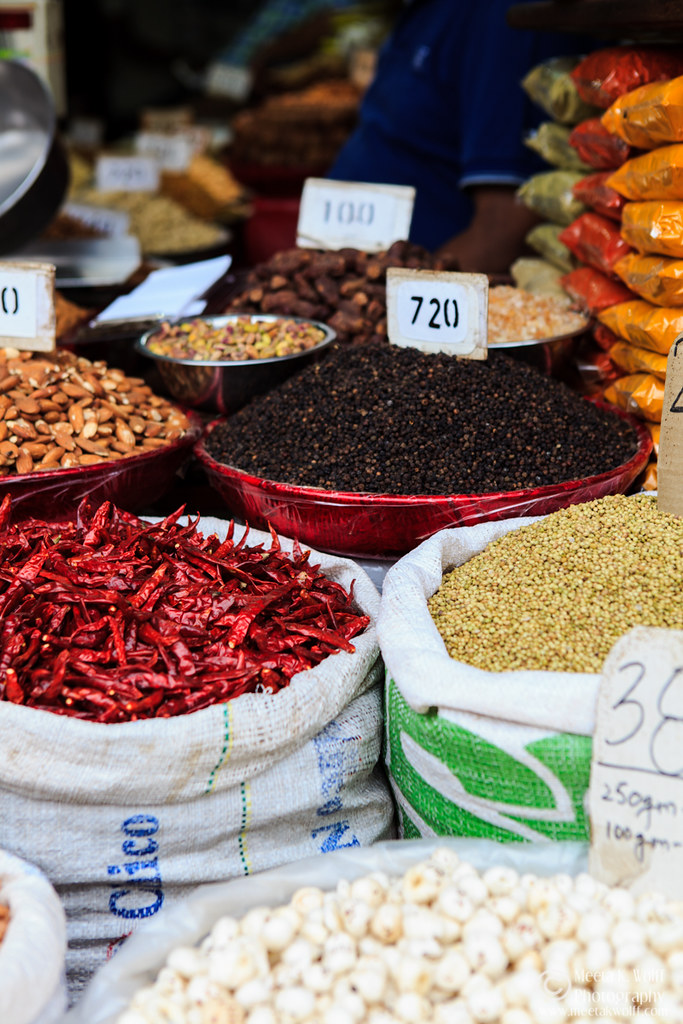
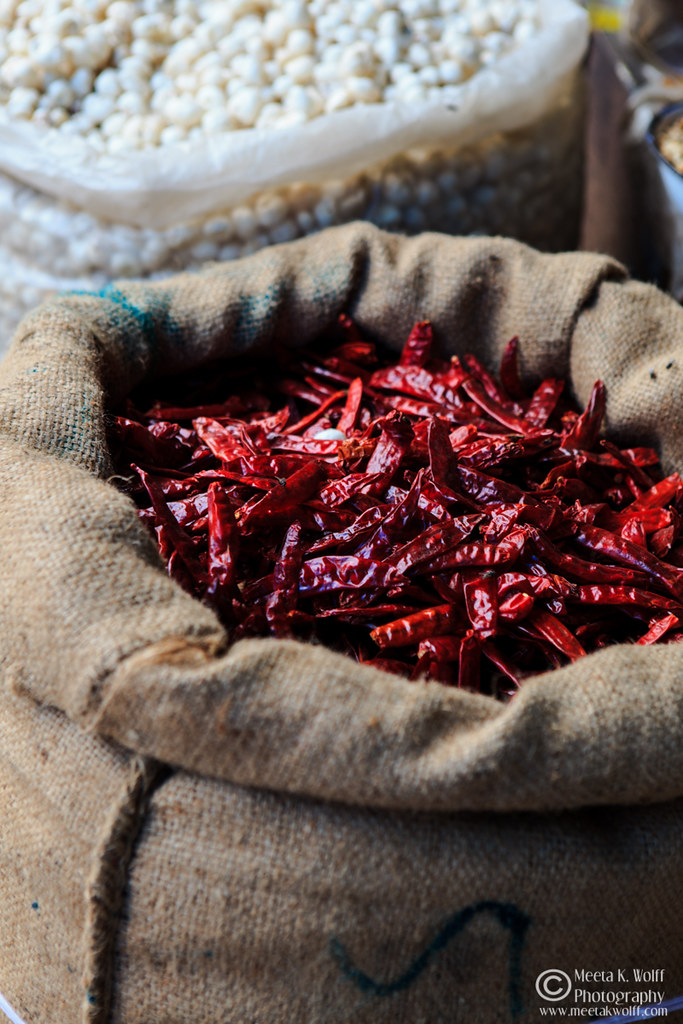
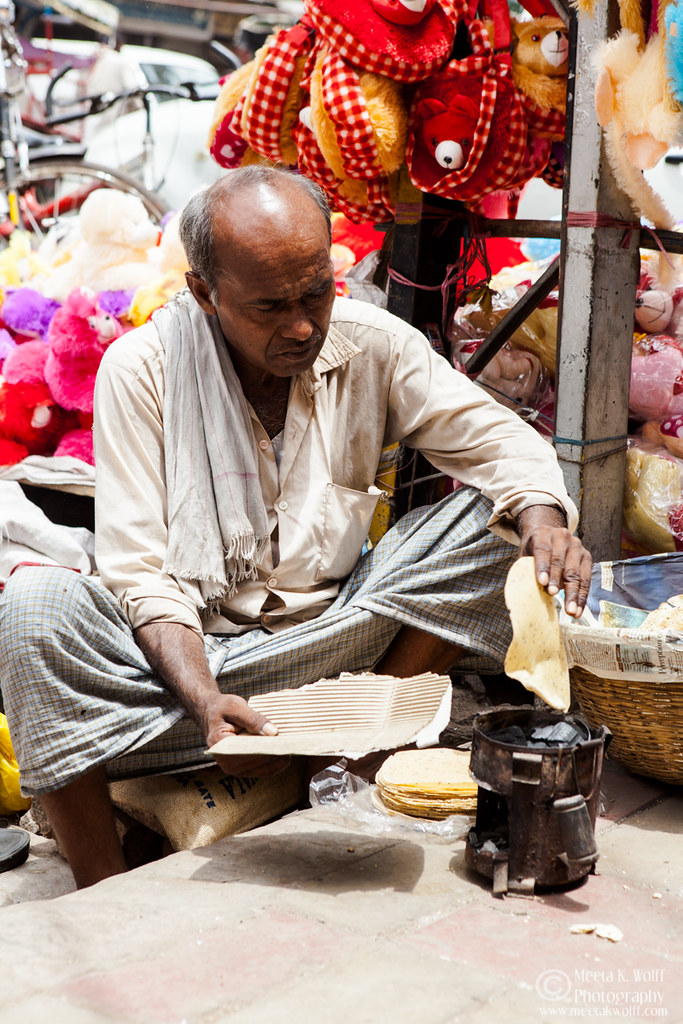
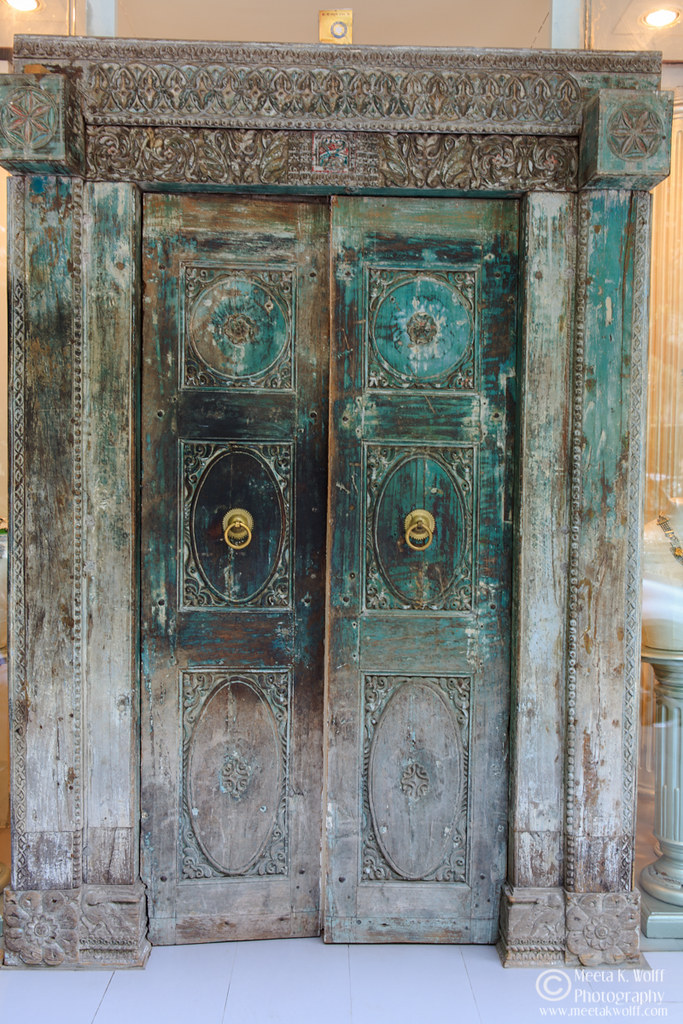
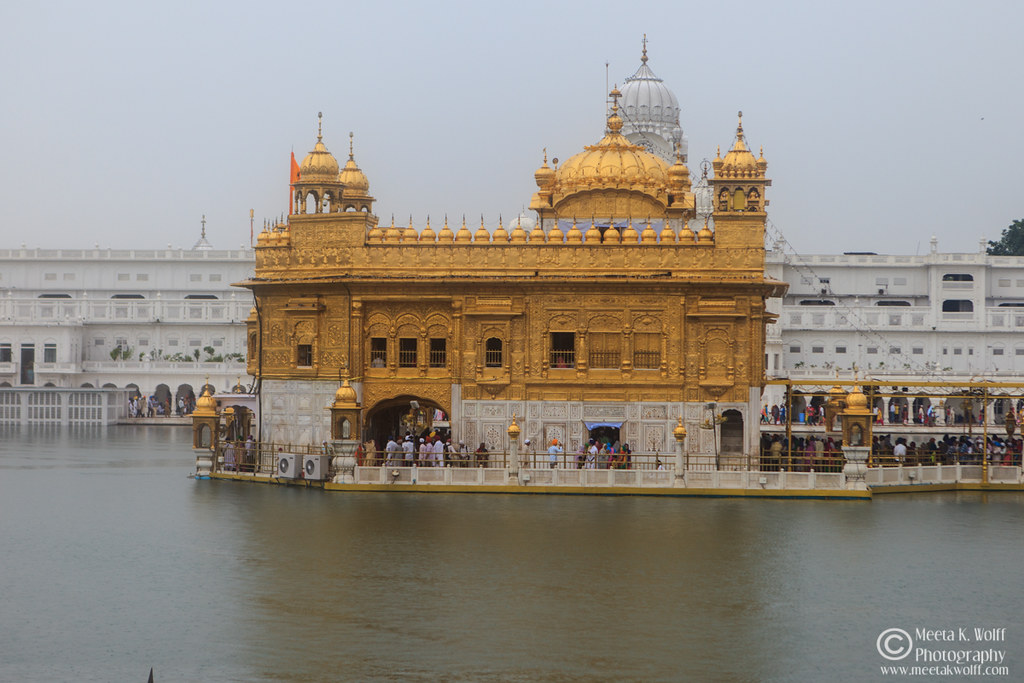
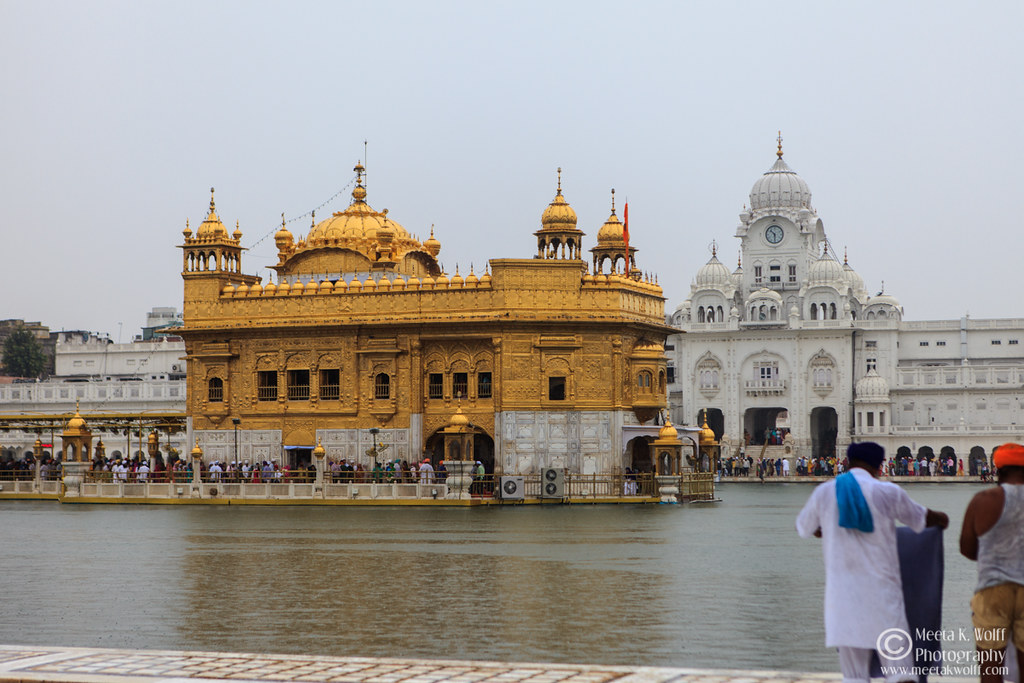

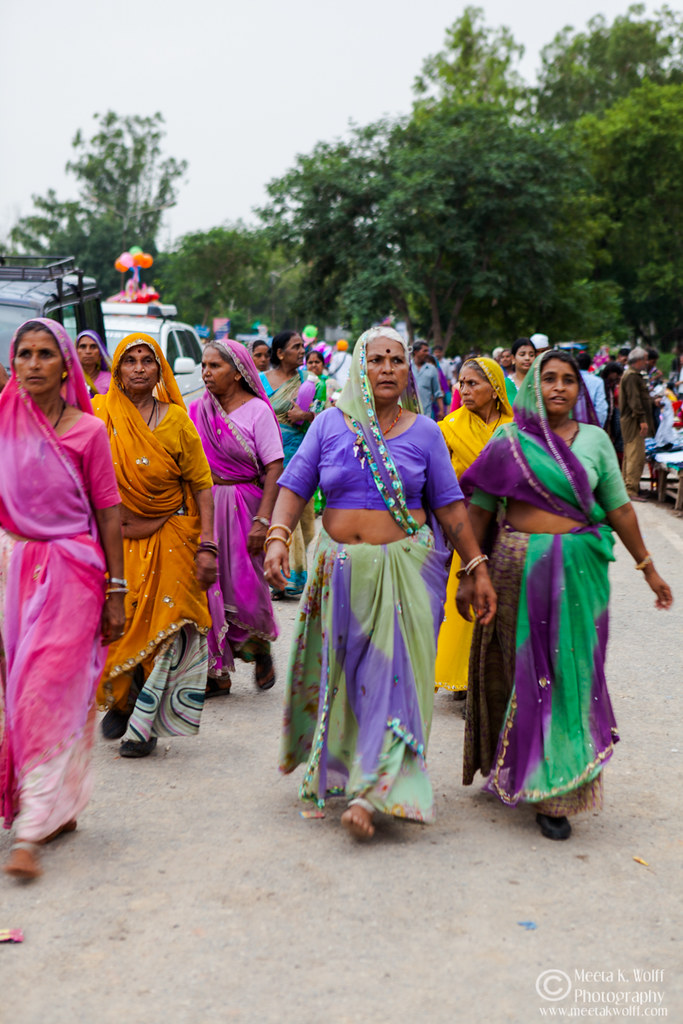


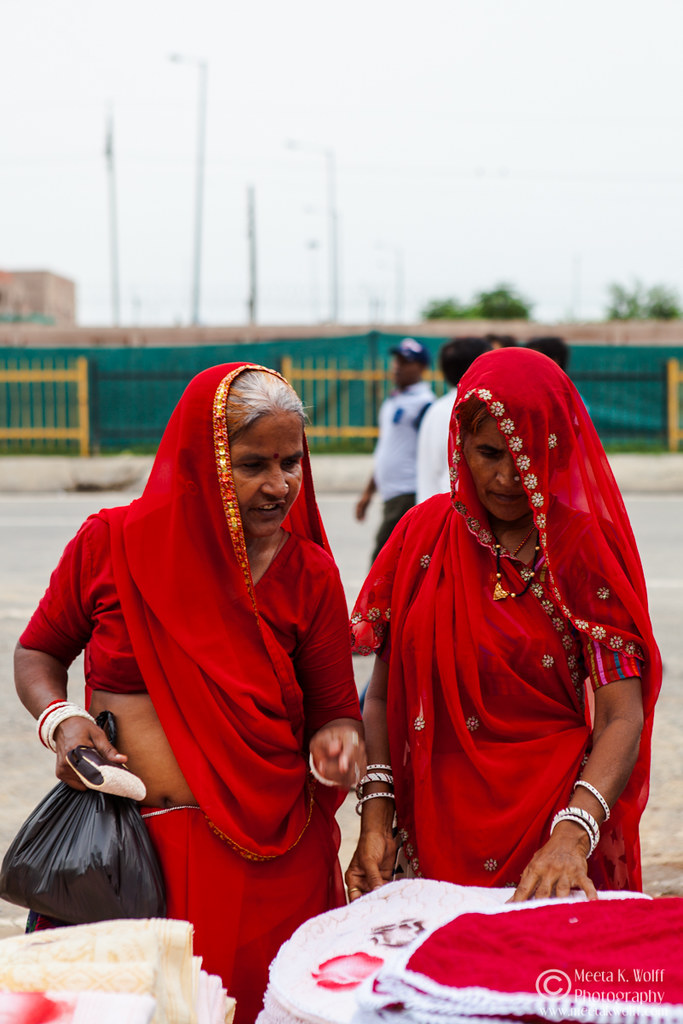
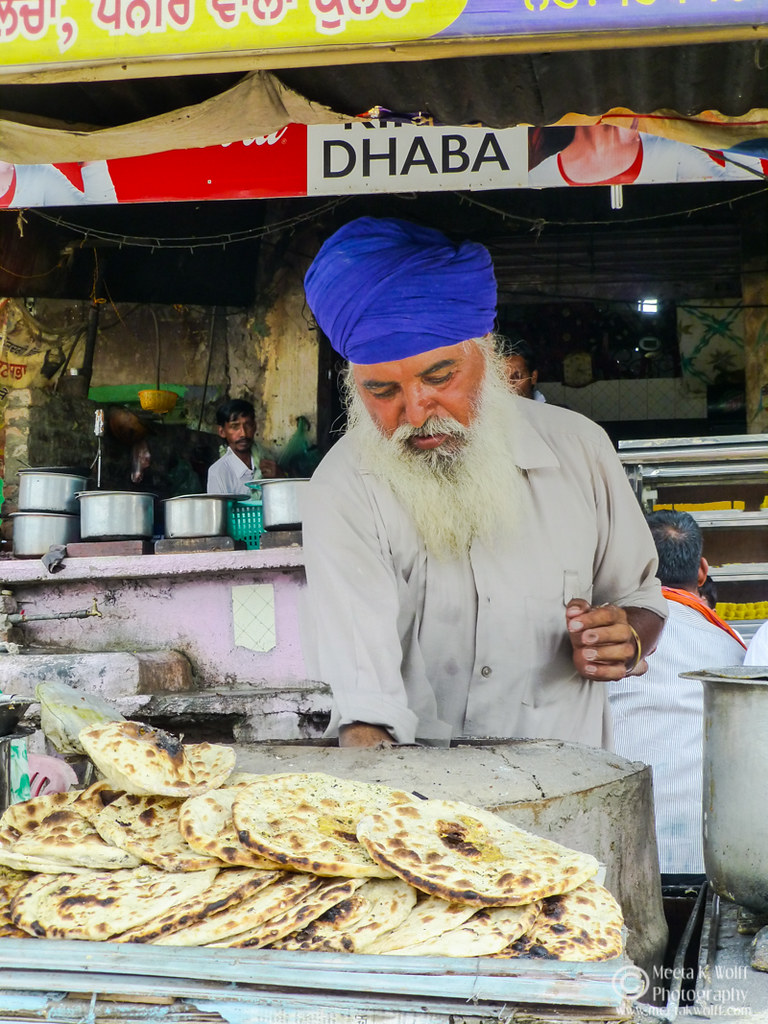
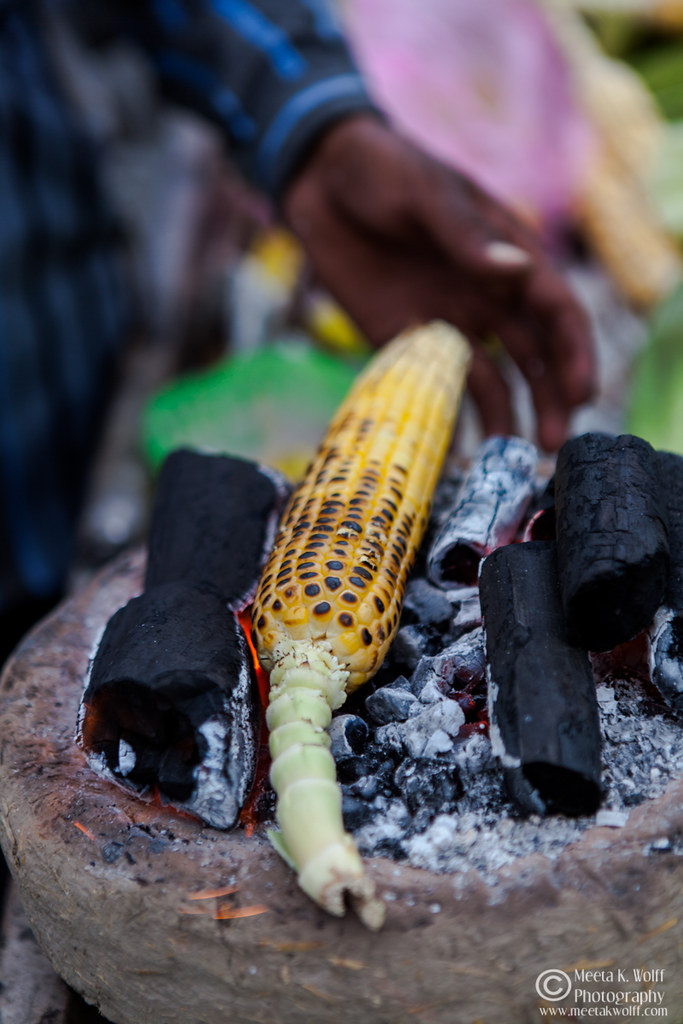


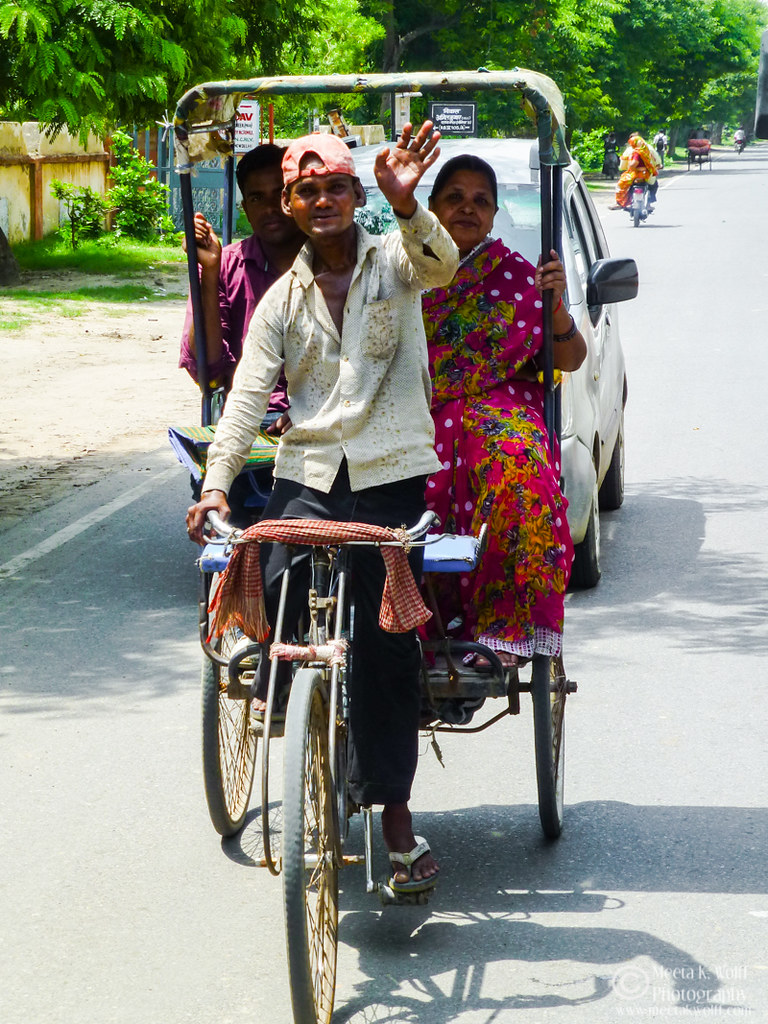
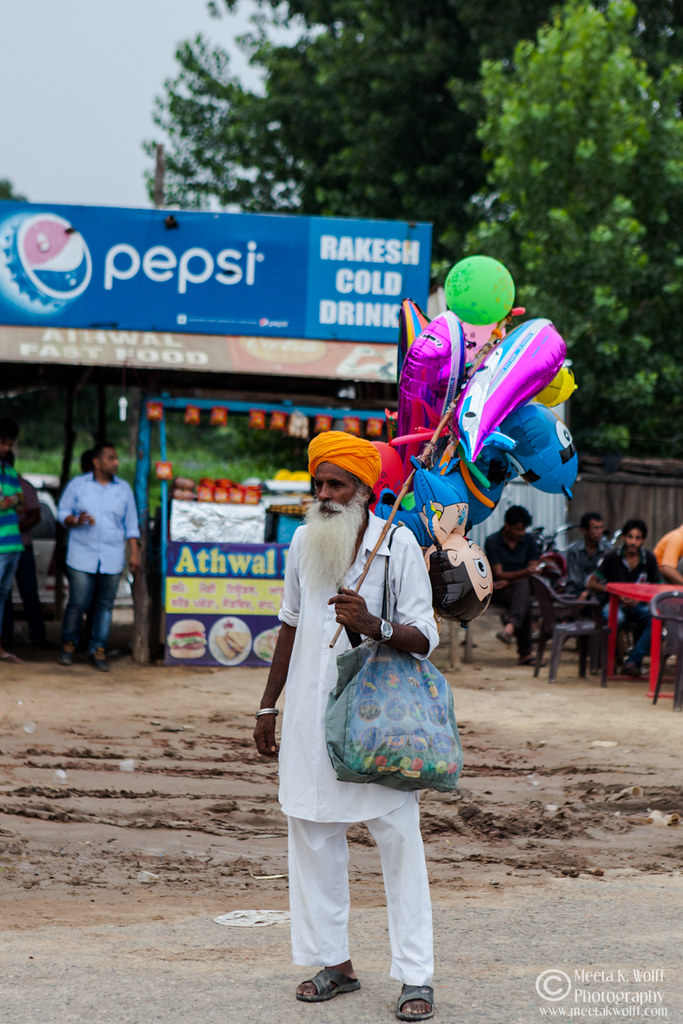

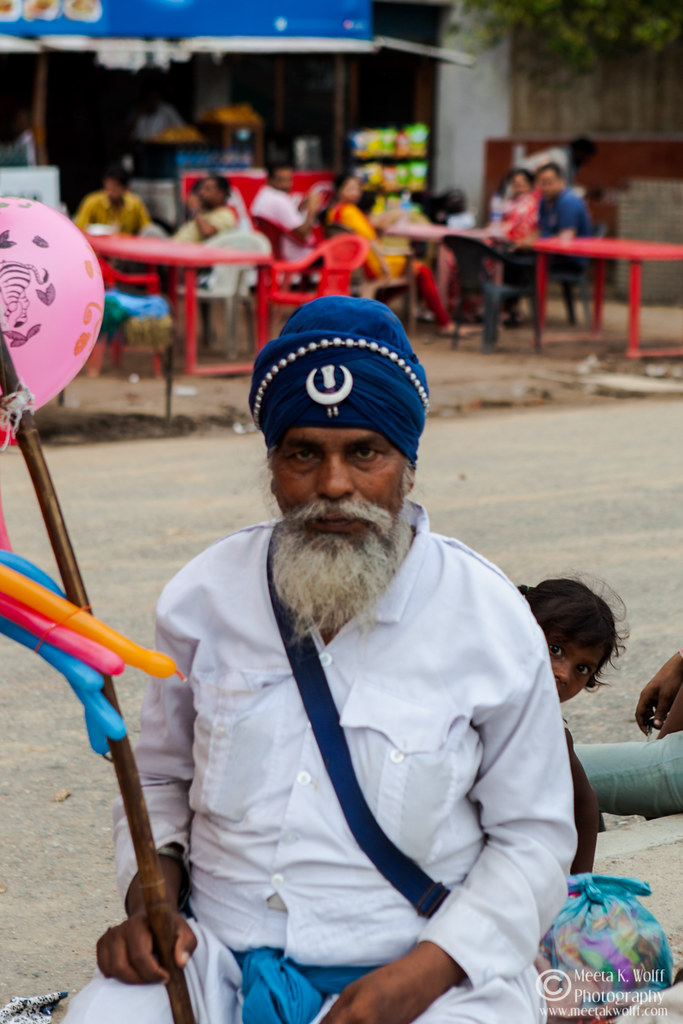
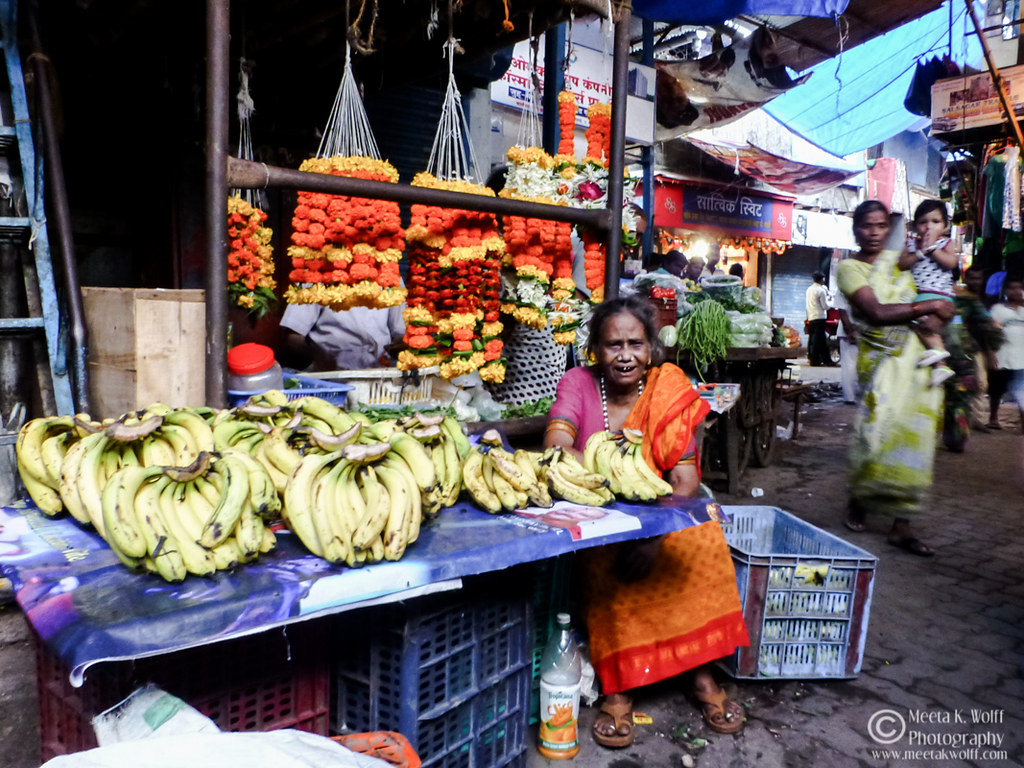
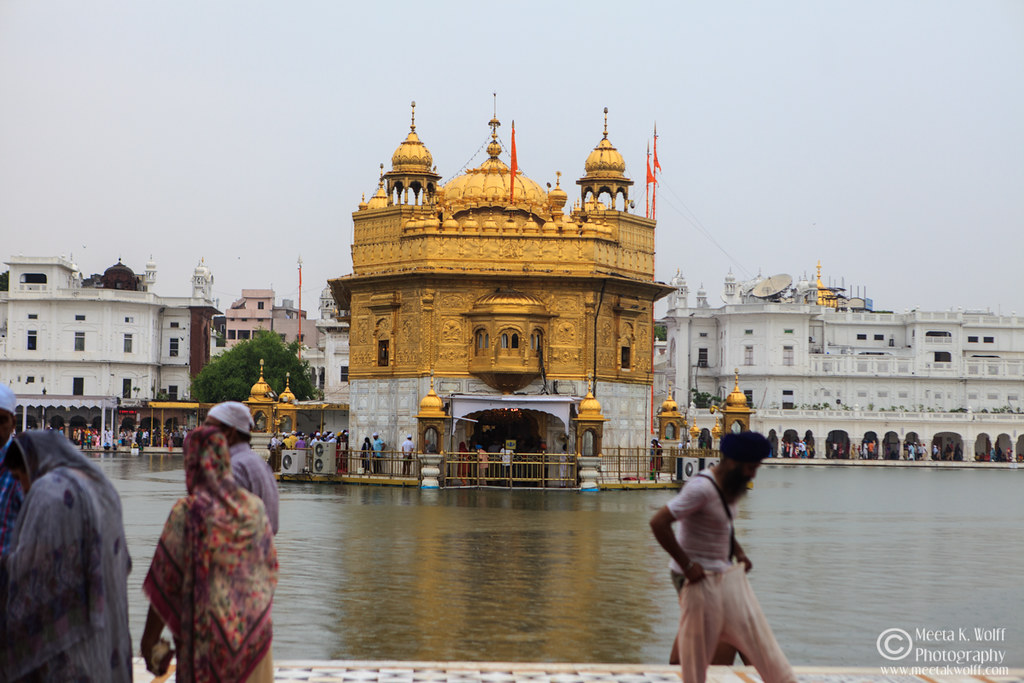
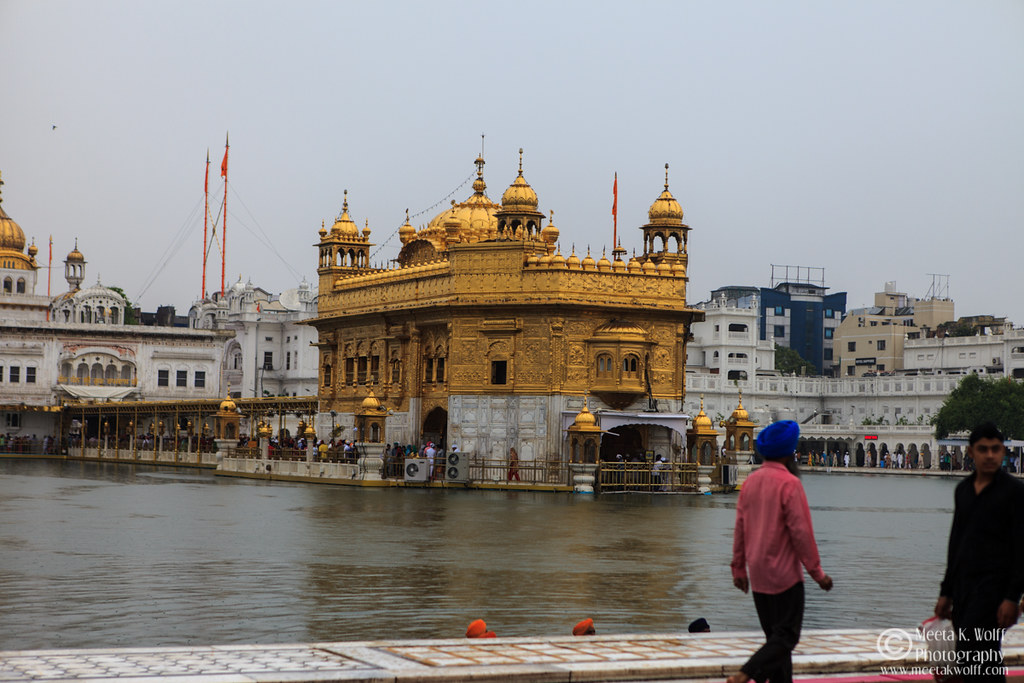
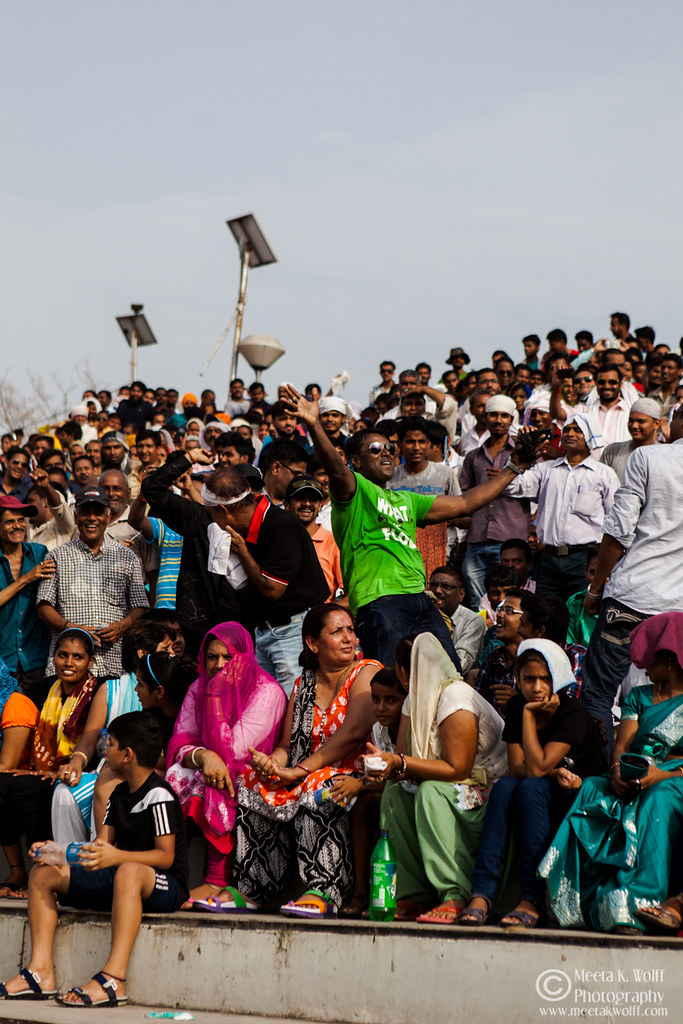

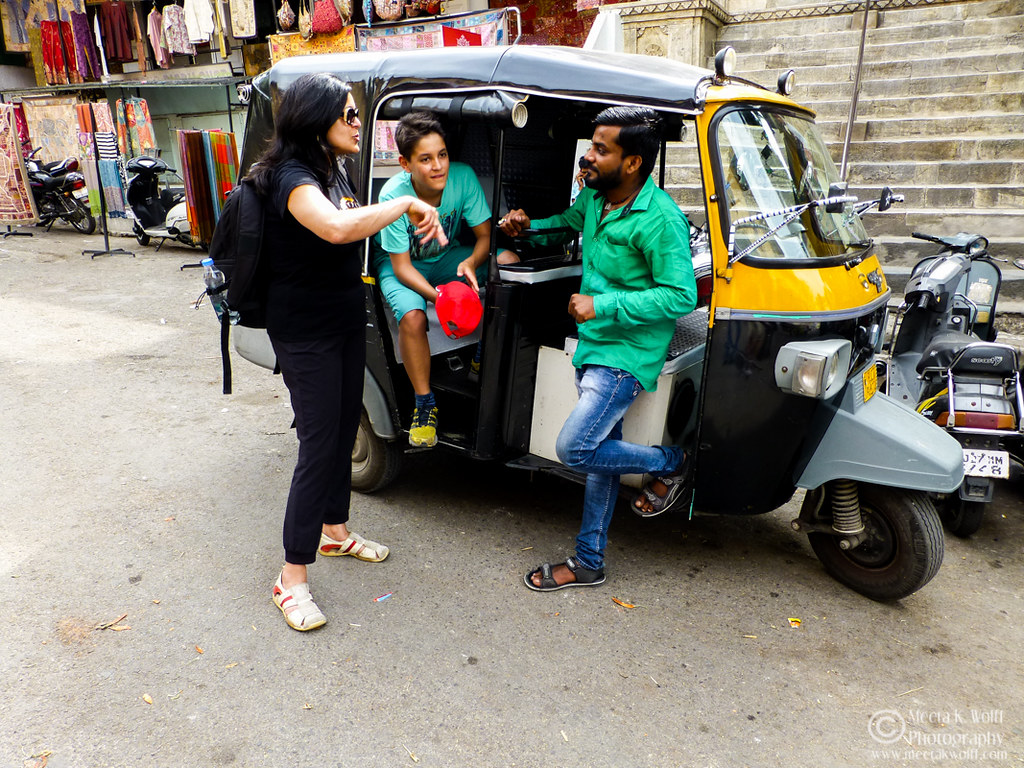
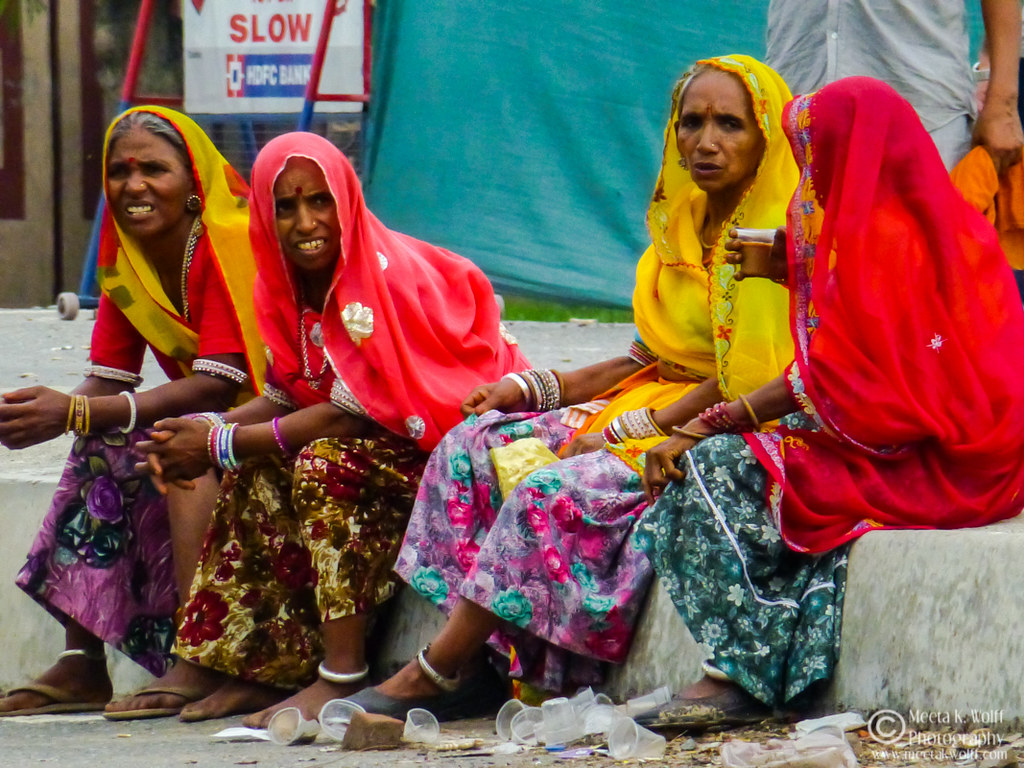
What a wonderful post Meeta!!! What a treat! I have visited all places except Amritsar and it is on my list. The way you have captured the essence of India is mind blowing!
ReplyDeleteHi Chickoo! I am so glad you liked this and nice to hear it from a person who has visited the same places. Amritsar is great - if you are foodie then YES to Amritsar and indulge freely!
DeleteFabulous pictures, people and places! Thanks for sharing this beautiful post with us.
ReplyDeleteCheers,
Rosa
Thank you Rosa! Glad I could take you on the trip with me.
DeleteThis is a brilliant post Meeta, the longest on India that i have ever read. Thank you for taking the time out and sharing this with all of us. Incredible India with Incredible Images :)
ReplyDeleteThank you for taking the time to read it and to comment. I love getting the feedback from my readers. :)
DeleteWhat a gorgeous, colorful and vibrant post Meeta!! You really made India incredible through you lens!
ReplyDeleteSo happy you enjoyed it Dolphia. Thanks for commenting!
DeleteWow Meeta! That is like a book in one blog post... ;) Great pictures as always. I do think Indian markets are the best!
ReplyDeleteYes Indian markets are just awesome I love the care and love each vendor takes to display their produce and wares. xo
DeleteGorgeous imagery - India in all its real incredible glory
ReplyDeleteAnd what a glorious country she is! A feast for the photographer in me!
DeleteMeeta the photos are just stunning... beyond stunning! You captured India the most beautiful way possible :)
ReplyDeleteThank you and it makes me smile just a bit more coming from you. But India presents itself in such a poised and stunning way that it makes it all the more fun to capture these images!
DeleteBeautiful. Just beautiful.
ReplyDelete:) Thank you so much!
DeleteMeeta....I feel like I won't find words to express what I am feeling! What a stunning, stunning post.....I drank in every image and devoured every word, recognizing little nuances that were so familiar. Some sights made me teary-eyed with nostalgia and some made me smile. You captured the essence of the country so beautifully! Thank you for such an amazing post.
ReplyDeleteOh Bina! I am so glad you liked it! I had you in my thoughts often and once I hit publish I was ecstatic ... also to know what you would think. Glad I could evoke these special feelings and memories in you!
DeleteWonderful colorful India! I really enjoyed your virtual trip and I am looking forward to my next one!
ReplyDeleteHolly thank you for taking the time to travel with me :) Glad you liked this. India is fabulous and I hope you get the opportunity to visit in real.
DeleteSuch a wonderful post and gorgeous photos!
ReplyDeleteWhat a great post with stunning photos, thanks for sharing your wonderful travels.
ReplyDeleteCaro
Thank you Caro for being a part of my virtual travels. Glad you enjoyed it!
DeleteDear Lakshmi . so glad you liked it and it was my pleasure to have you join me on my virtual trip!
ReplyDeleteIncredible India with Incredible pictures !! Loved the virtual tour and your writings.
ReplyDeleteThank you so much Sujatha!
DeleteYou are truly a gifted photographer and writer. Thank you for sharing these wonderful images of India through your lens.
ReplyDeleteMakes me miss India so bad... It is absolutely amazing country with completely unique people and soothing mood even in the busiest places.
ReplyDeleteThe pictures are amazing!
P.S. The tips and tricks are great. I wish I knew some of them before actually going there))
Amazing post with tons of gorgeous photos! You've beautifully captured the riot of colour & sights that India is! Makes me want to plan a long trip to India again.
ReplyDeleteWow, epic post, epic country. Brought a smile to my face as I've visited twice and I miss the place.
ReplyDeleteHave you ever visited the South (well OK, south of Mumbai), where the cuisine changes again? I miss Dosa and Idli for breakfast! not to mention fresh coconut chutney and sometimes unbelievably fiery, but still delicious curries.
Thank you Meeta, for taking the time and effort to share this fantastic and helpful post. Making notes for my trip later in the year.
ReplyDeleteHi Meeta!! A very good write up about your trip to India. I enjoyed reading it. I was expecting a lot of food pictures, did you try street food in India? Also Hindi is one of the official languages in India :)
ReplyDeleteLovely post. Beautiful pics.
ReplyDeleteJust loved the fresh, colorful fruits of Mumbai.
Beautiful Pics !!
ReplyDeleteWe love our India our Nation.
ReplyDeleteNice
ReplyDeleteNice pictures.
ReplyDeleteProud to be an Indian
ReplyDeleteThis comment has been removed by a blog administrator.
ReplyDeleteThis comment has been removed by a blog administrator.
ReplyDeleteThis comment has been removed by a blog administrator.
ReplyDeleteThis comment has been removed by a blog administrator.
ReplyDeleteThis comment has been removed by a blog administrator.
ReplyDeleteThis comment has been removed by a blog administrator.
ReplyDeleteThis comment has been removed by a blog administrator.
ReplyDeleteThis comment has been removed by a blog administrator.
ReplyDelete